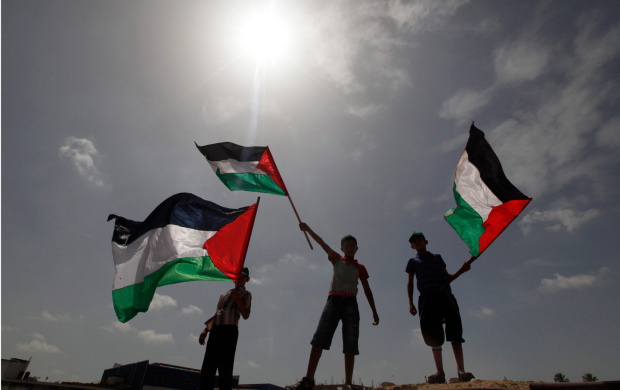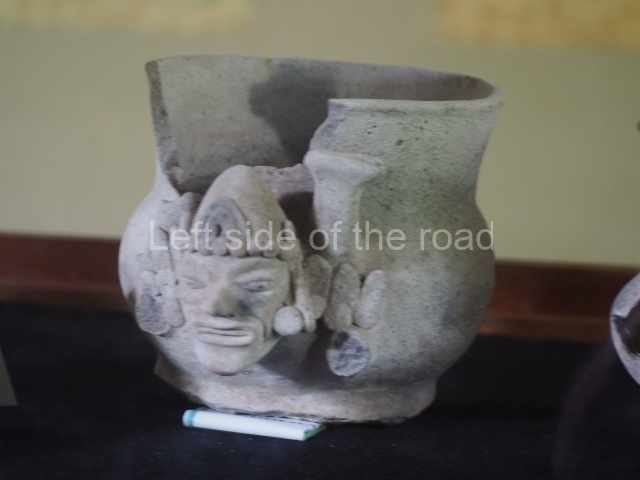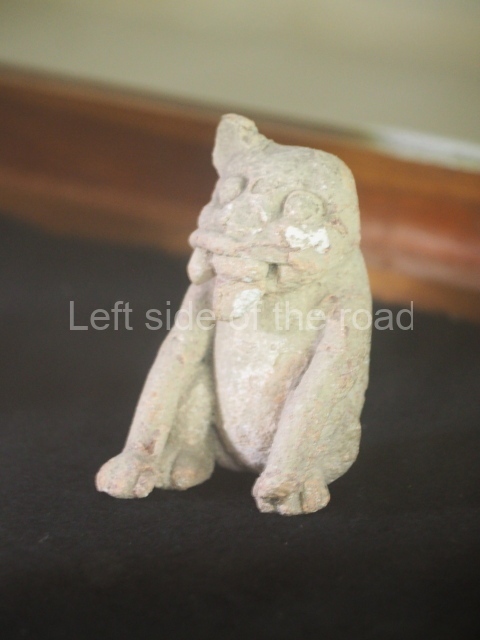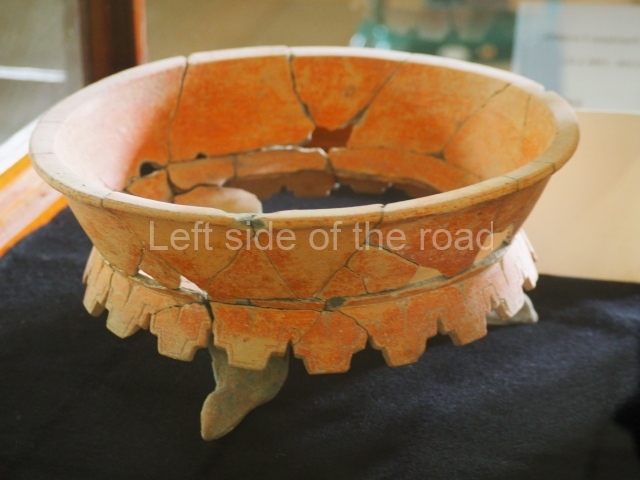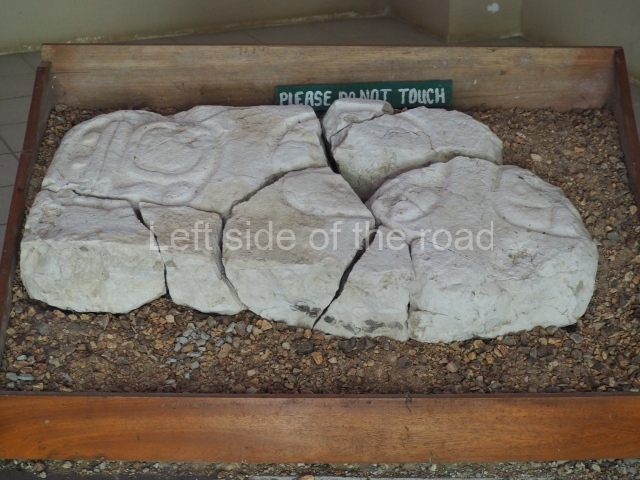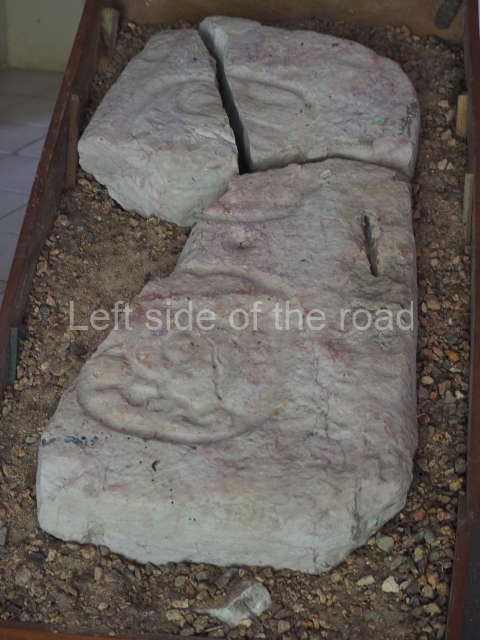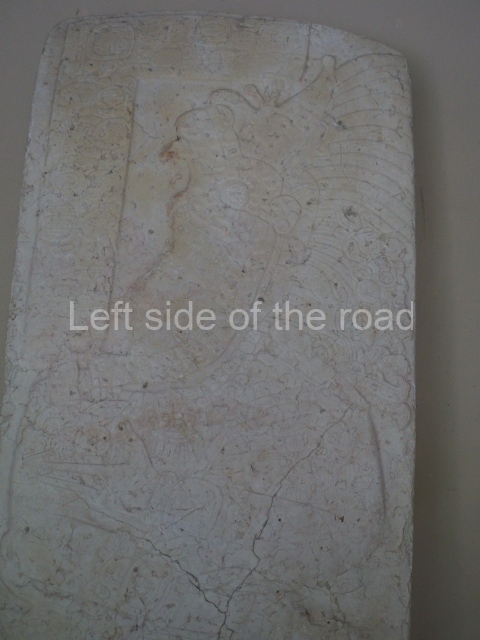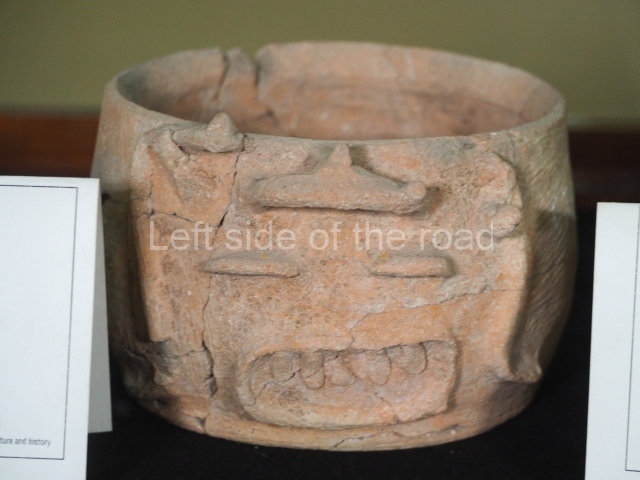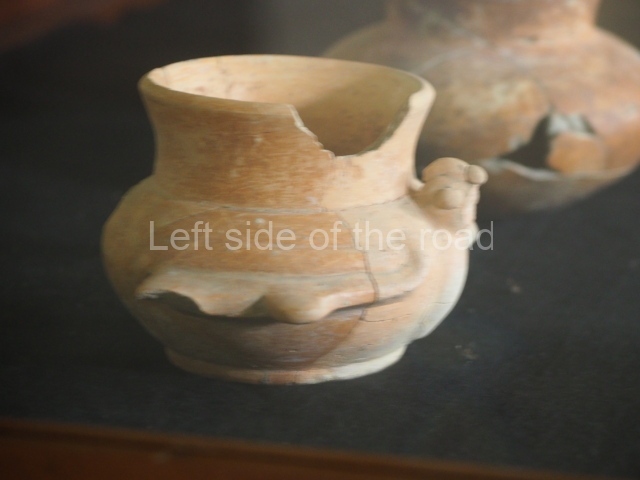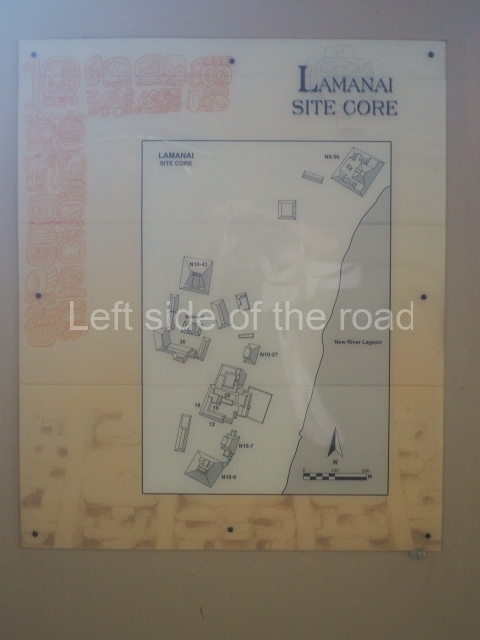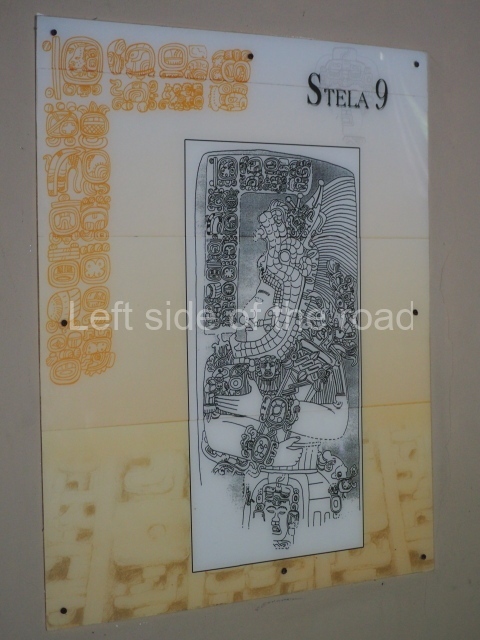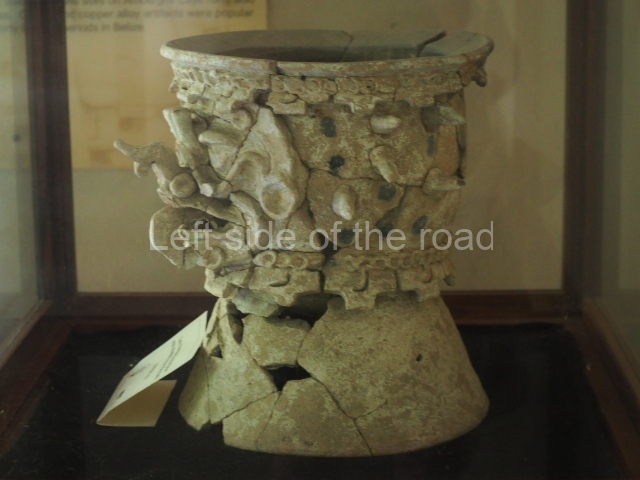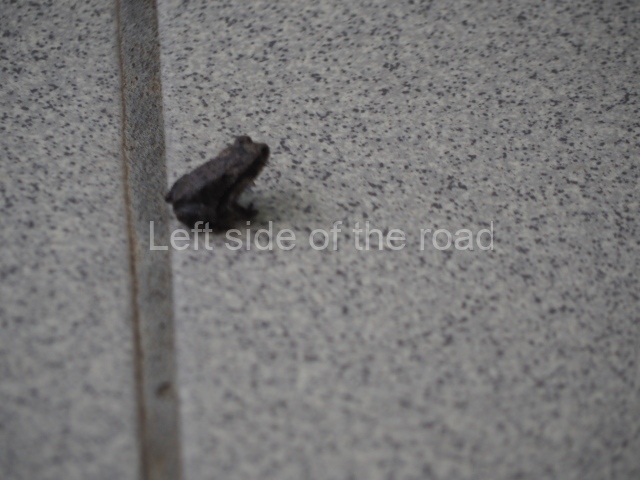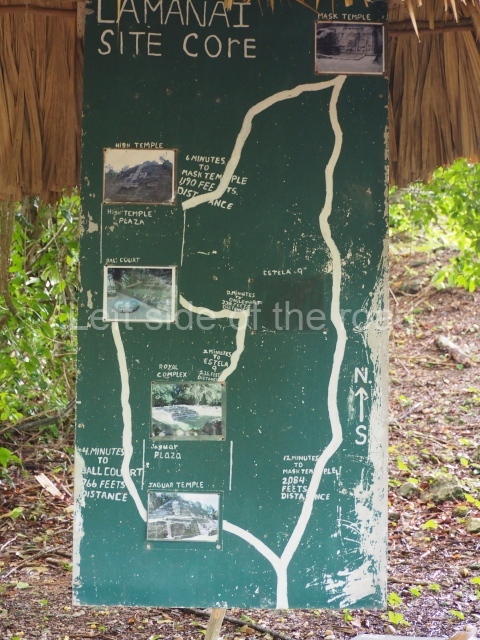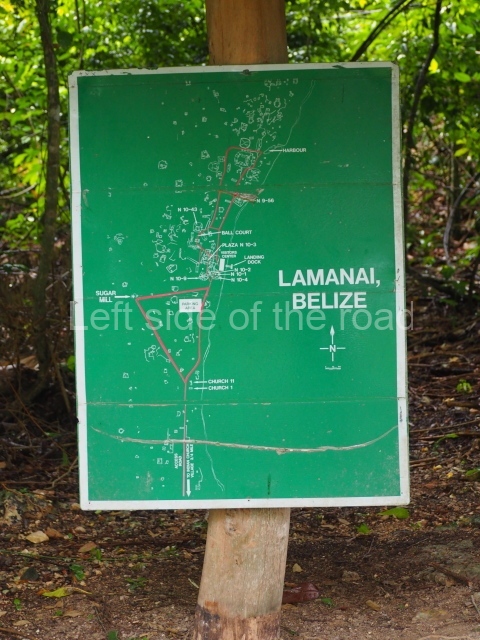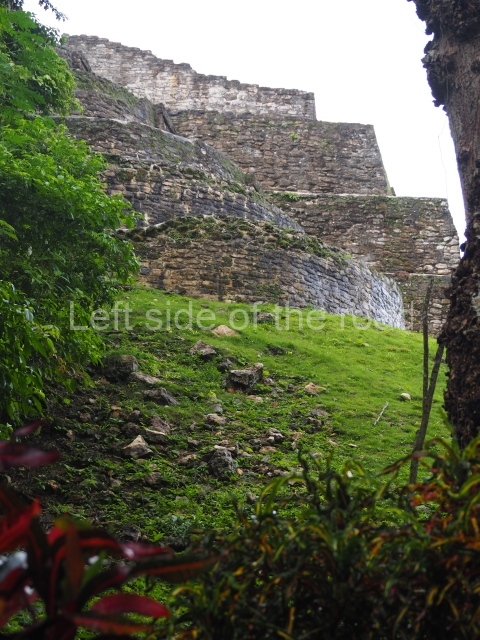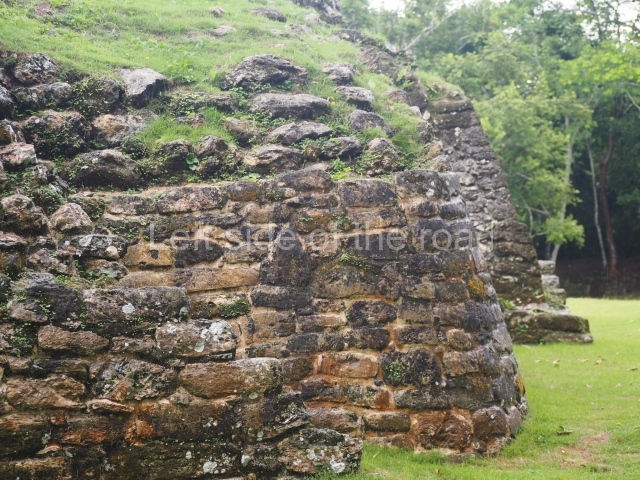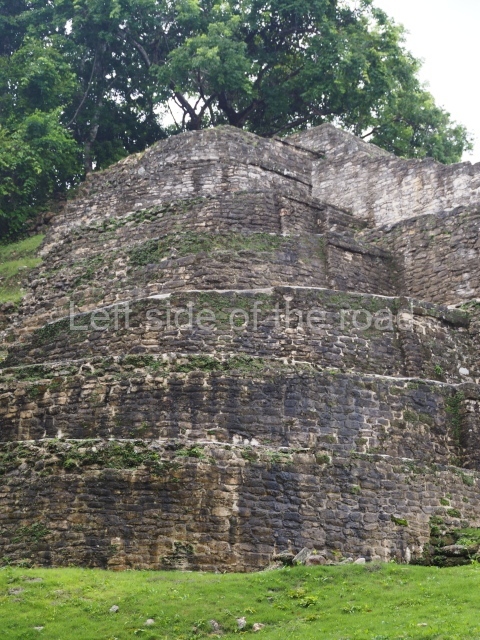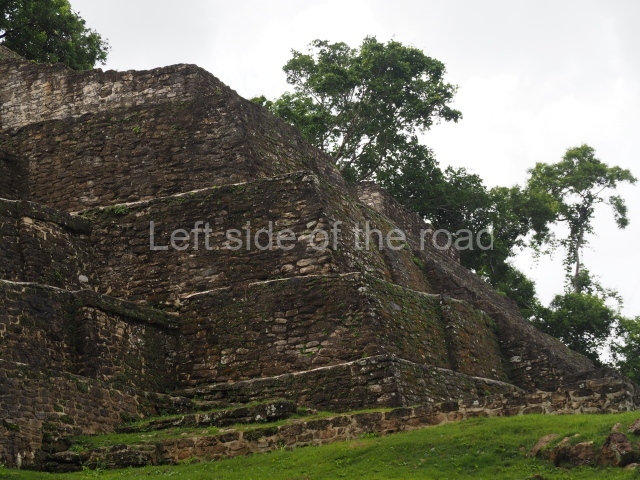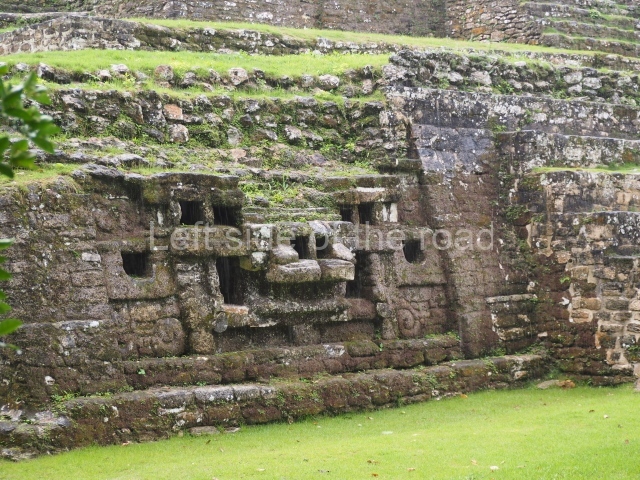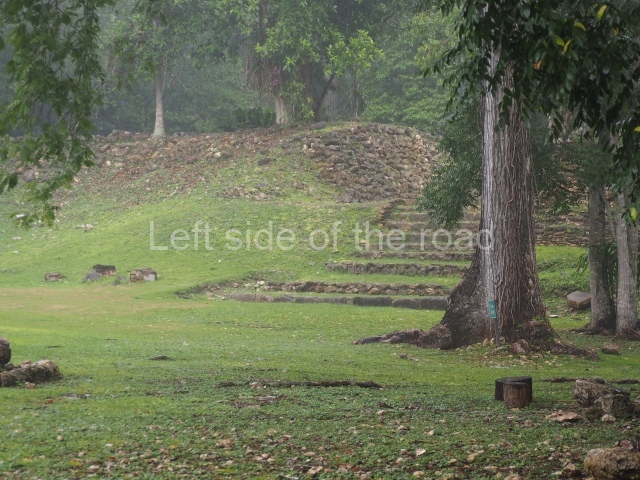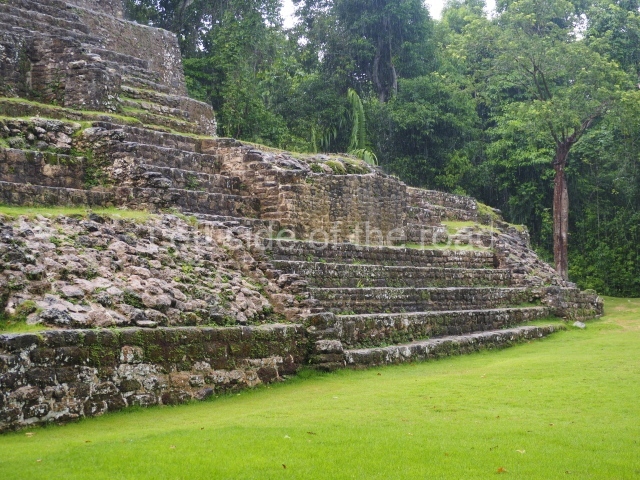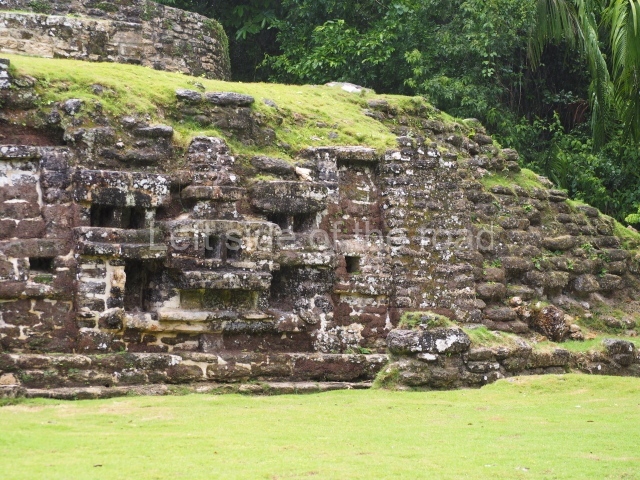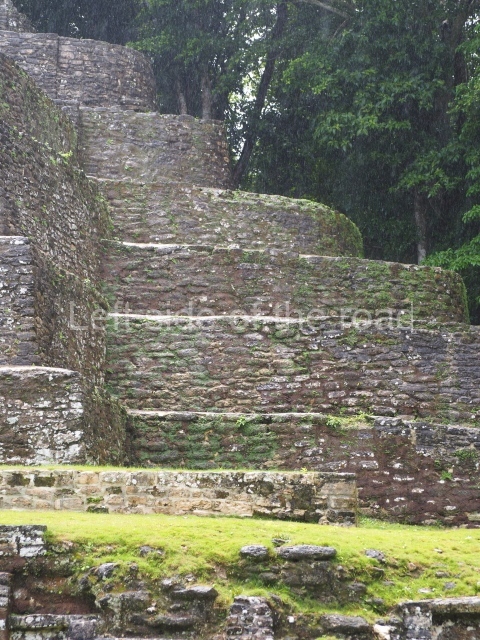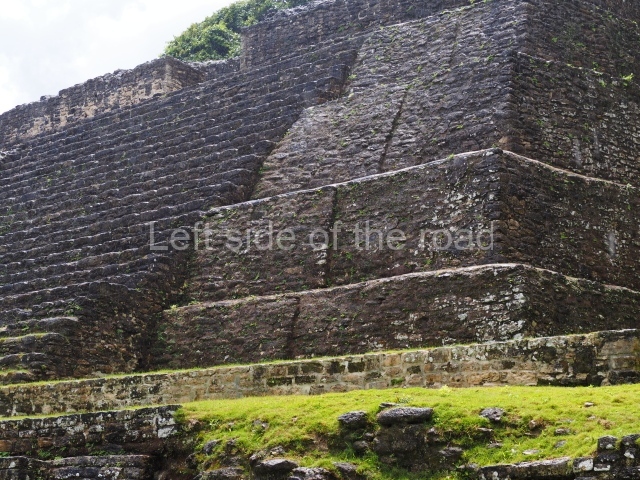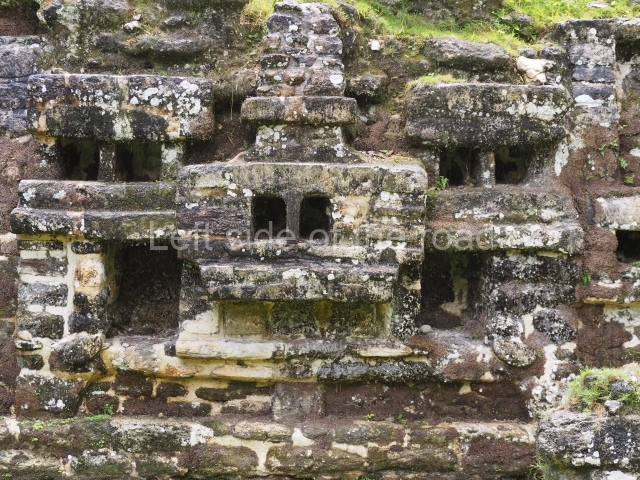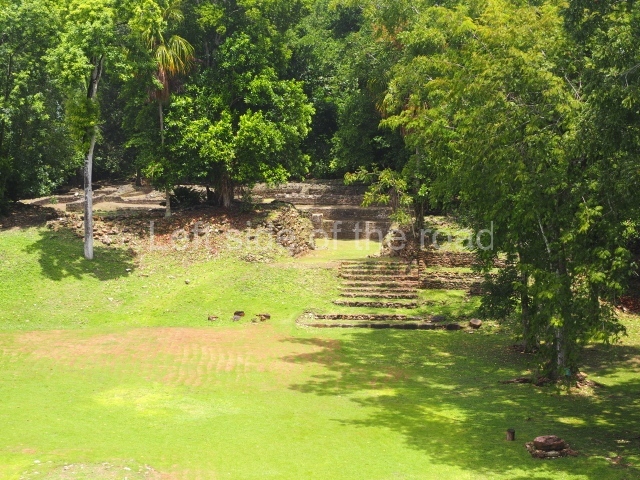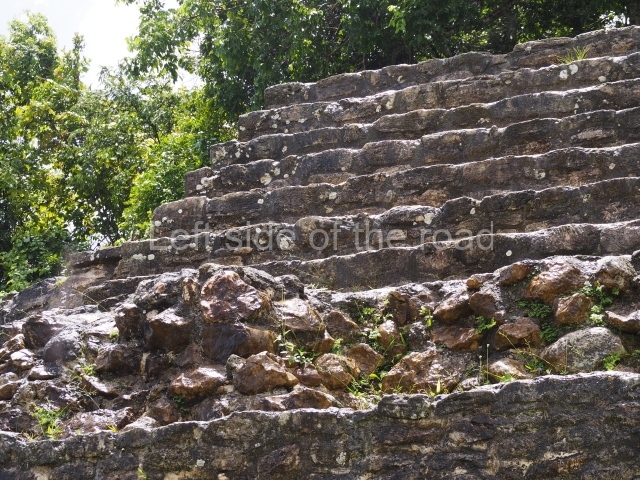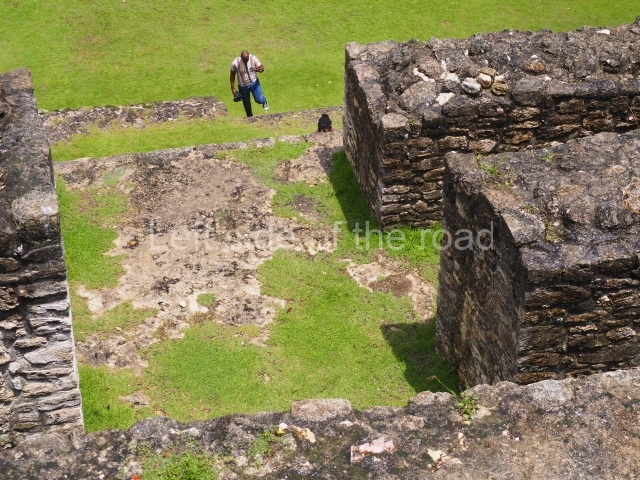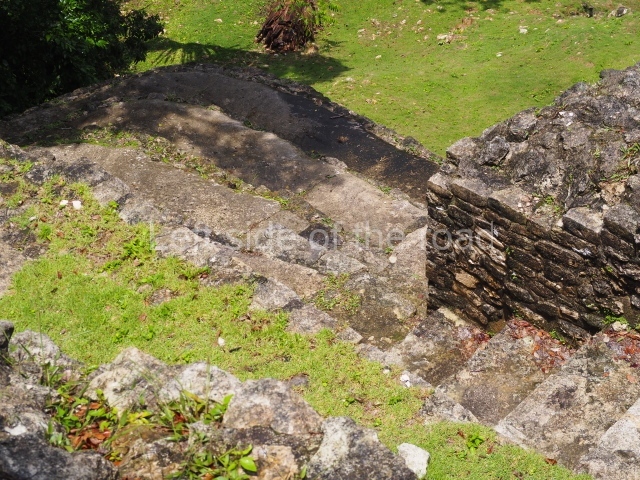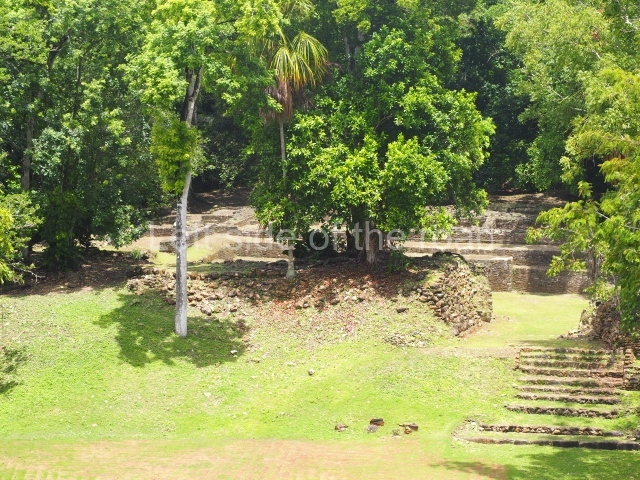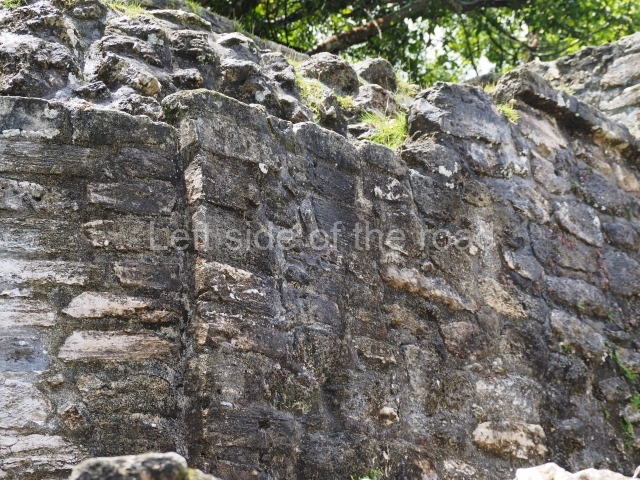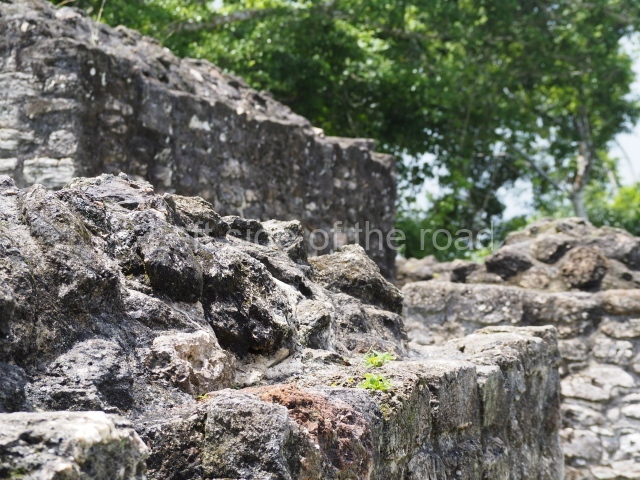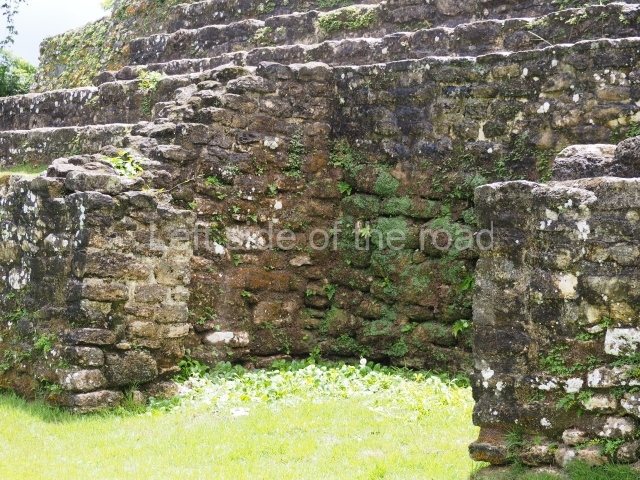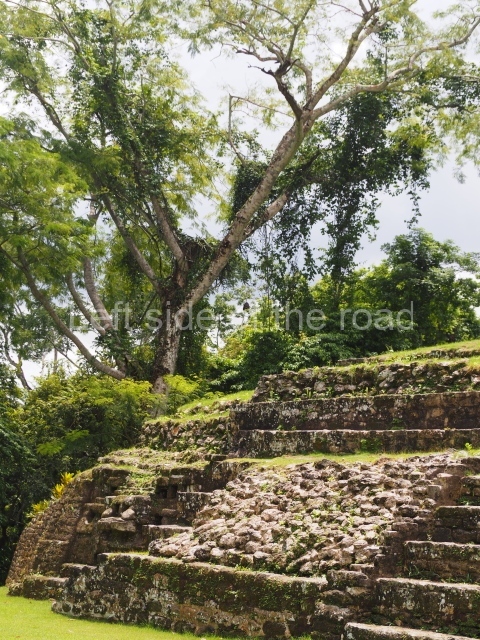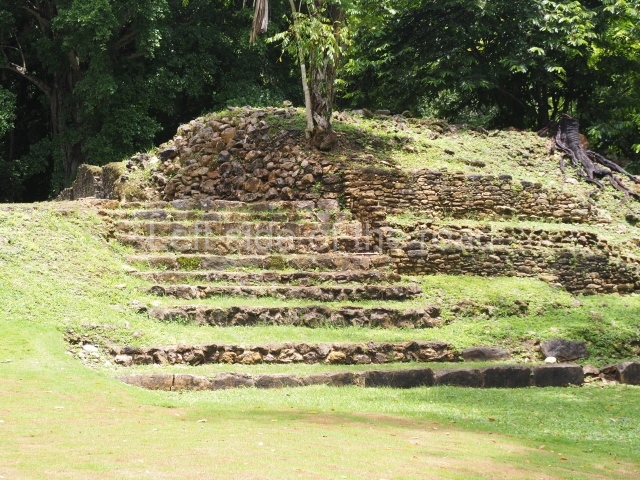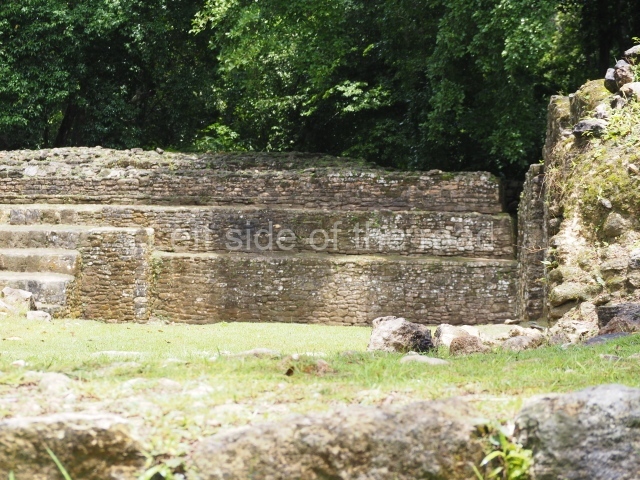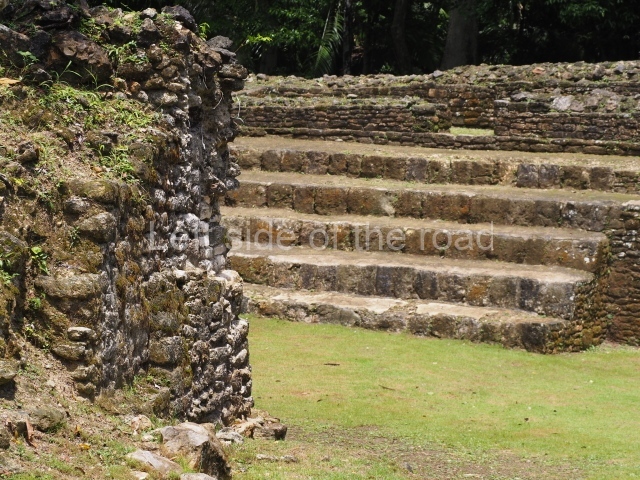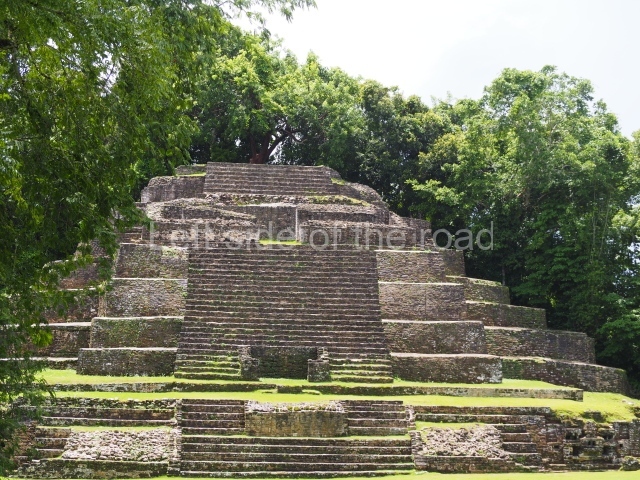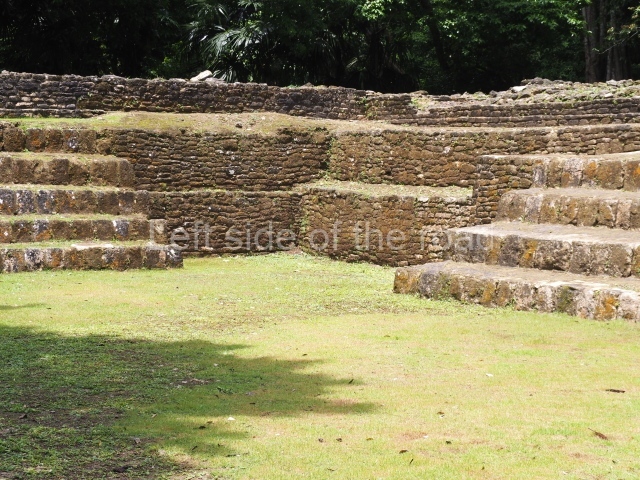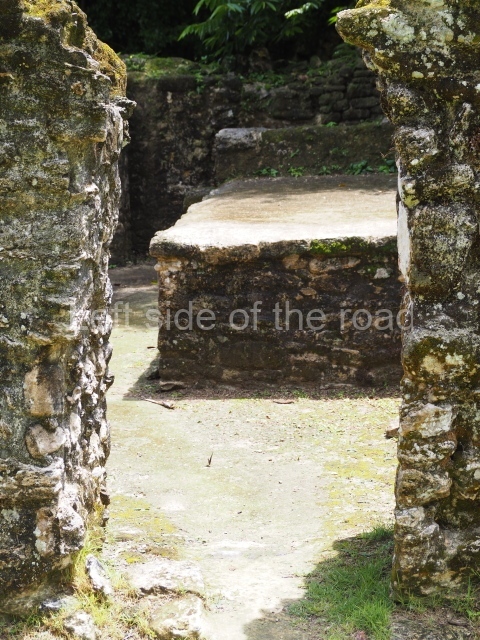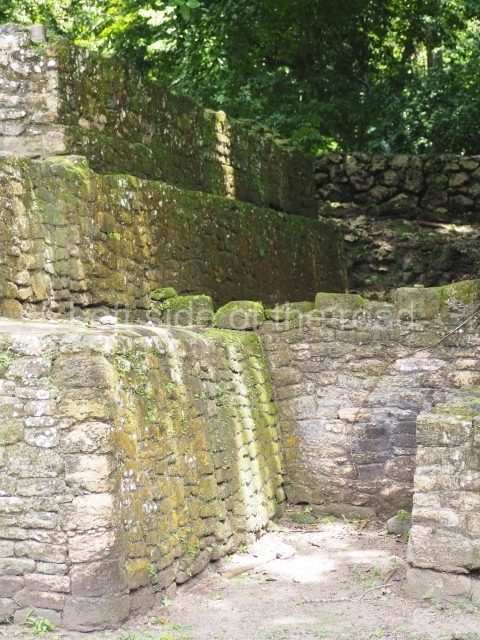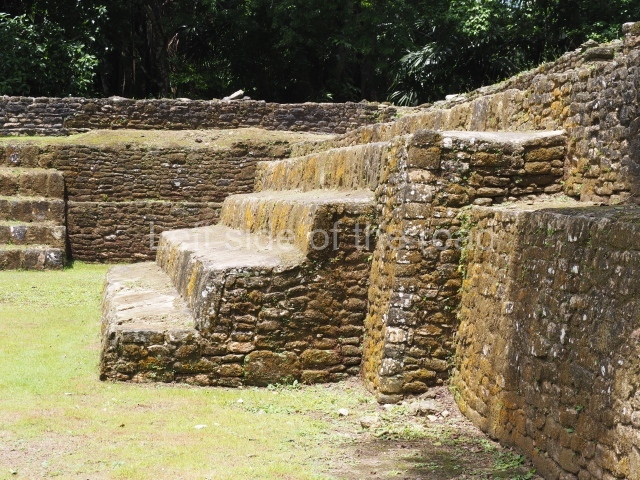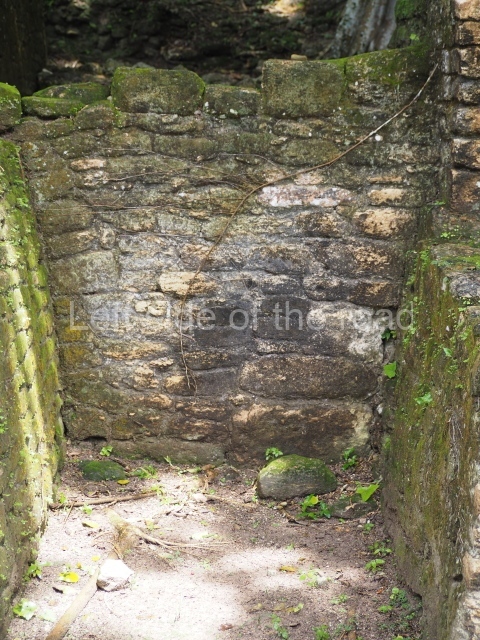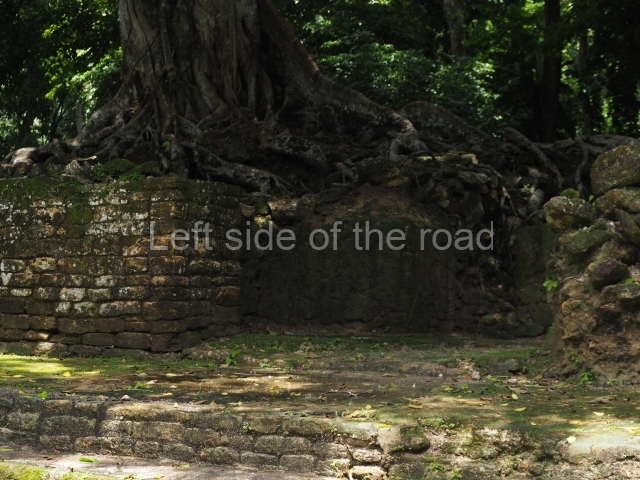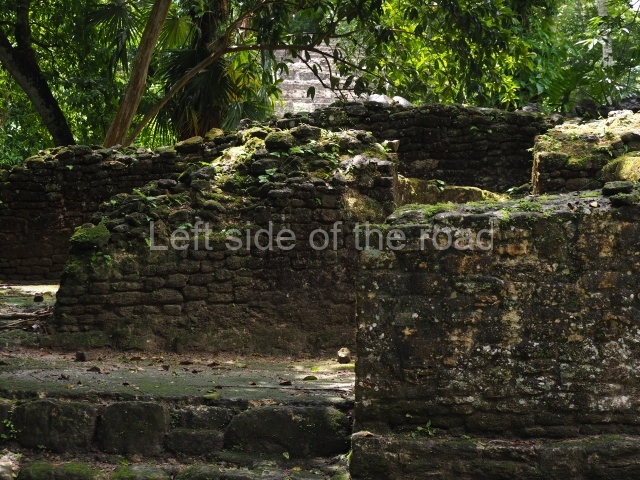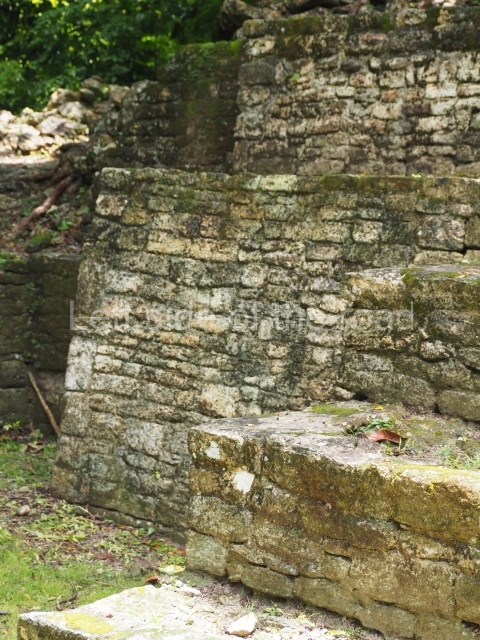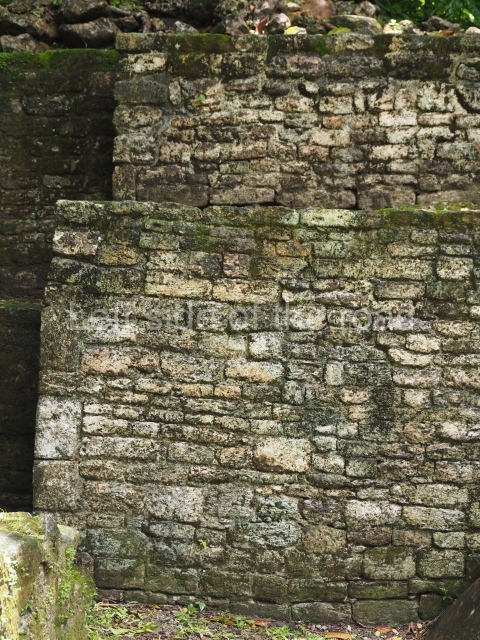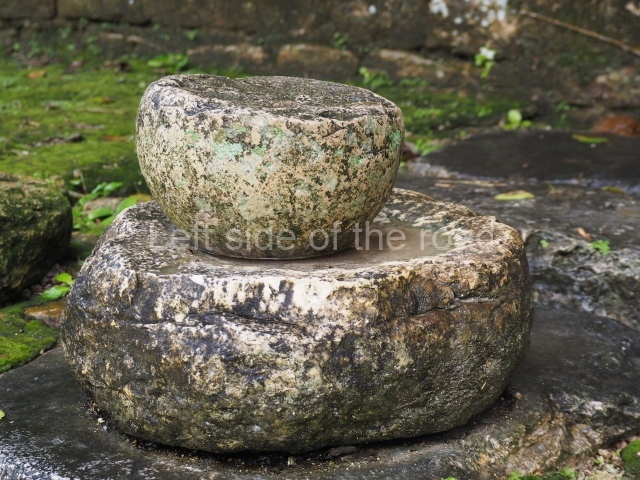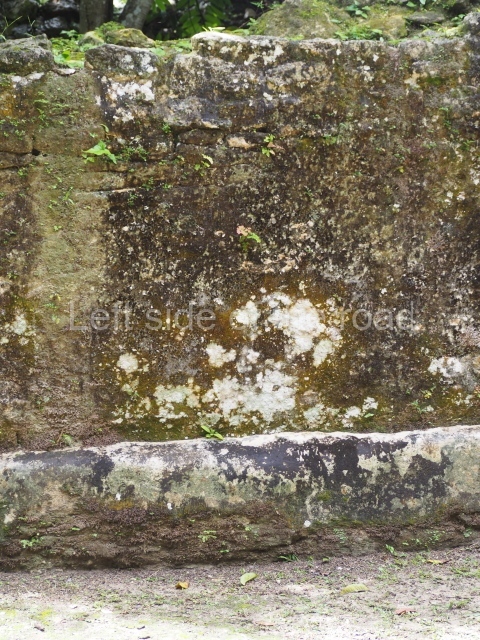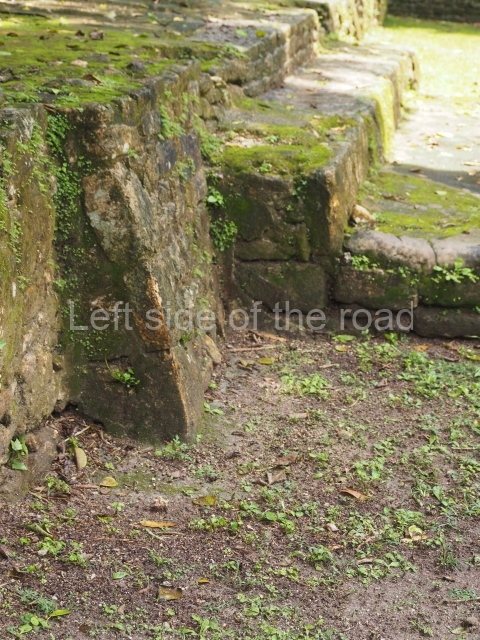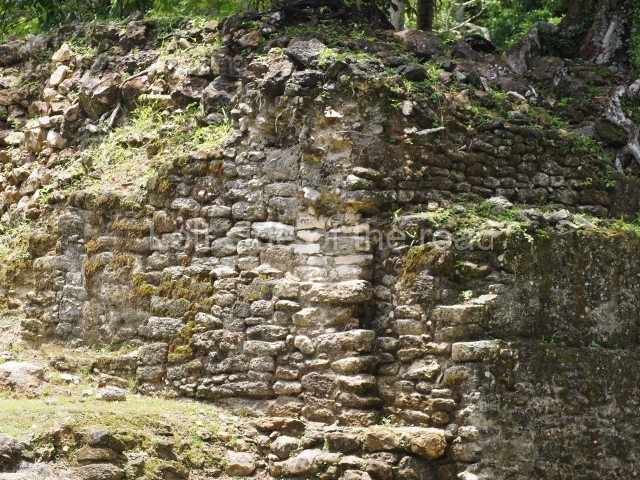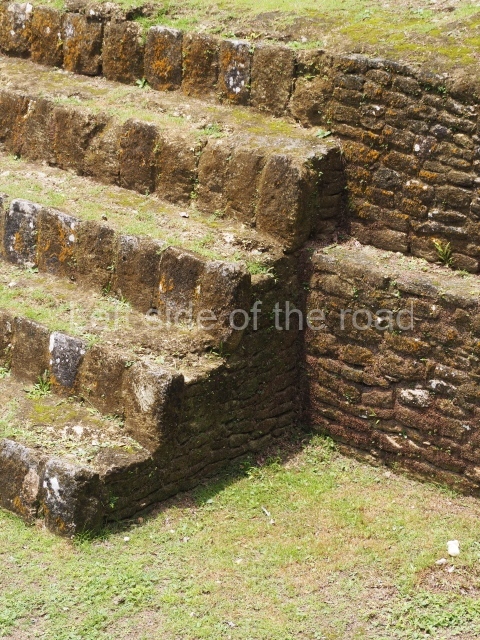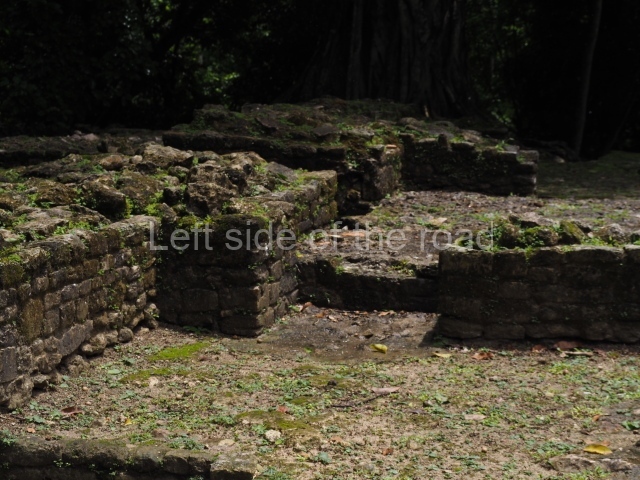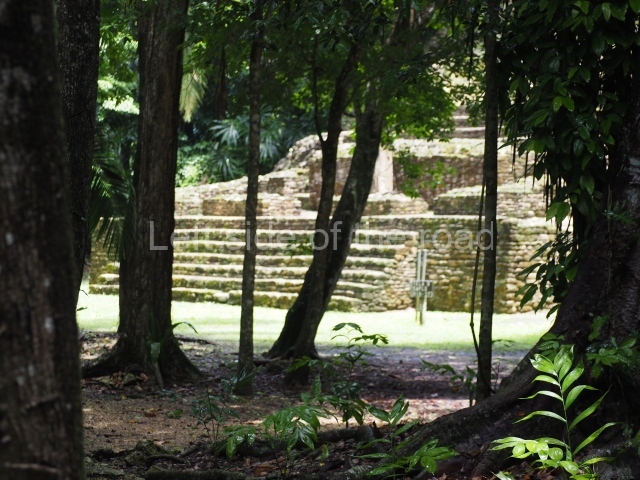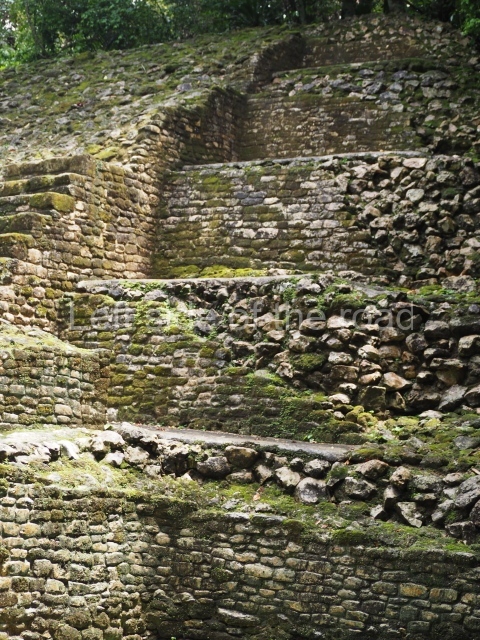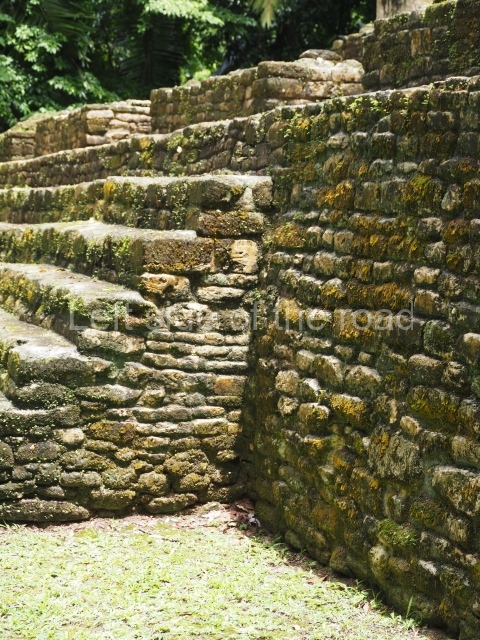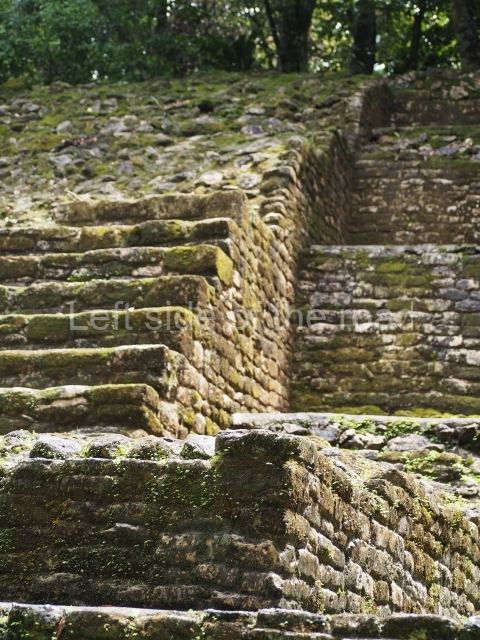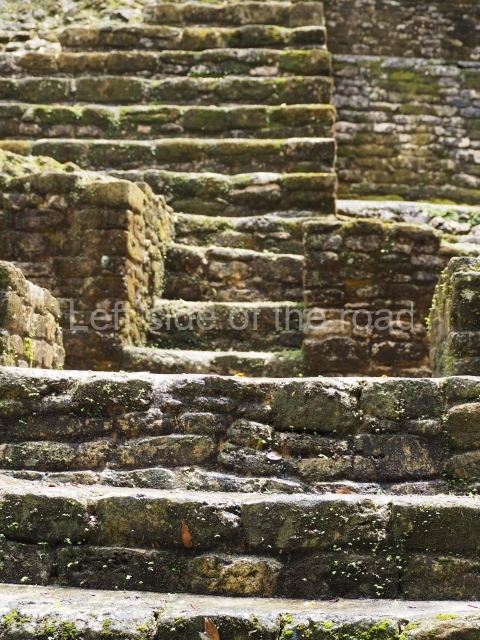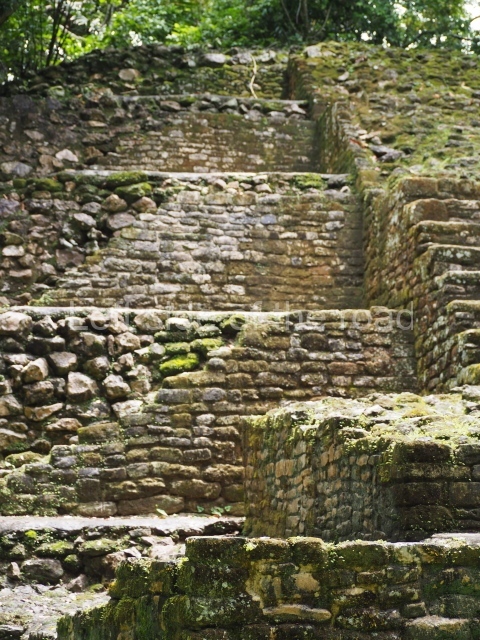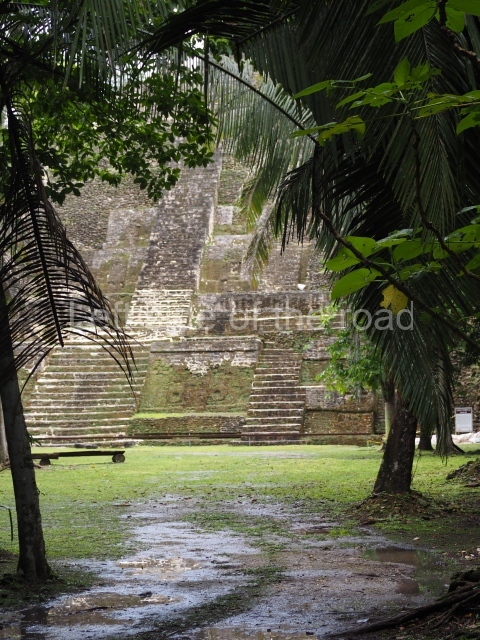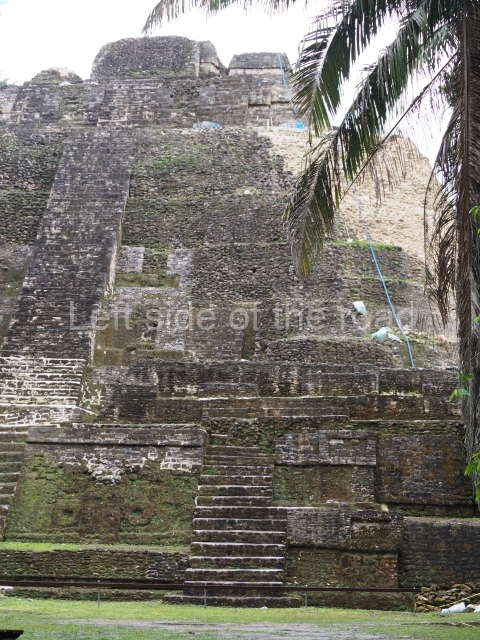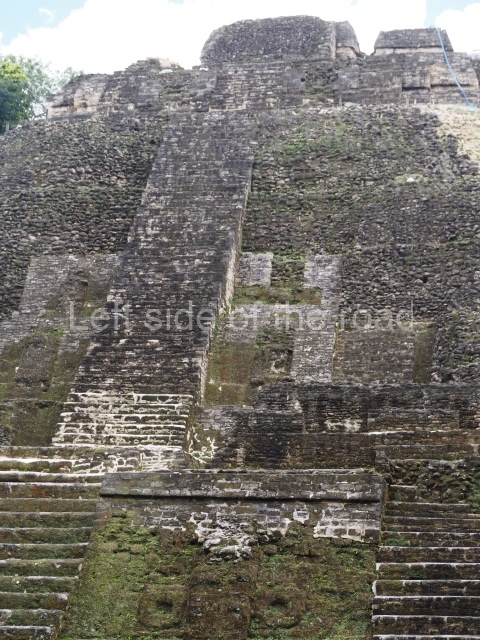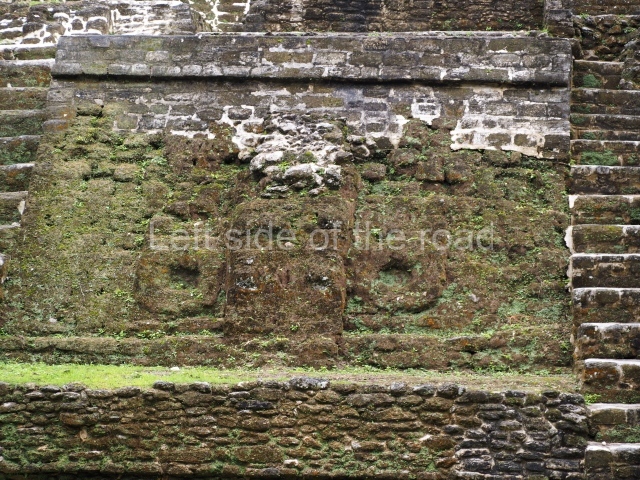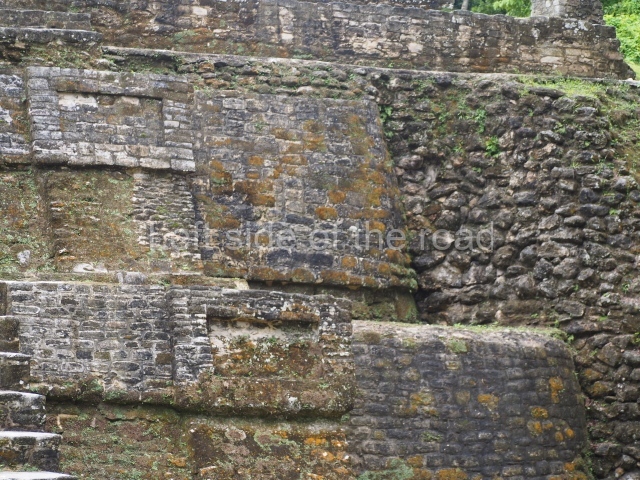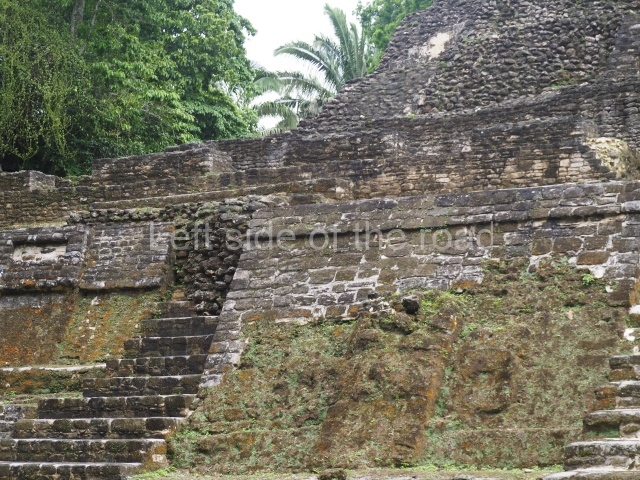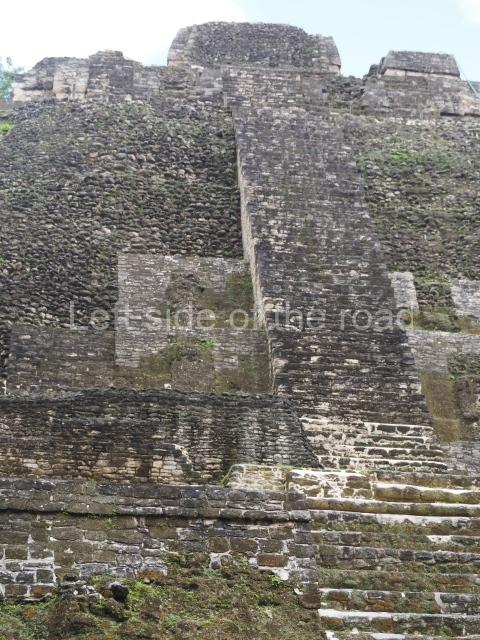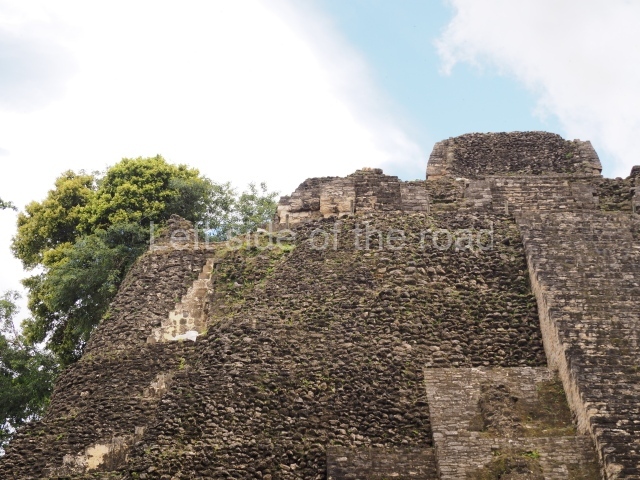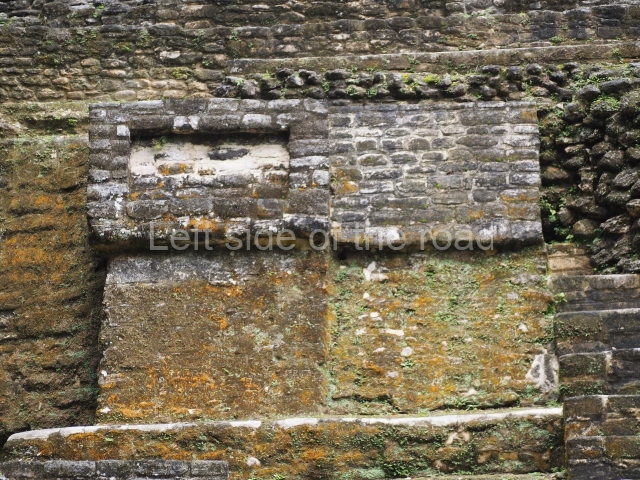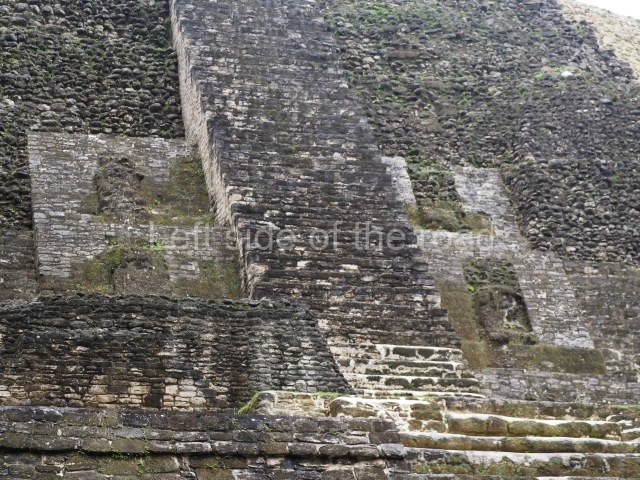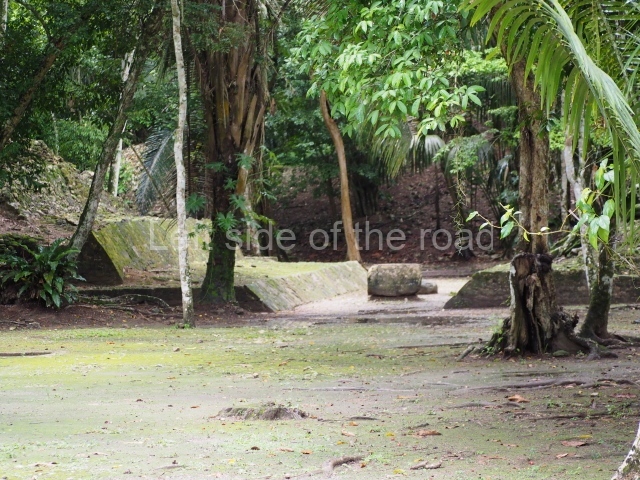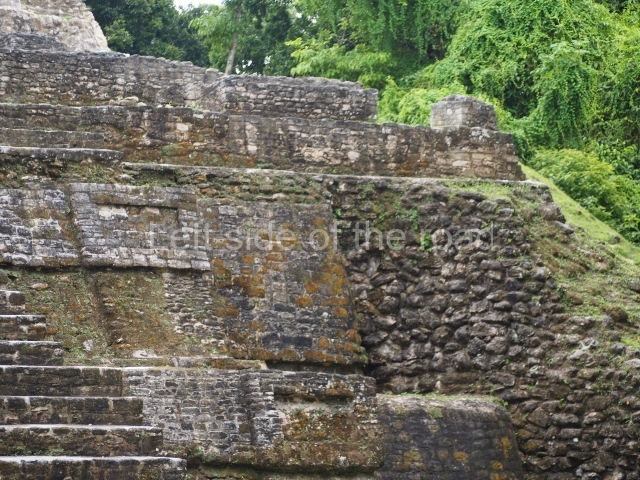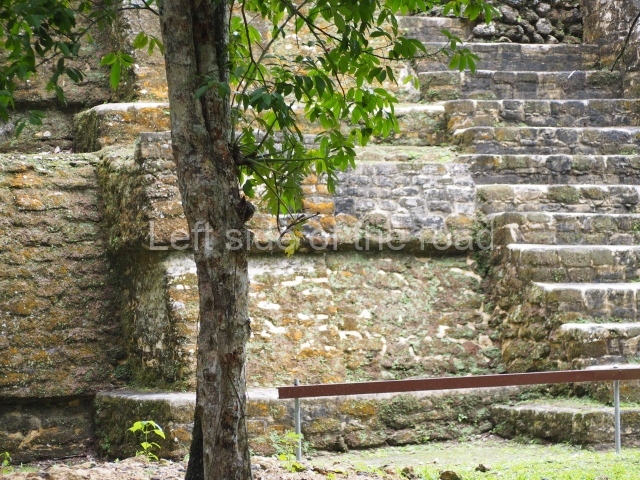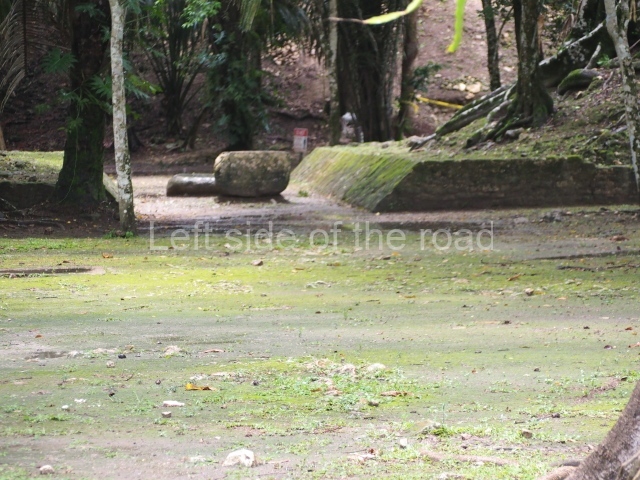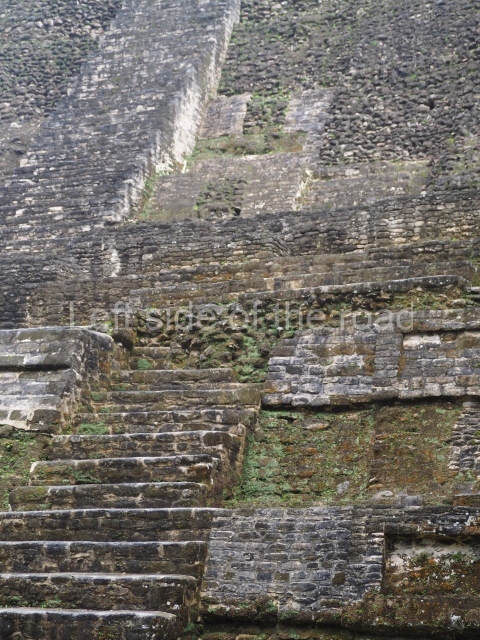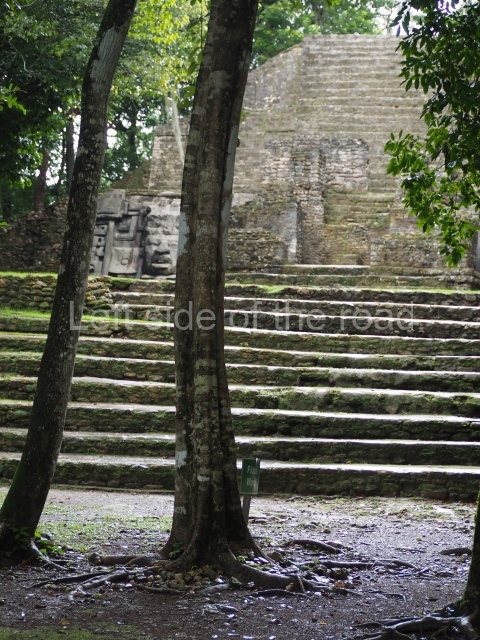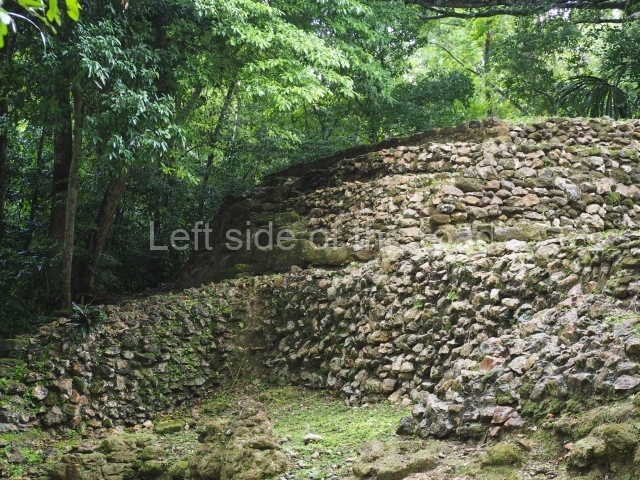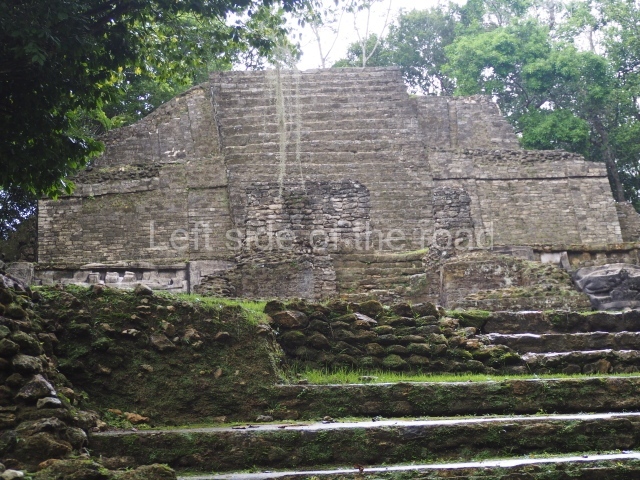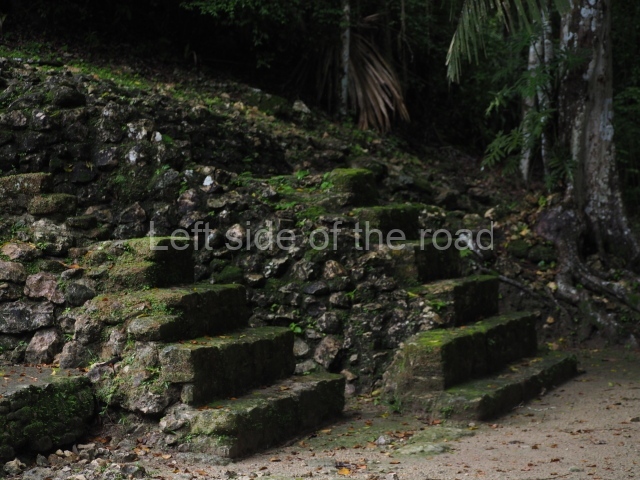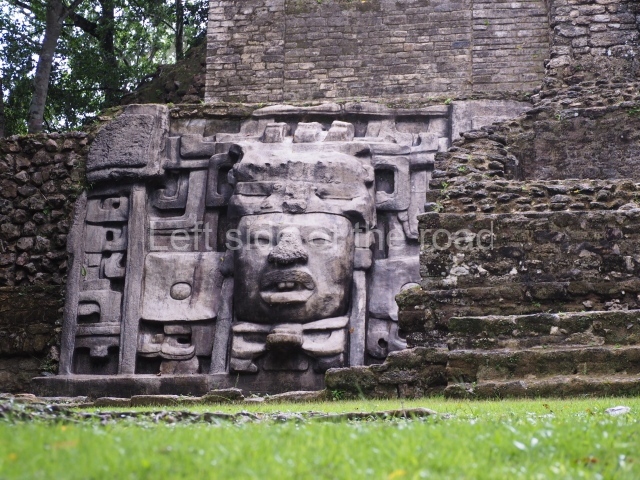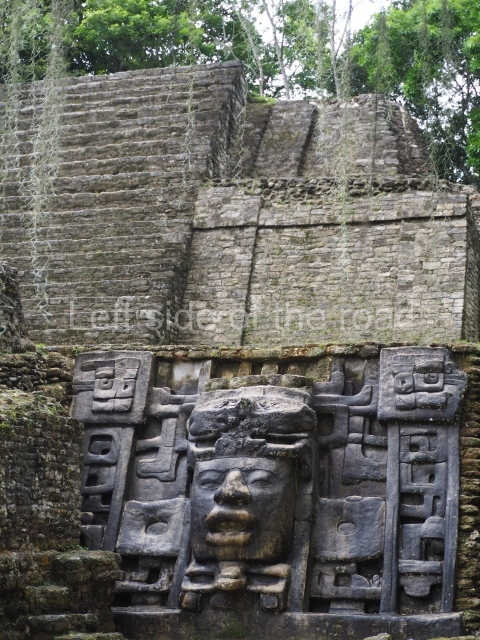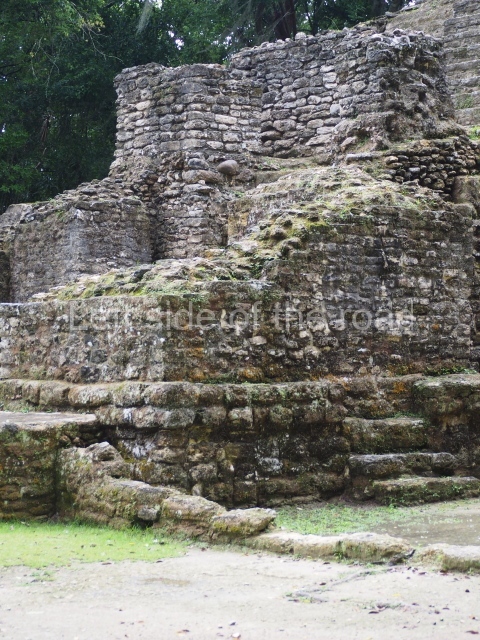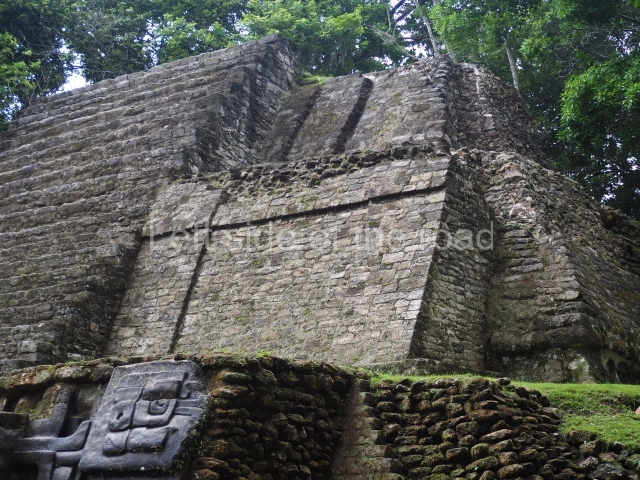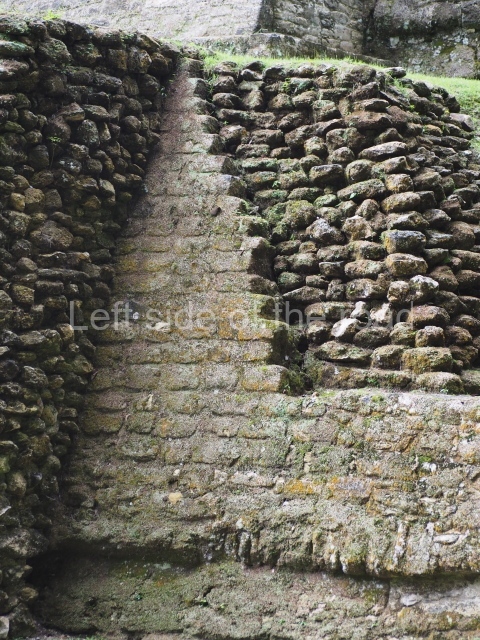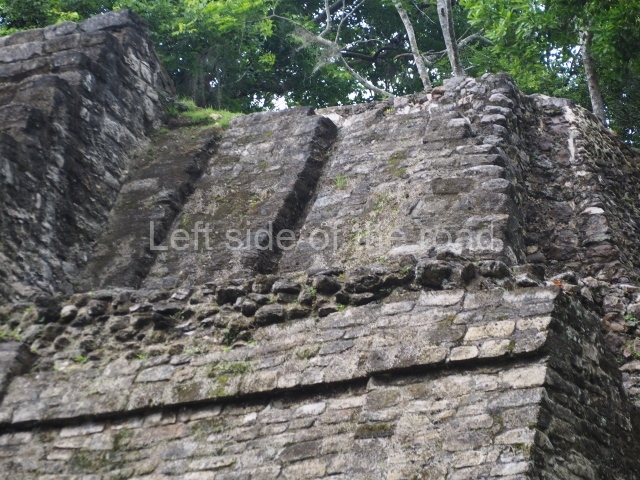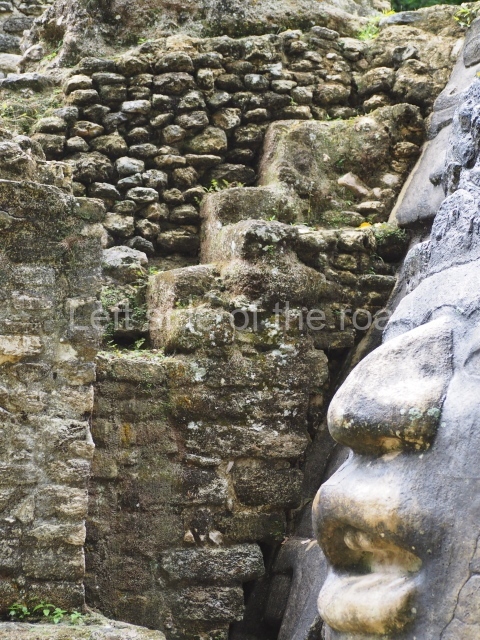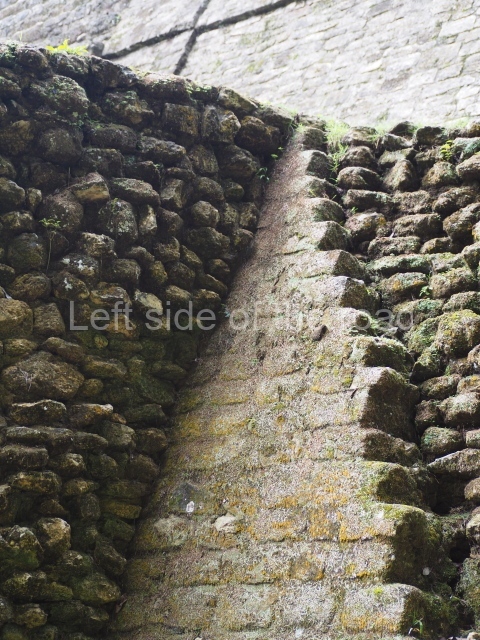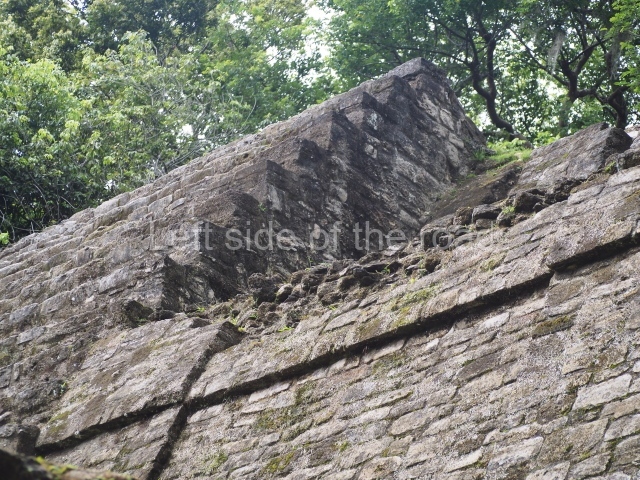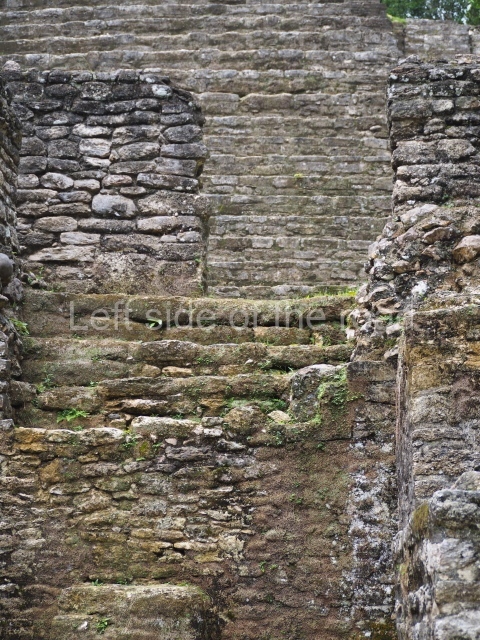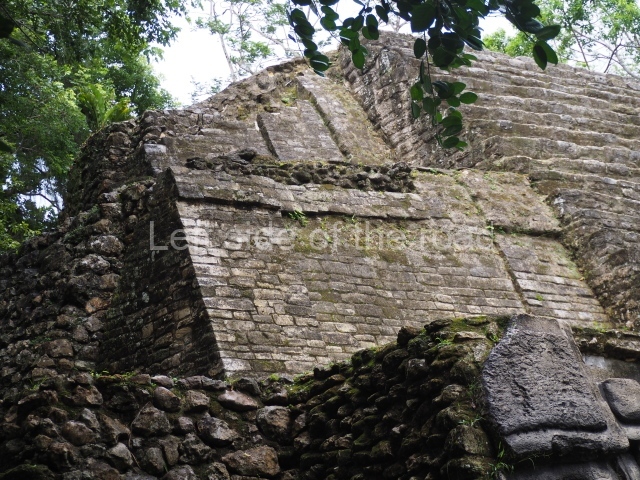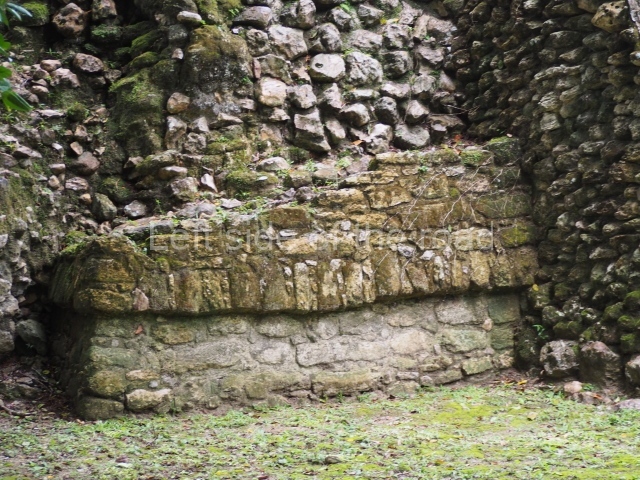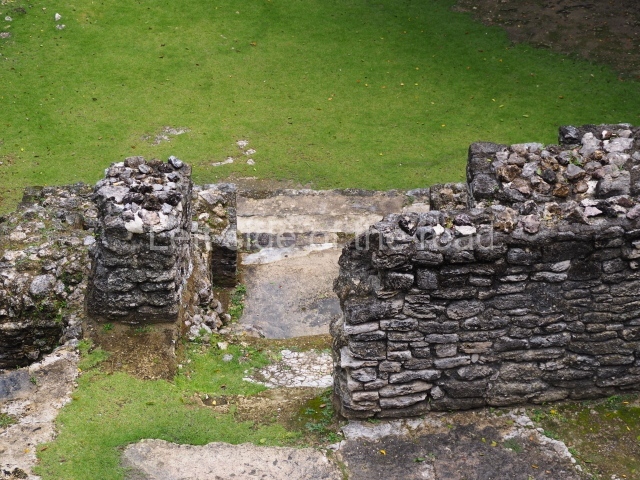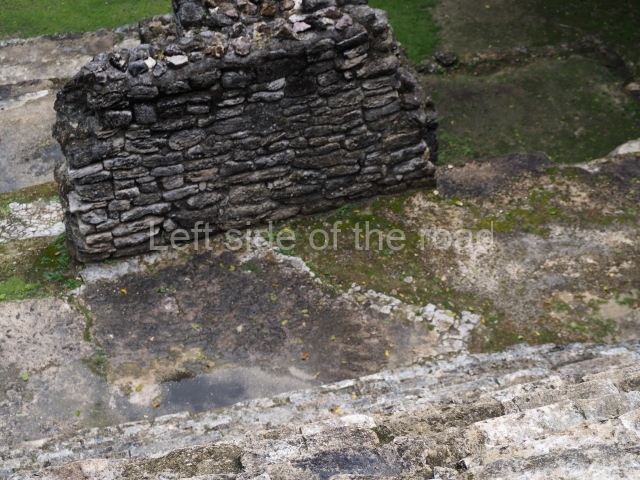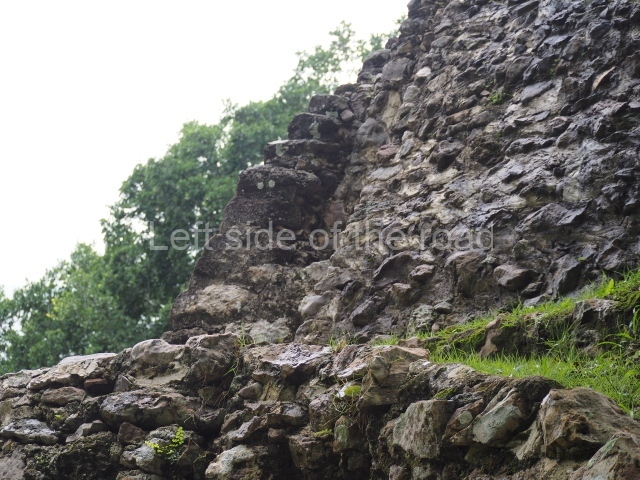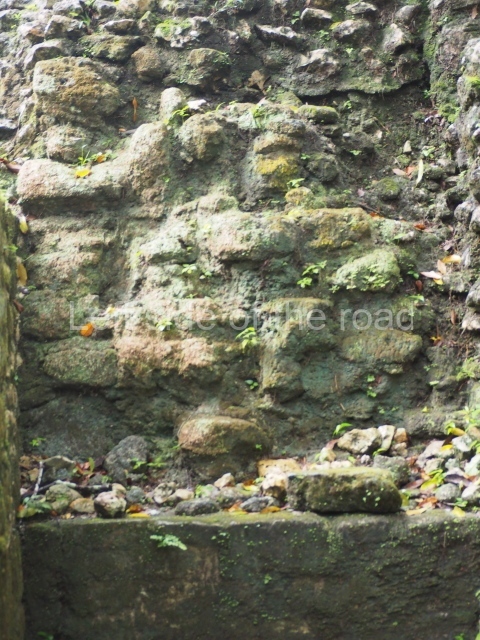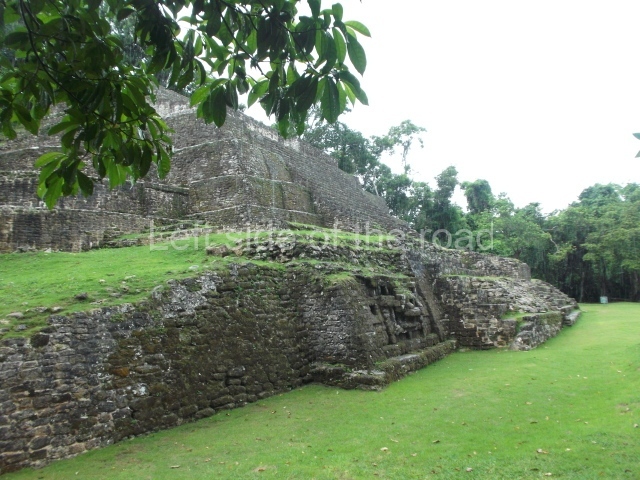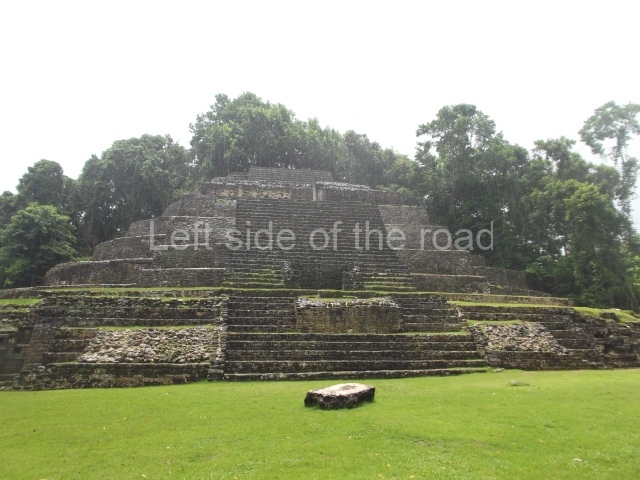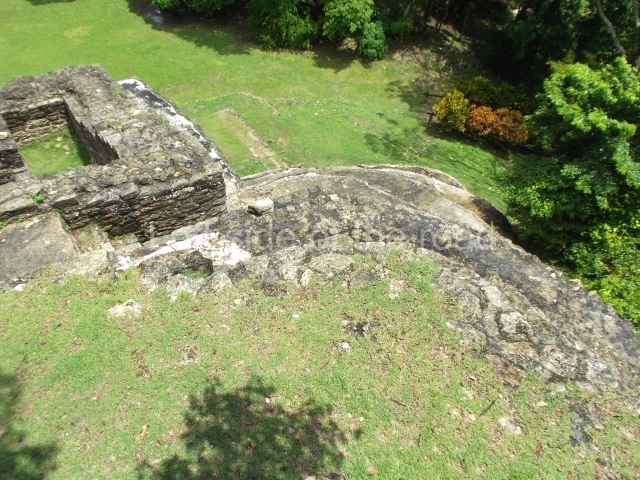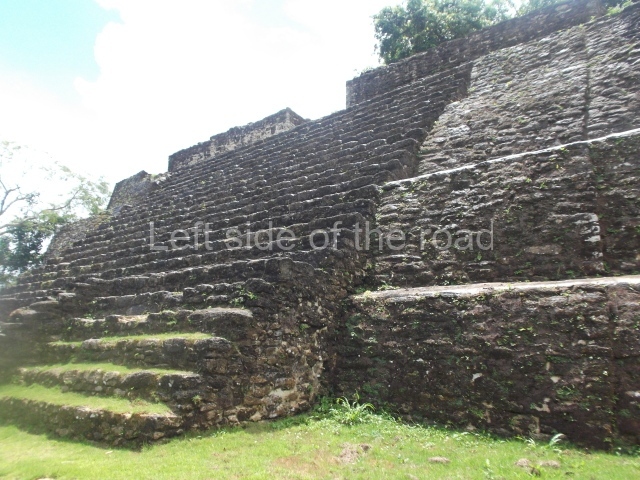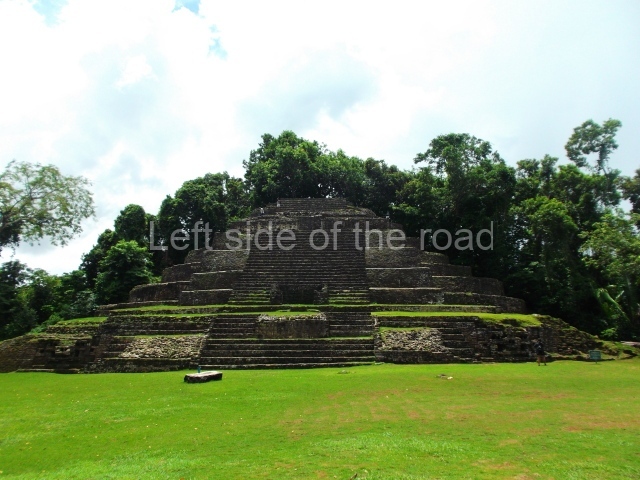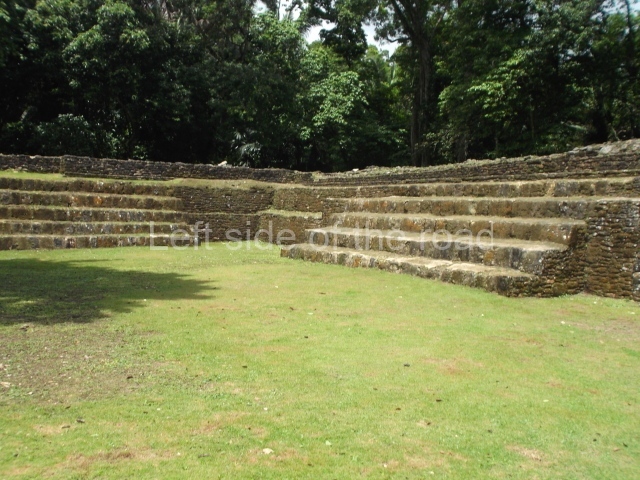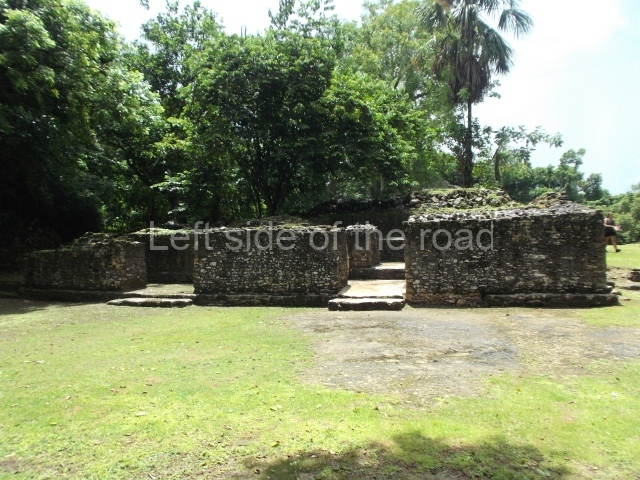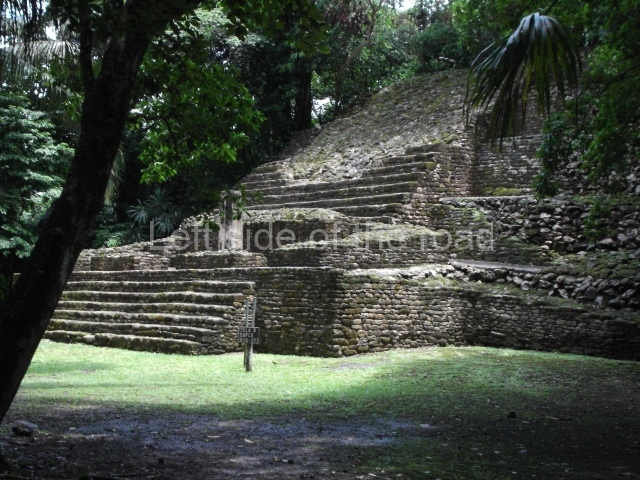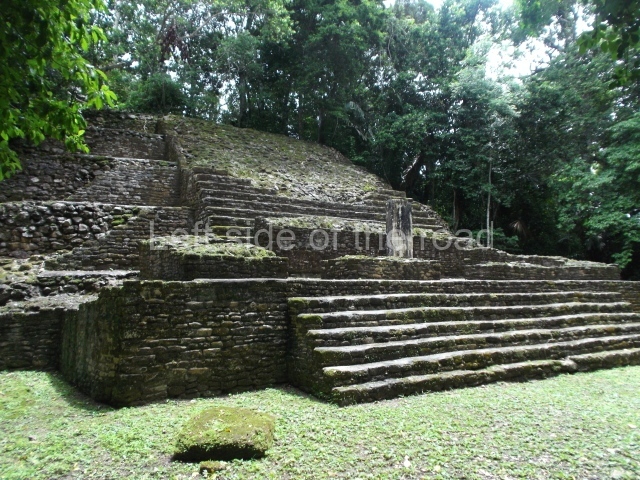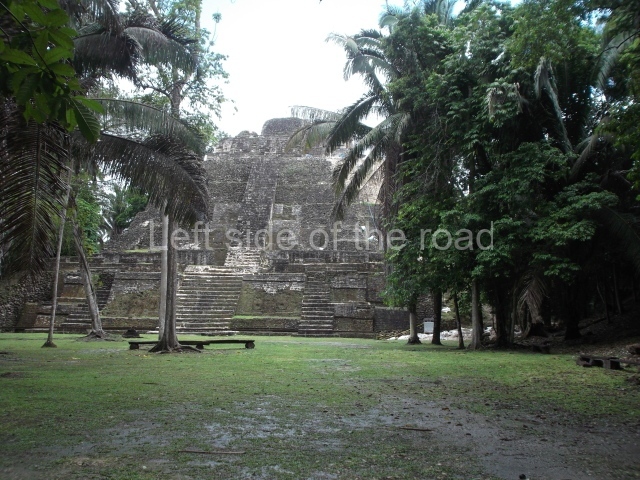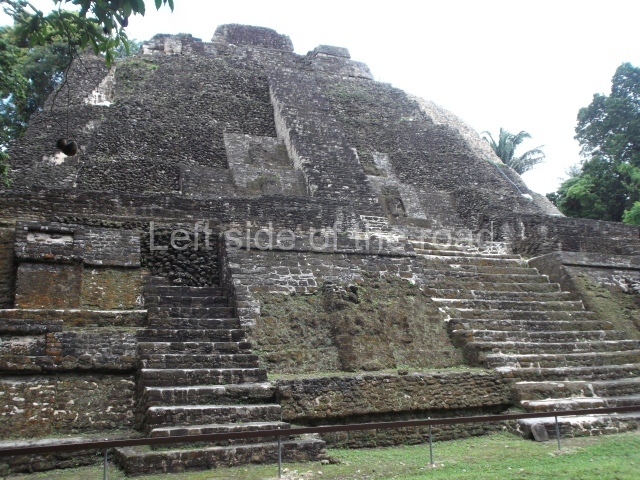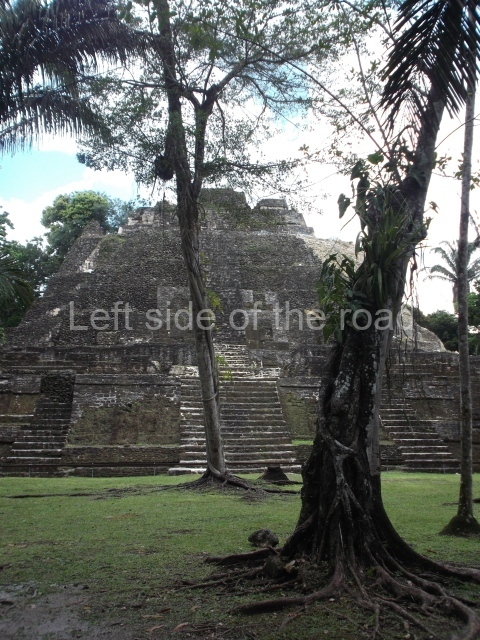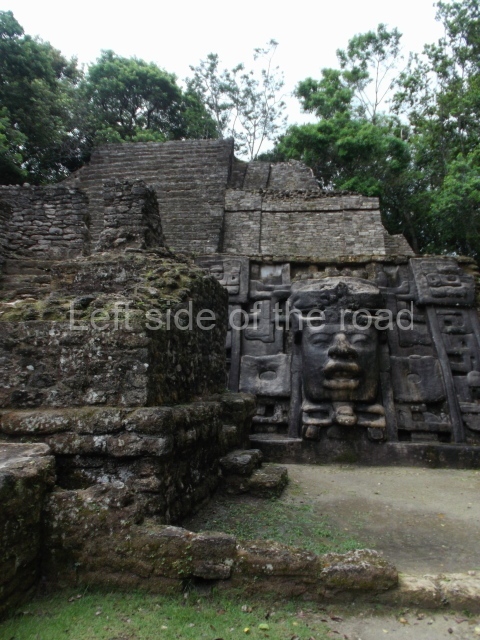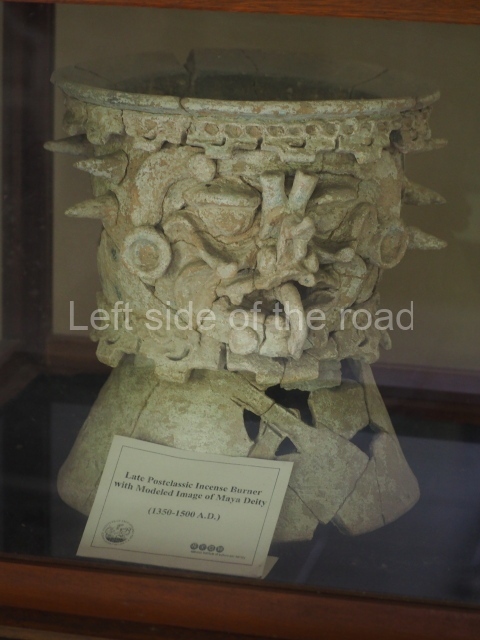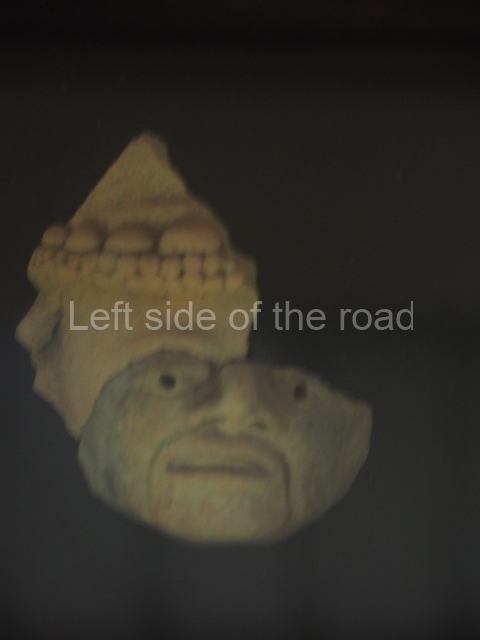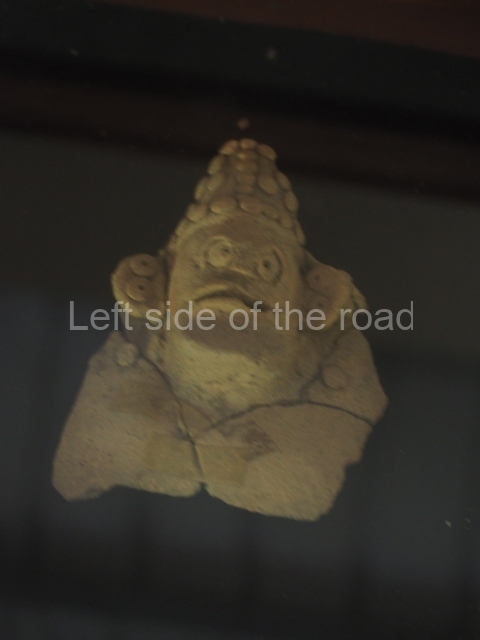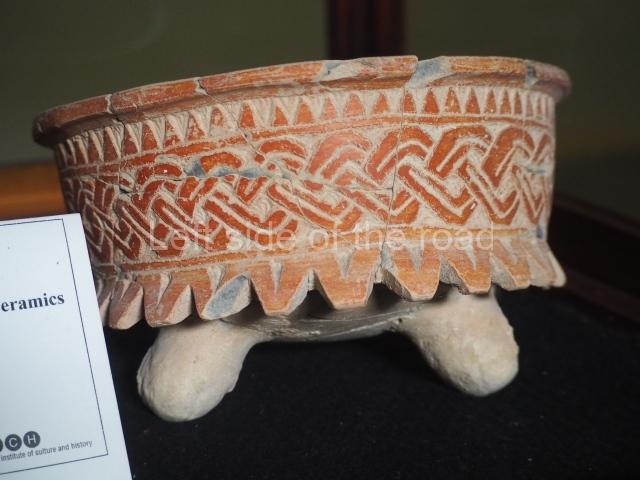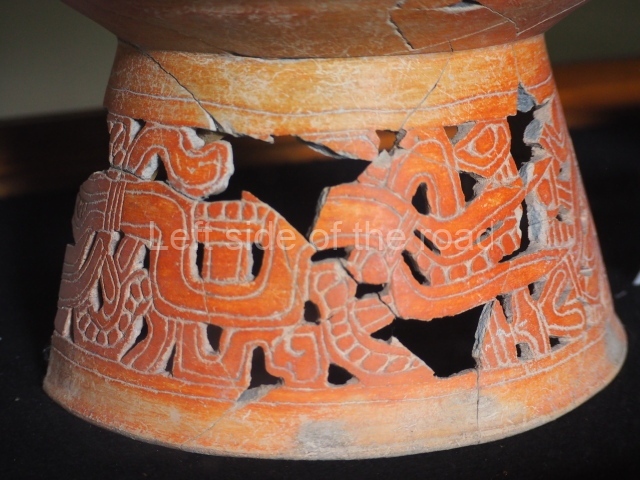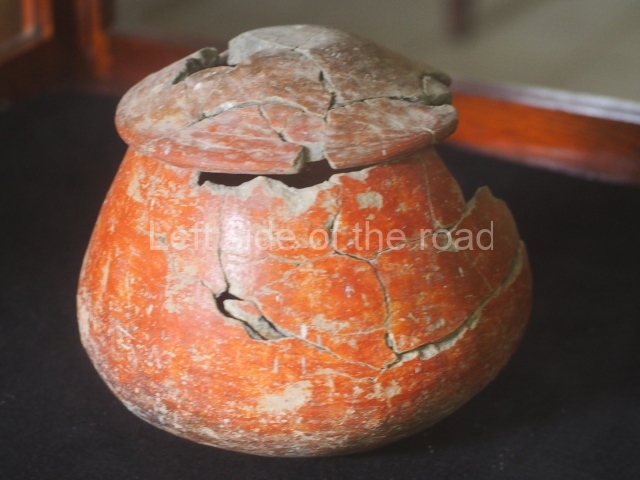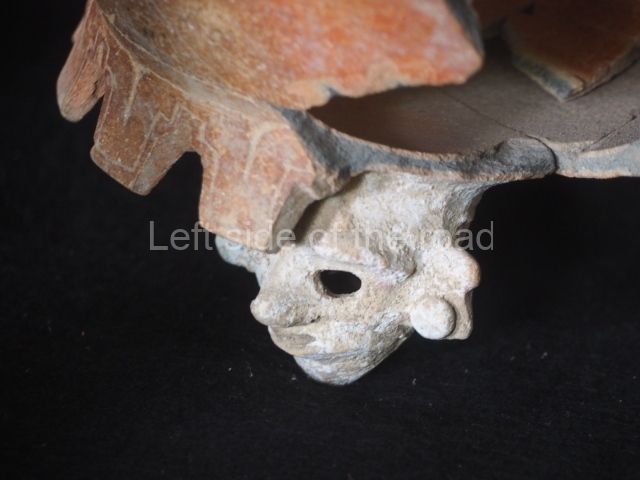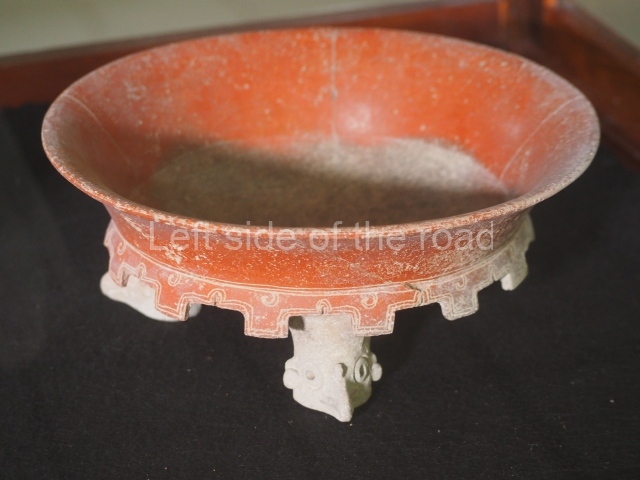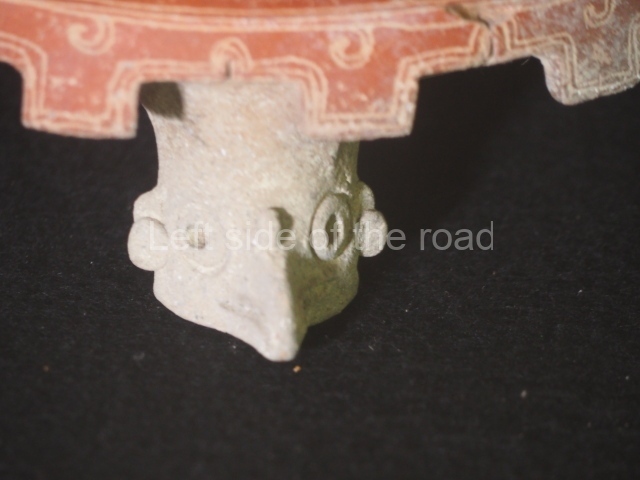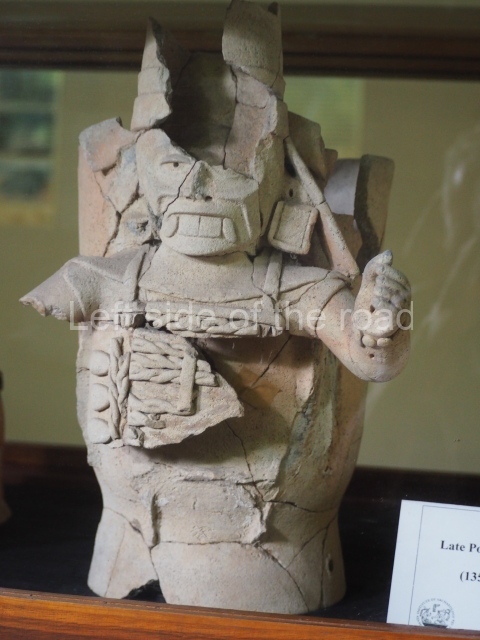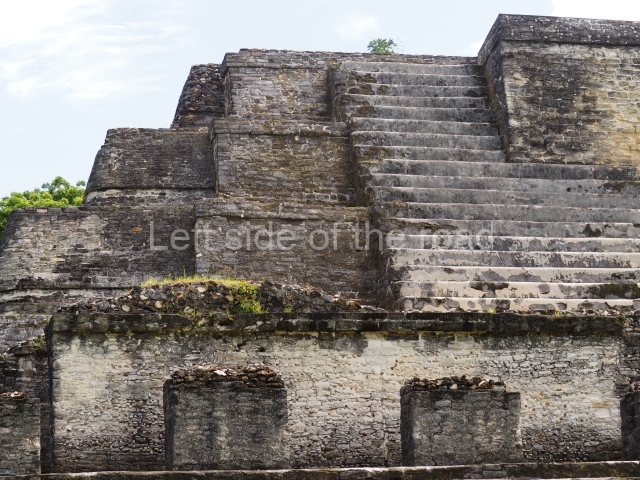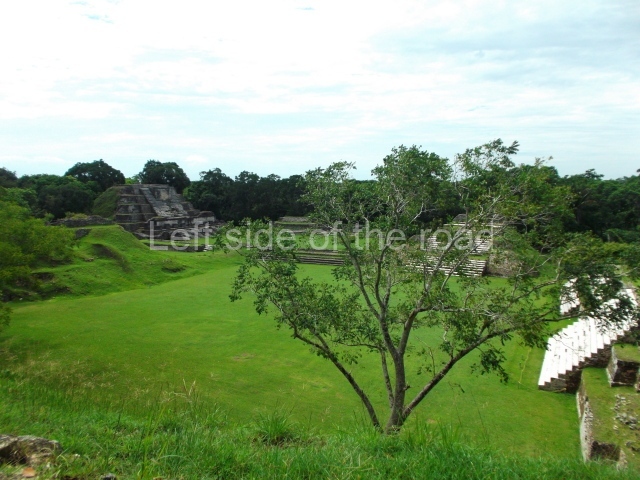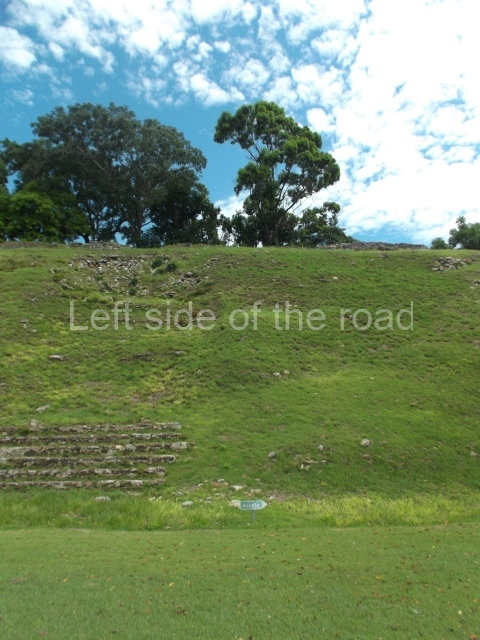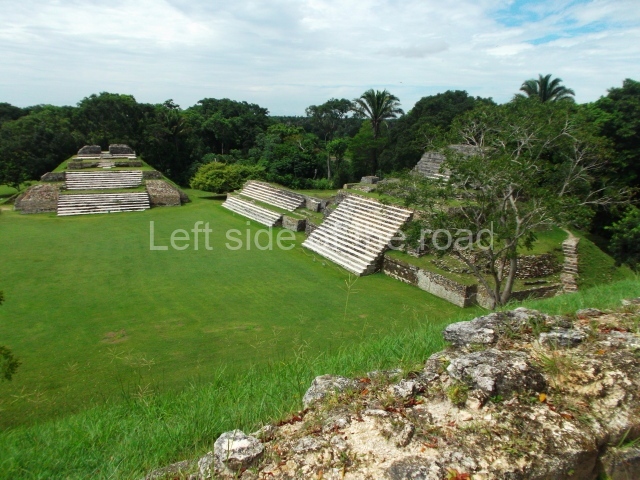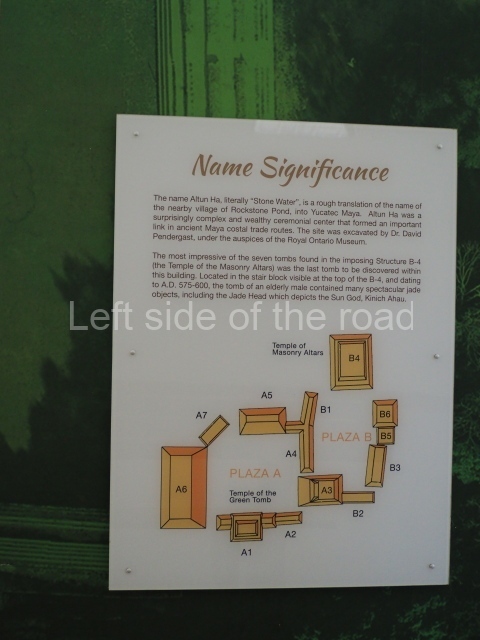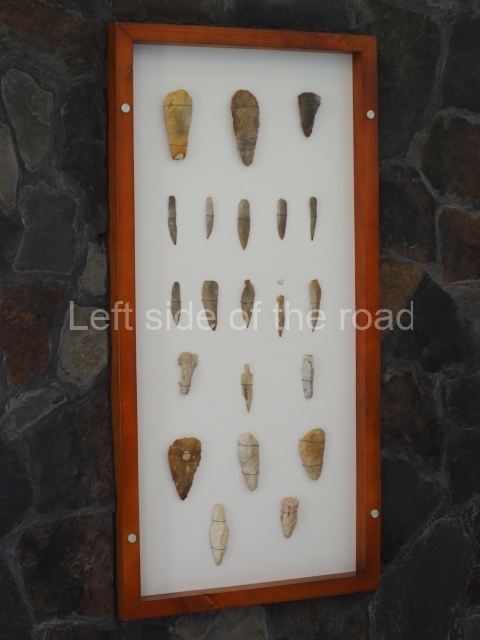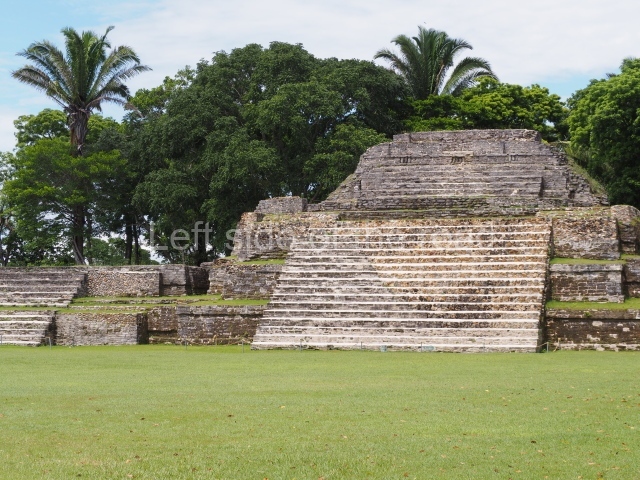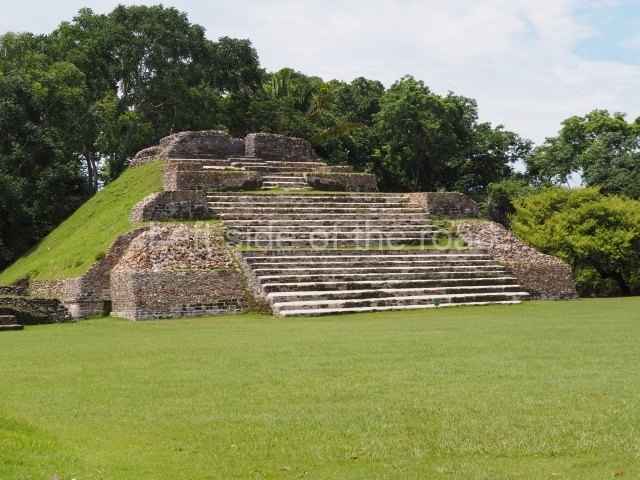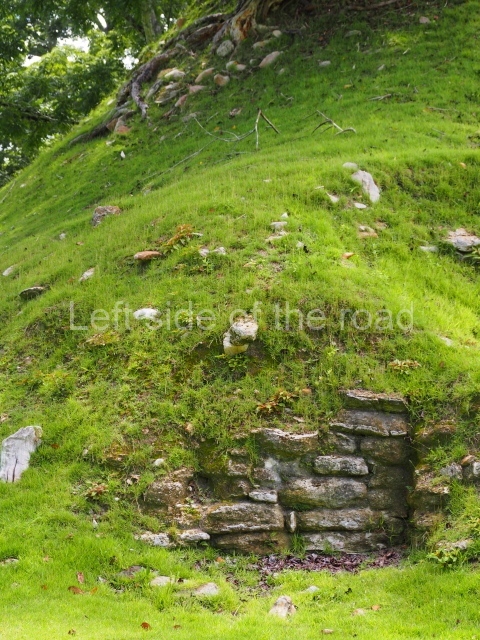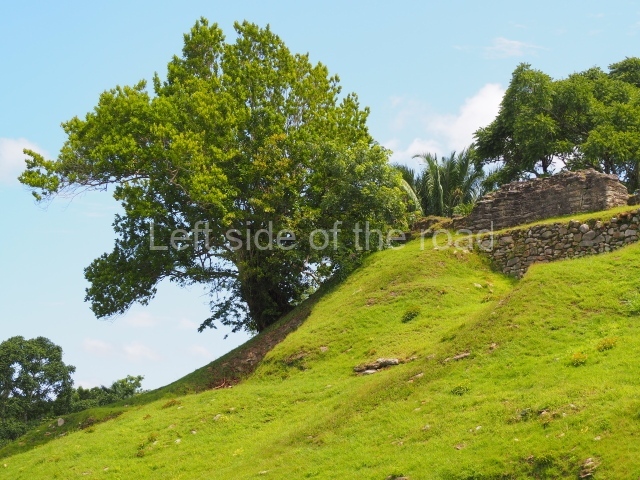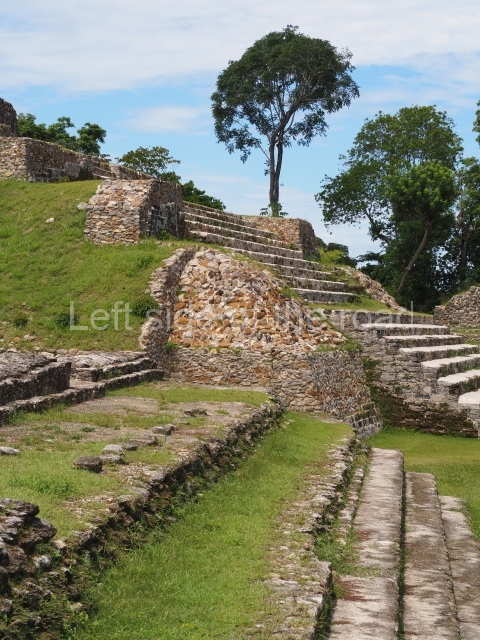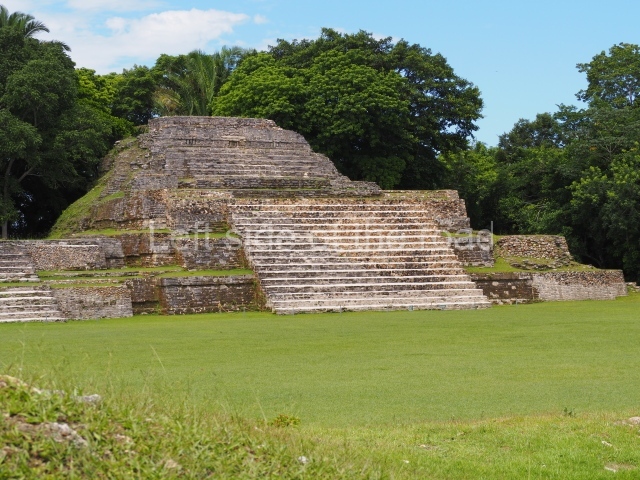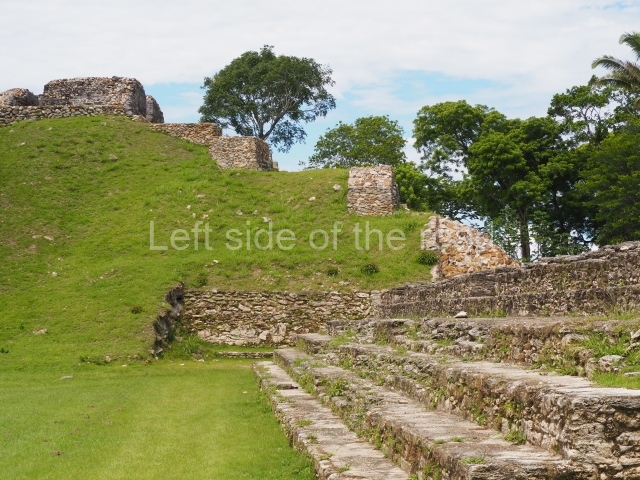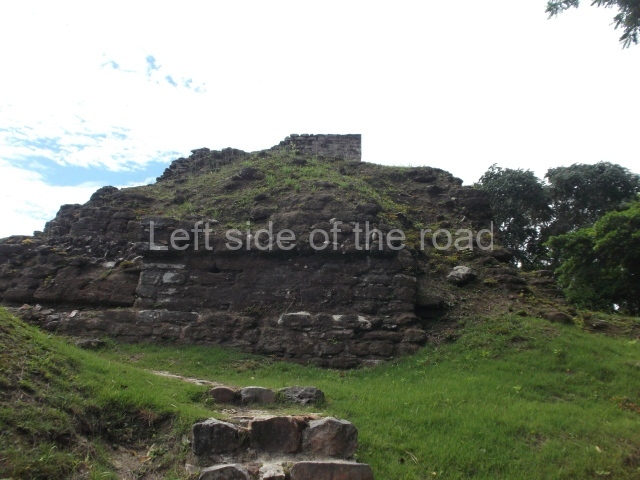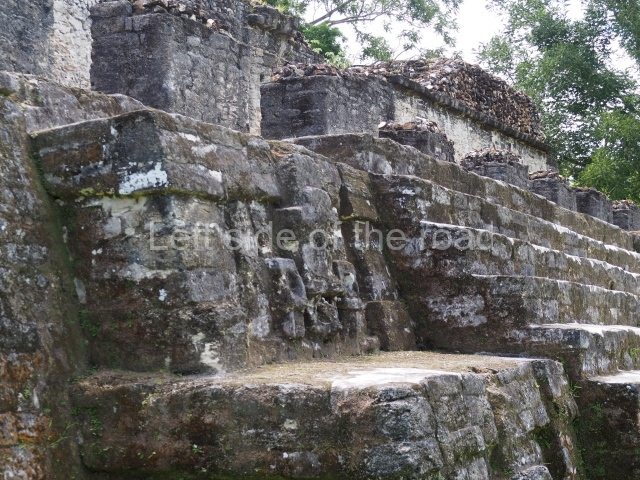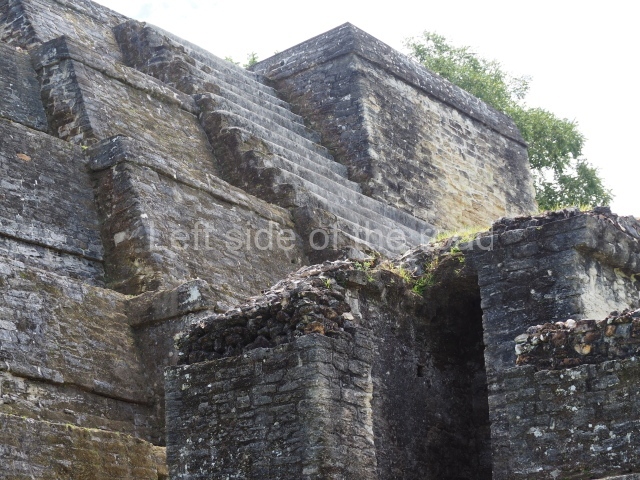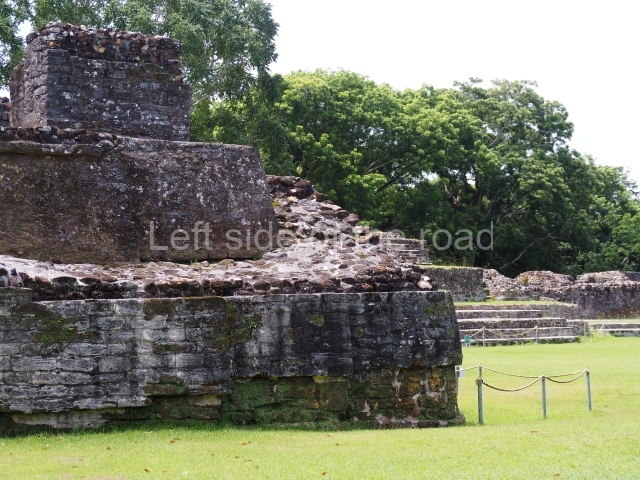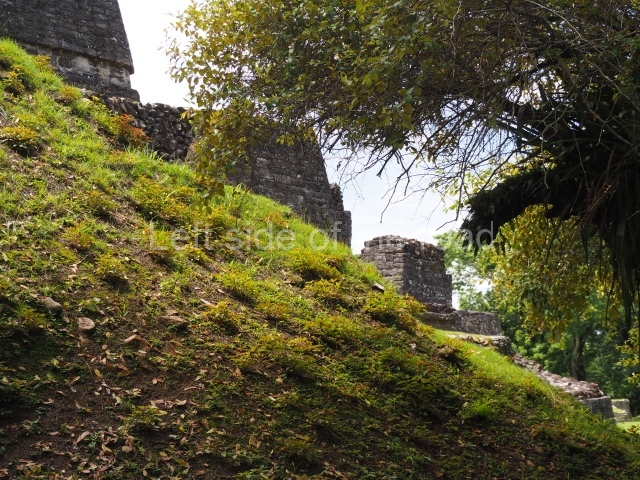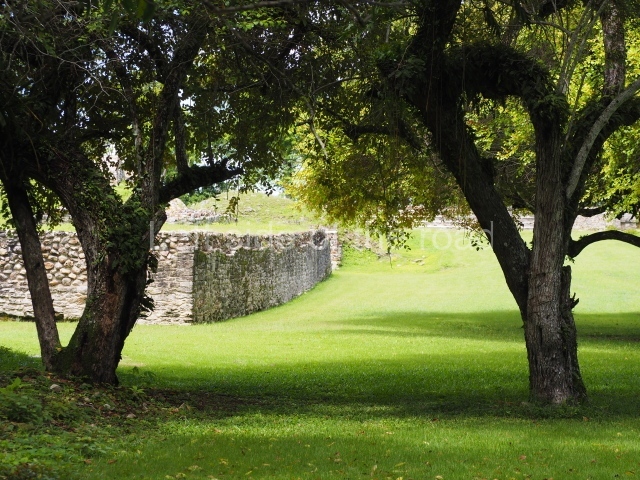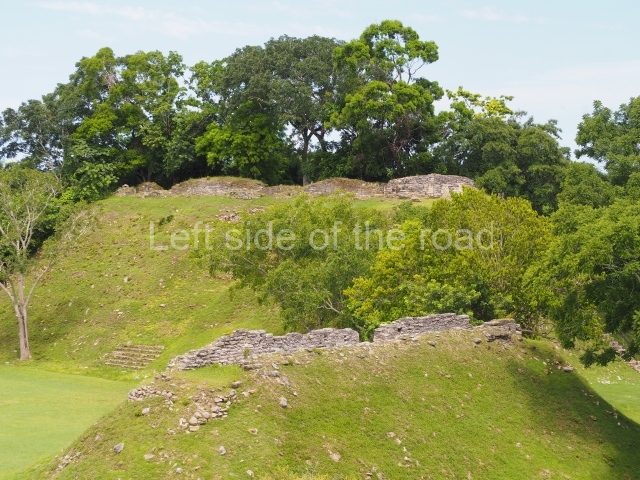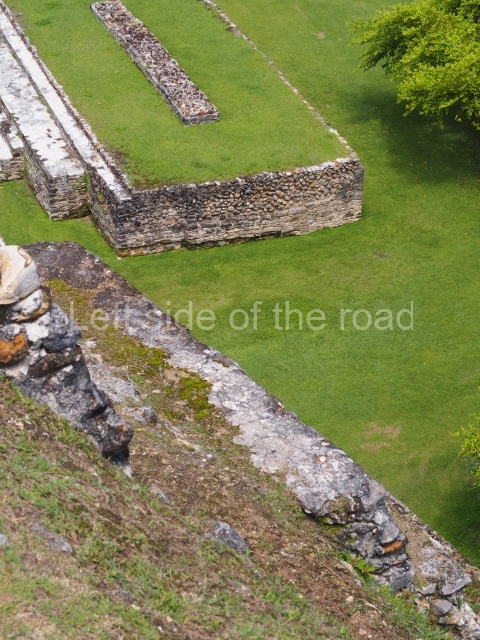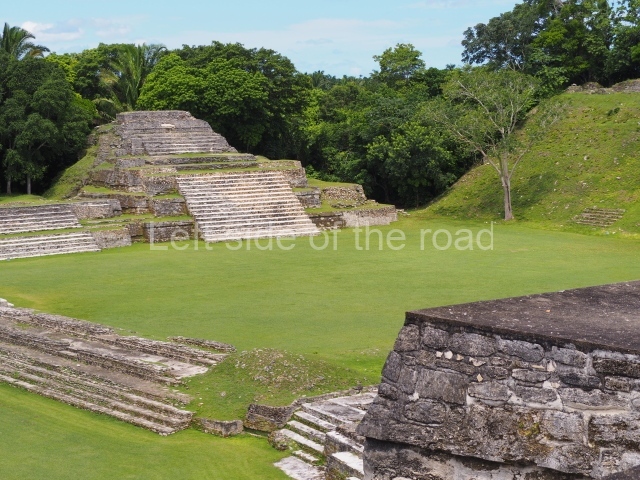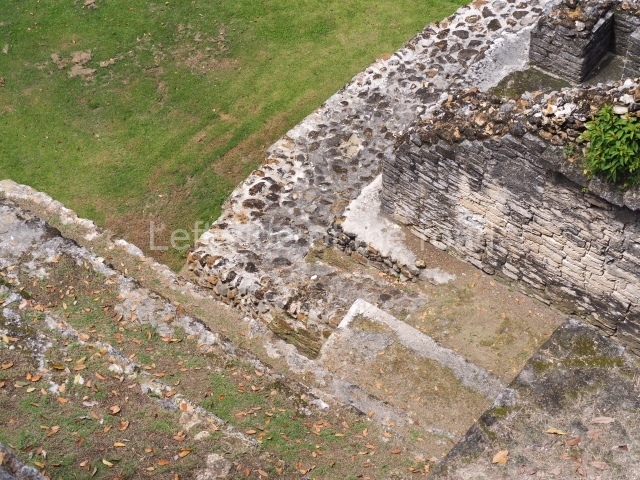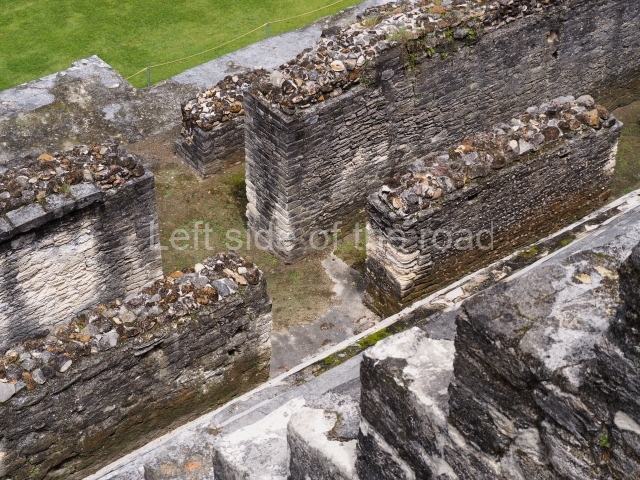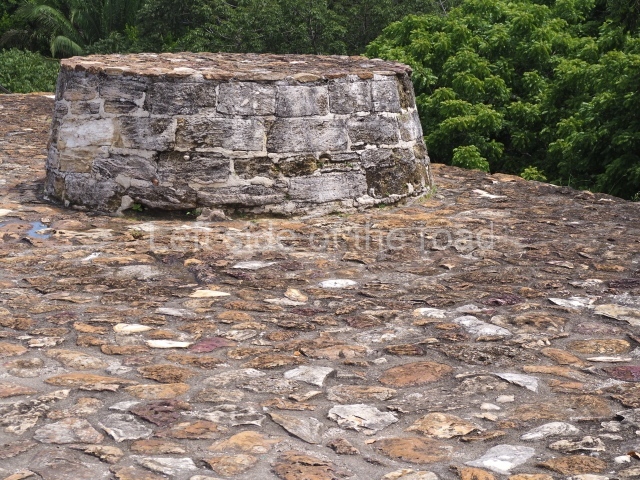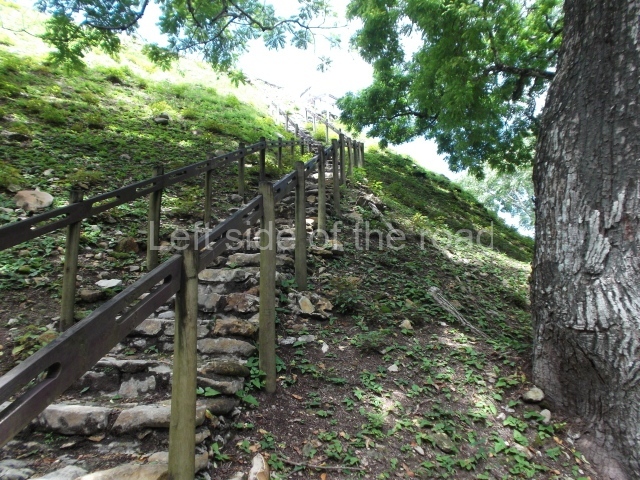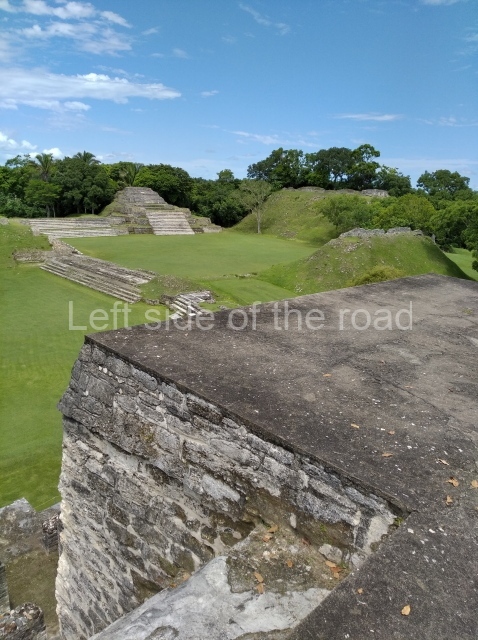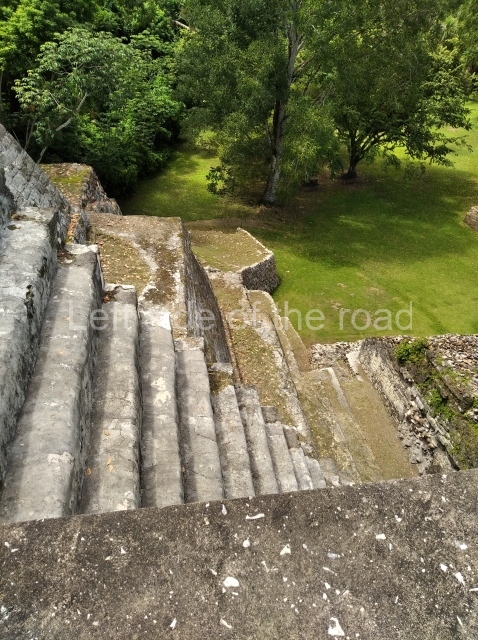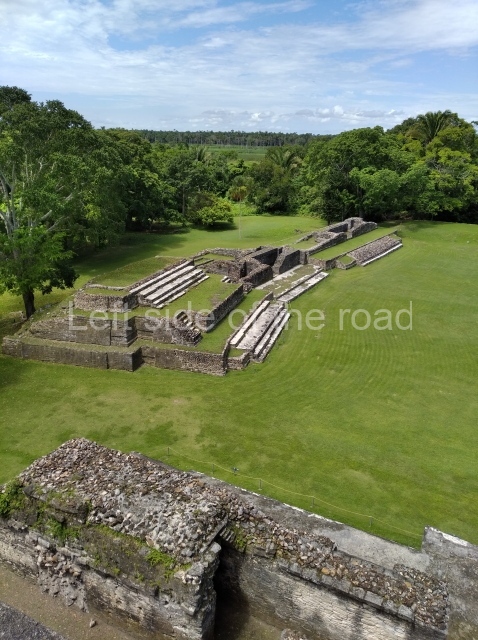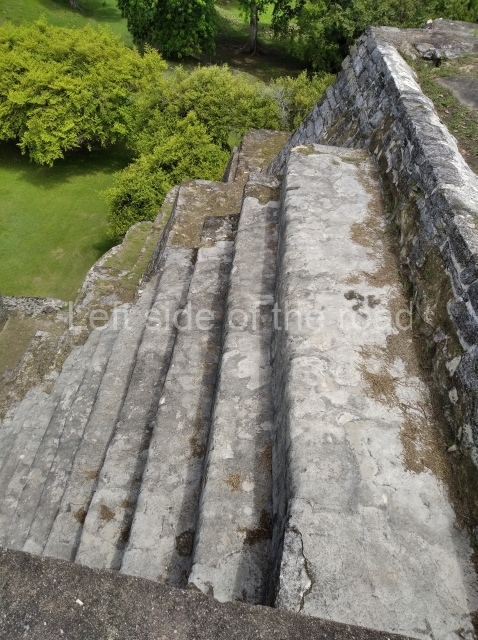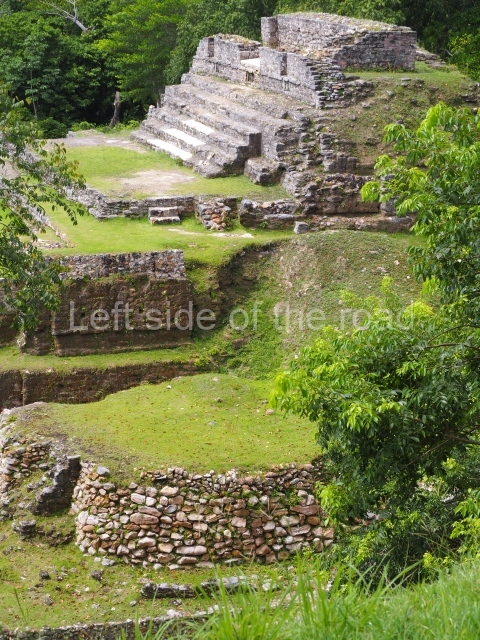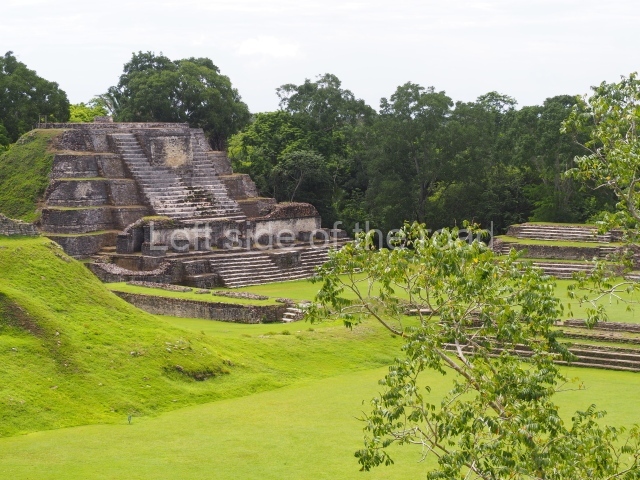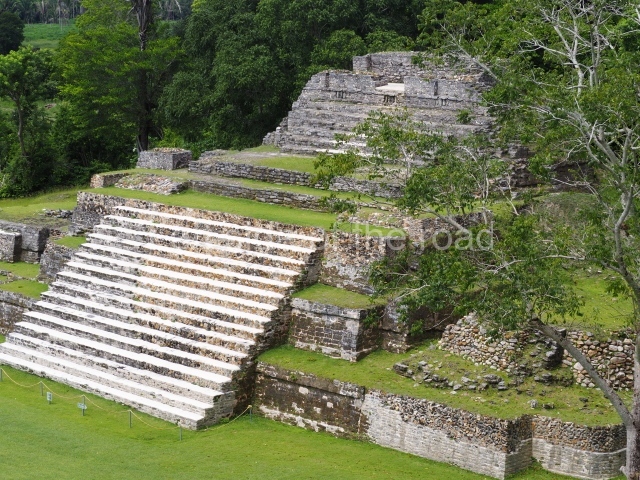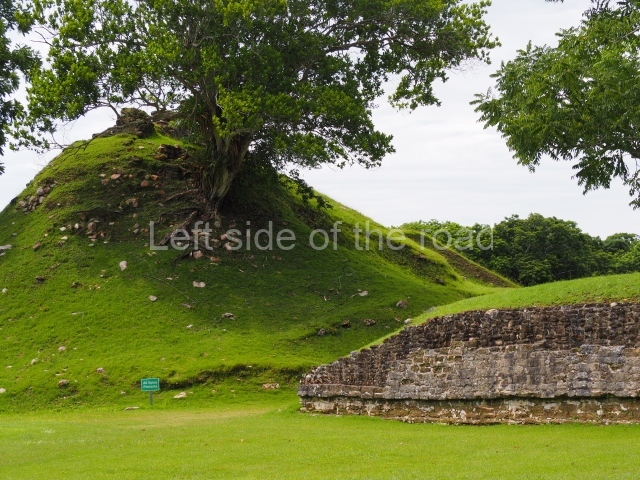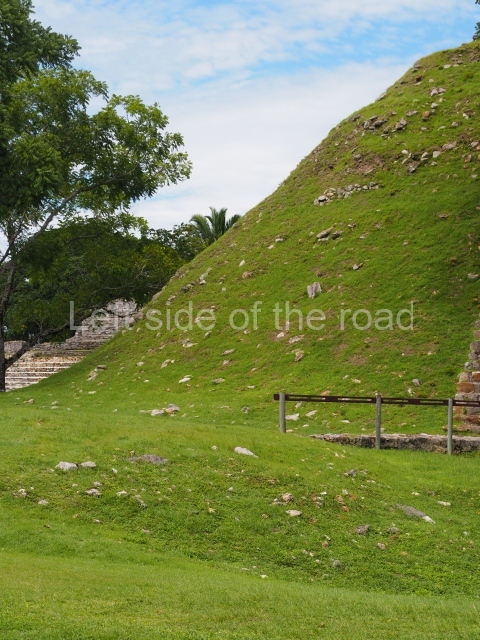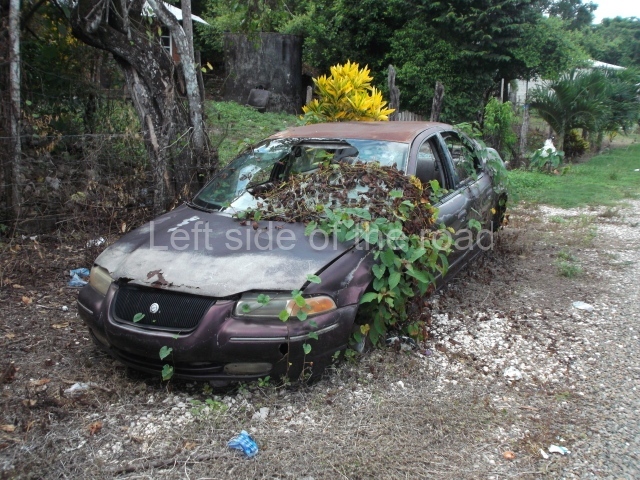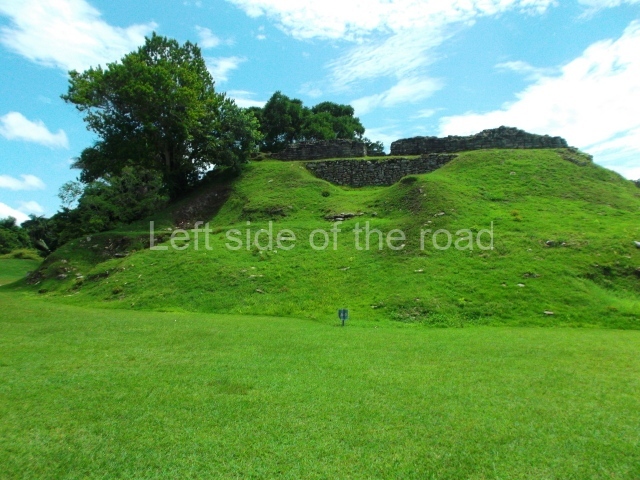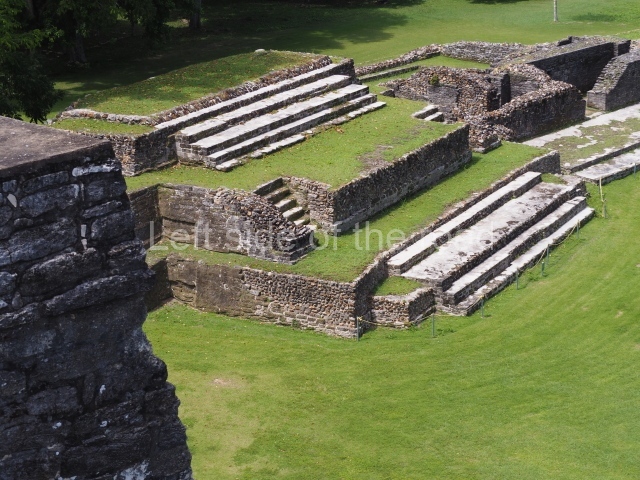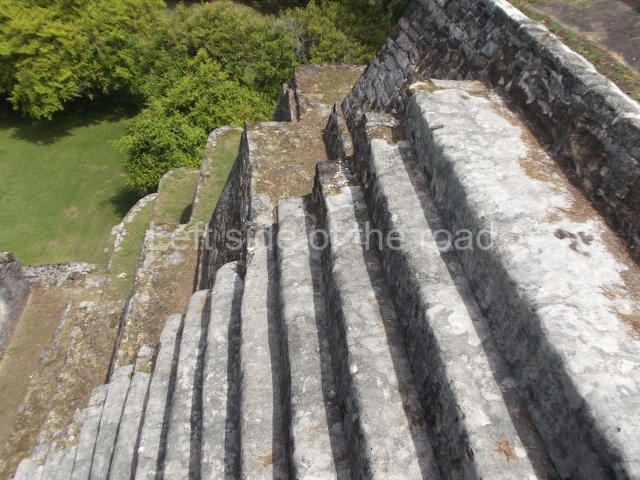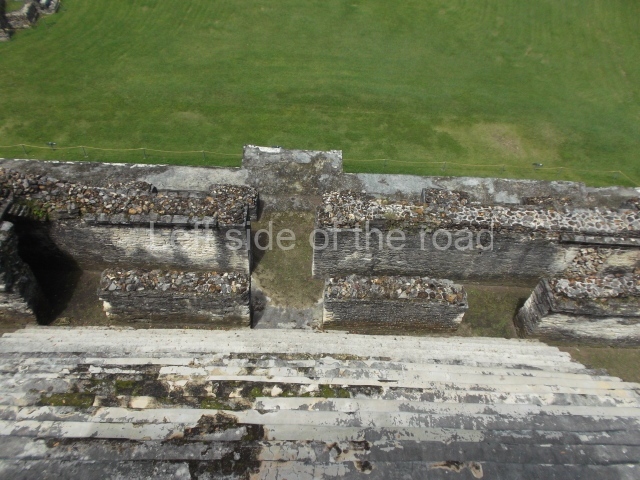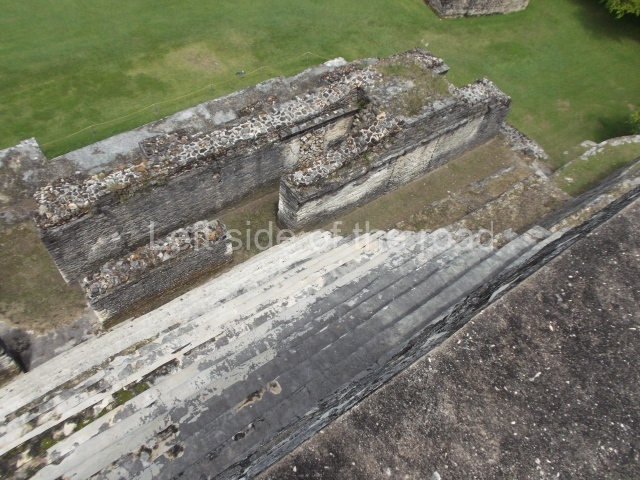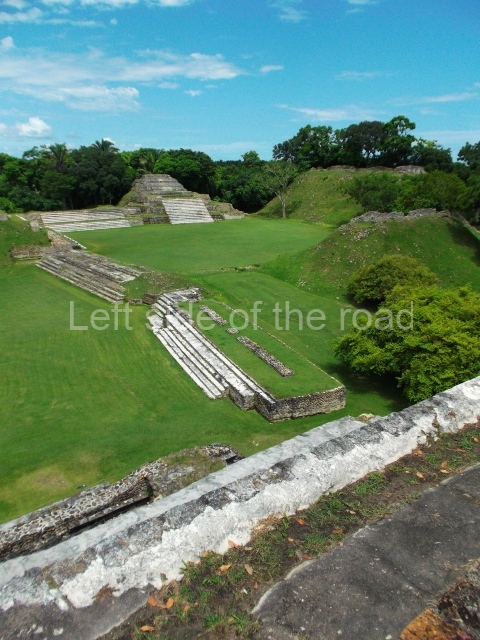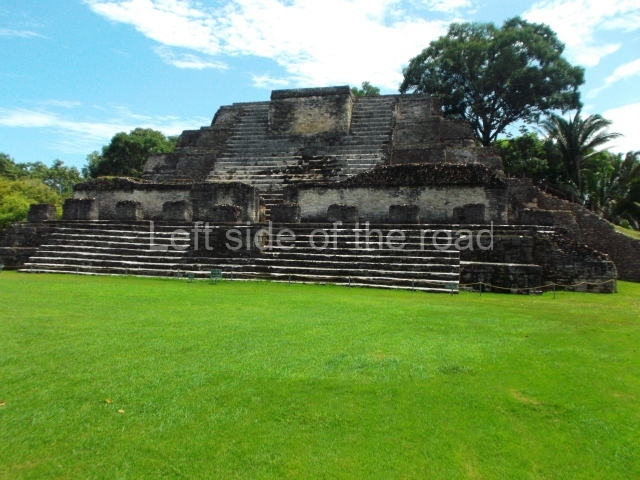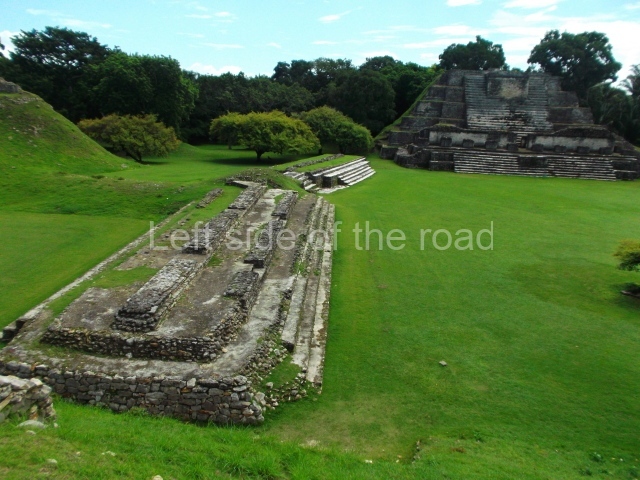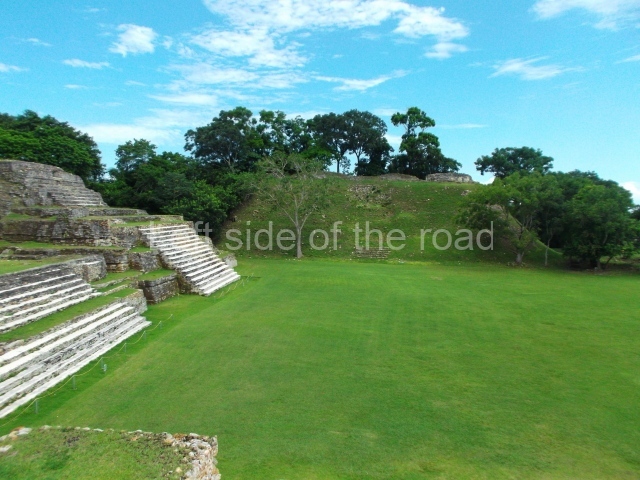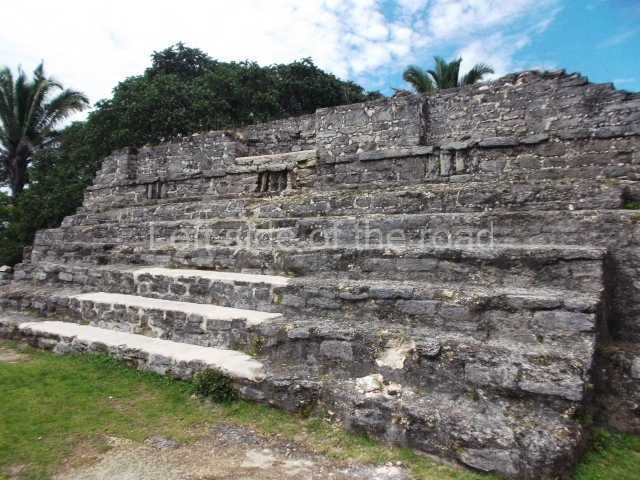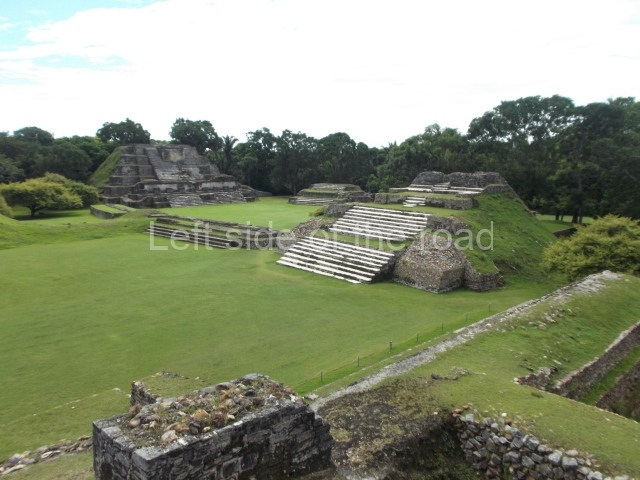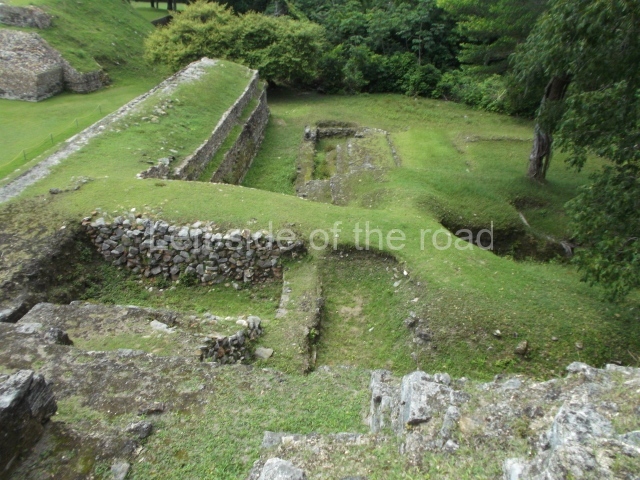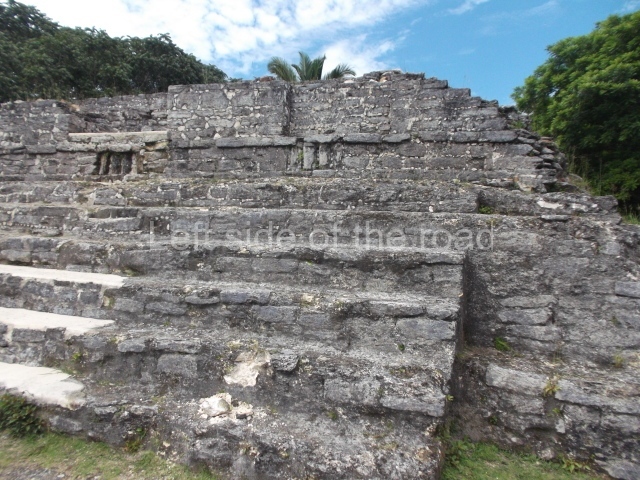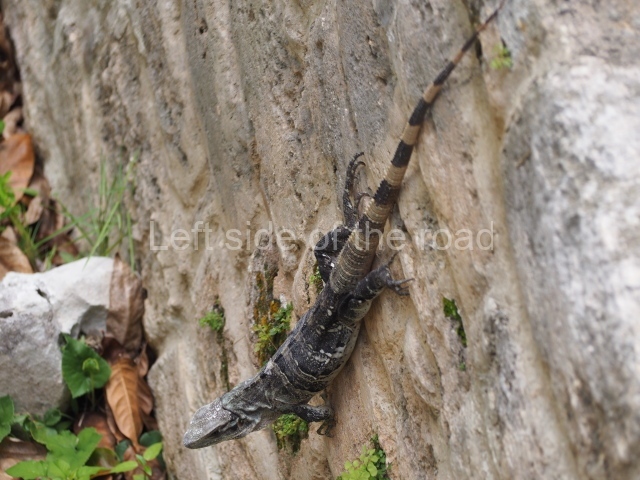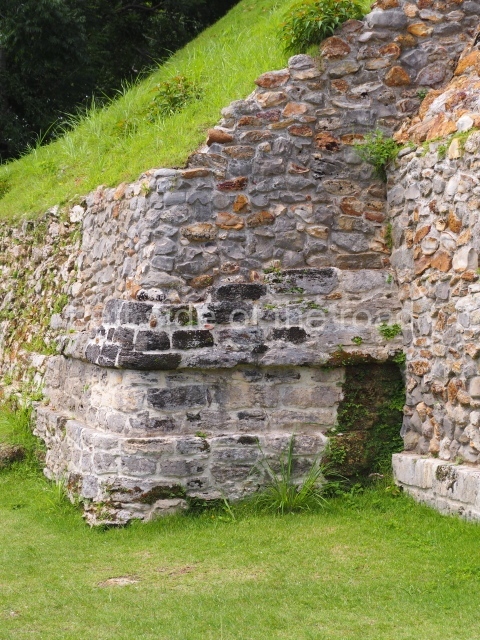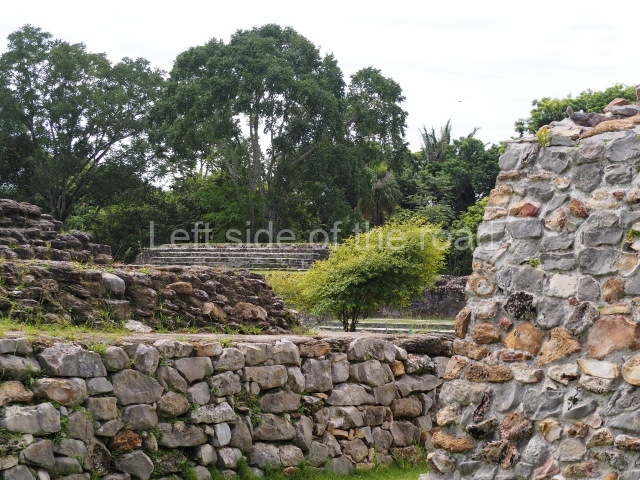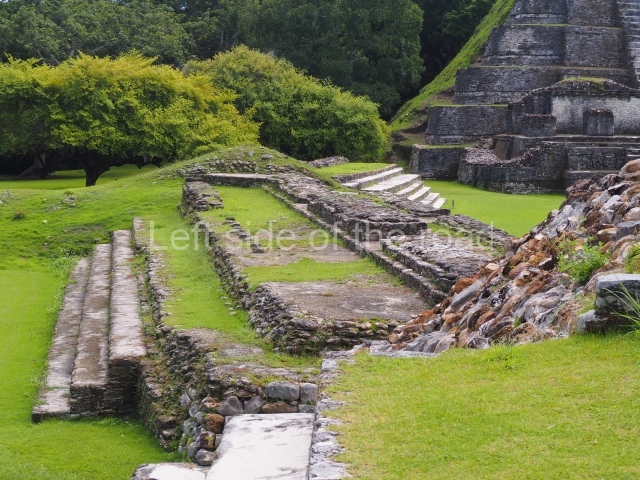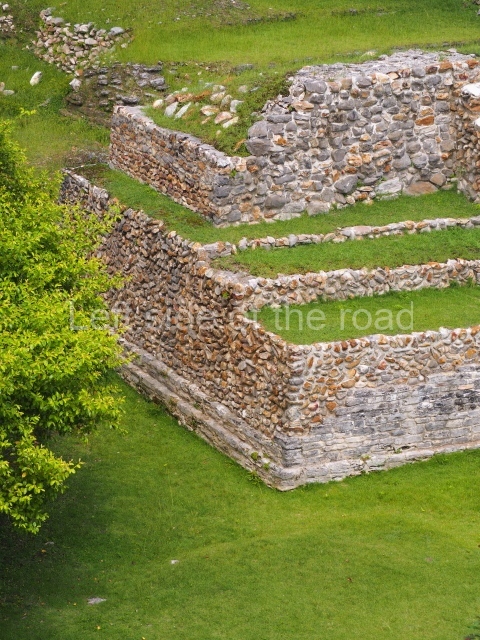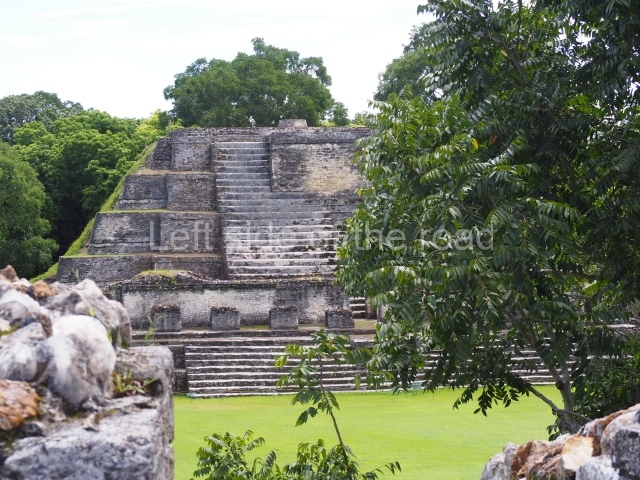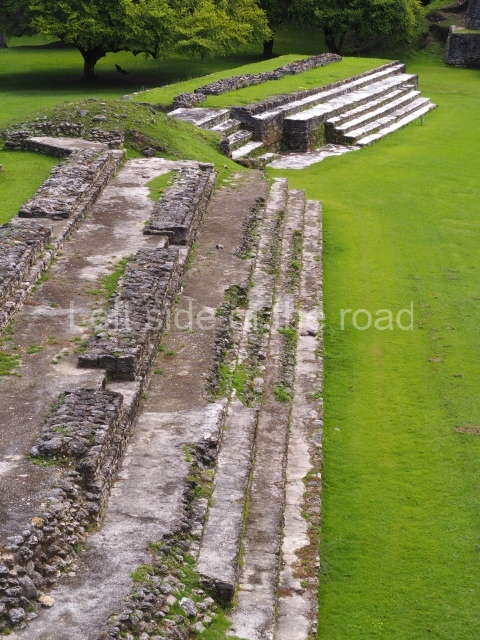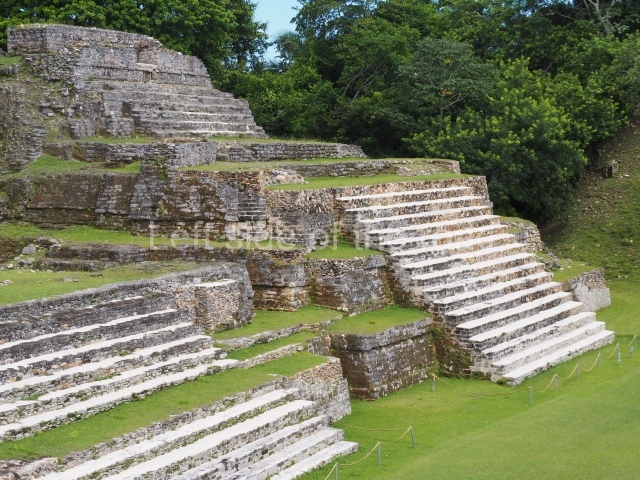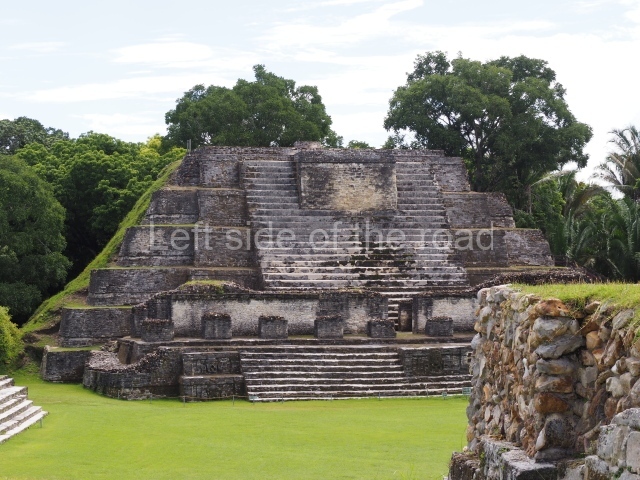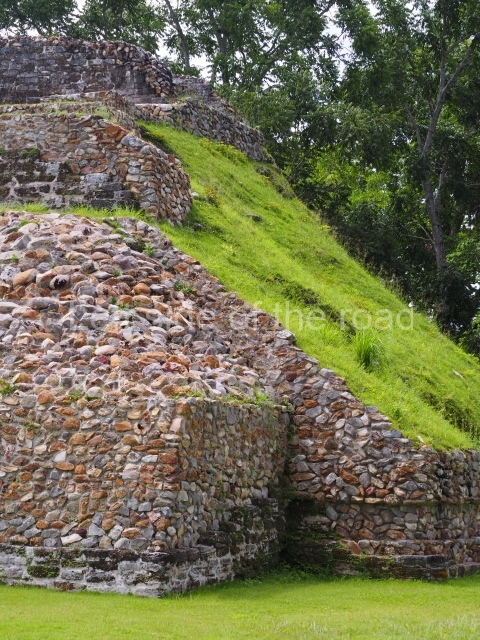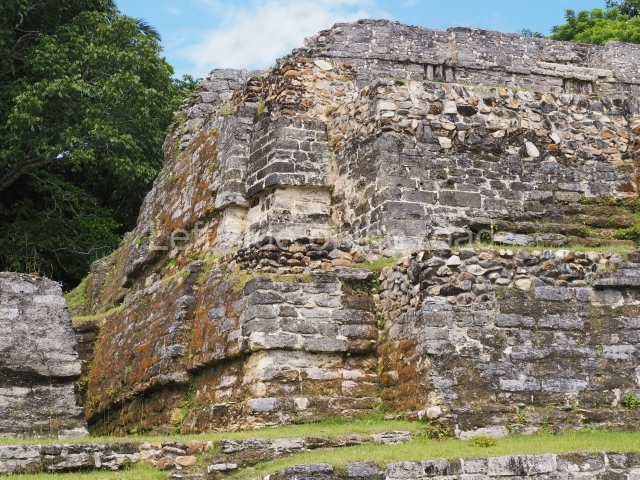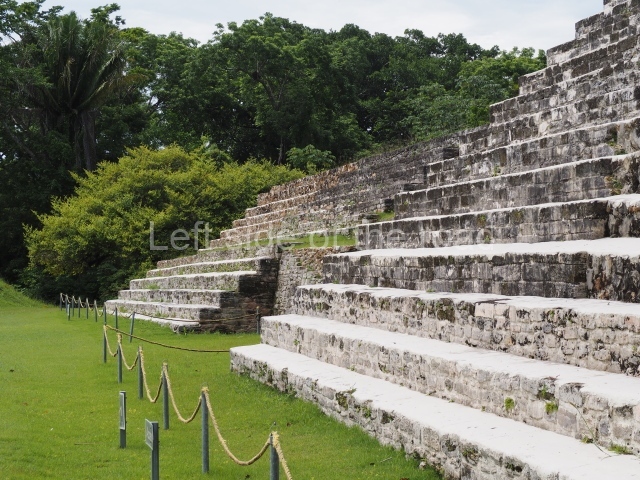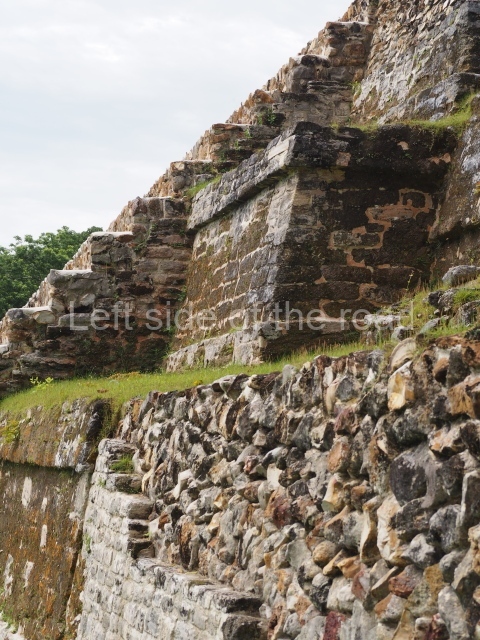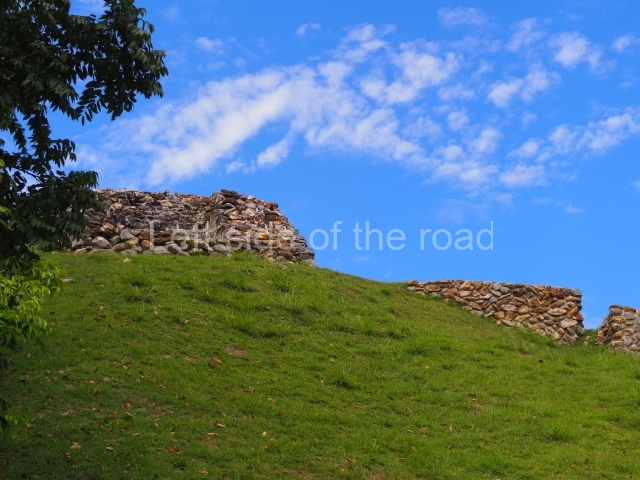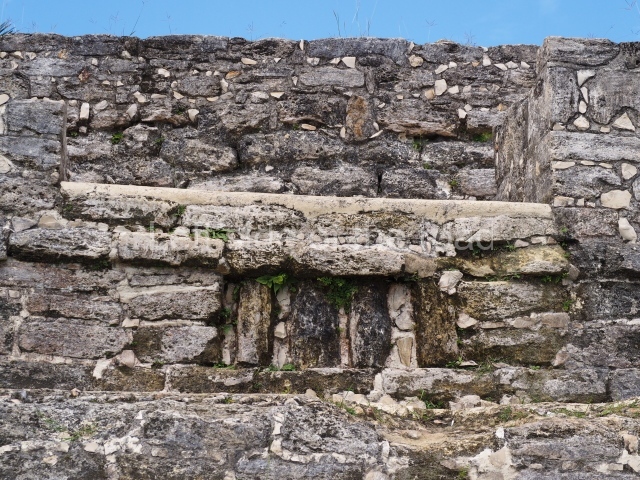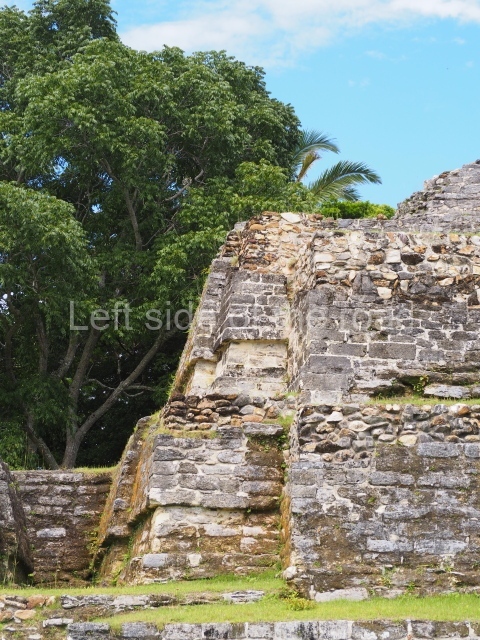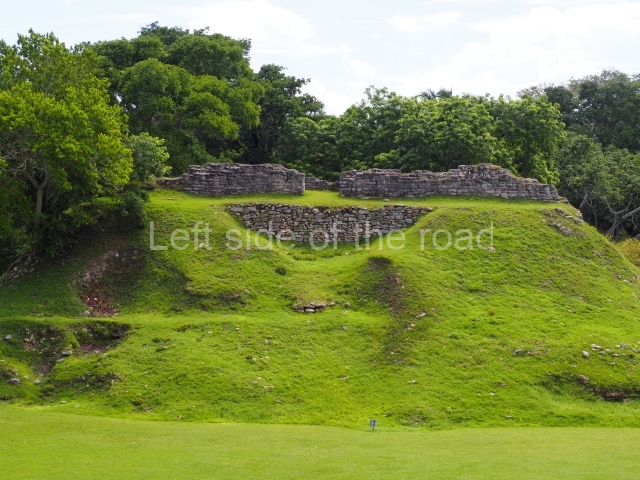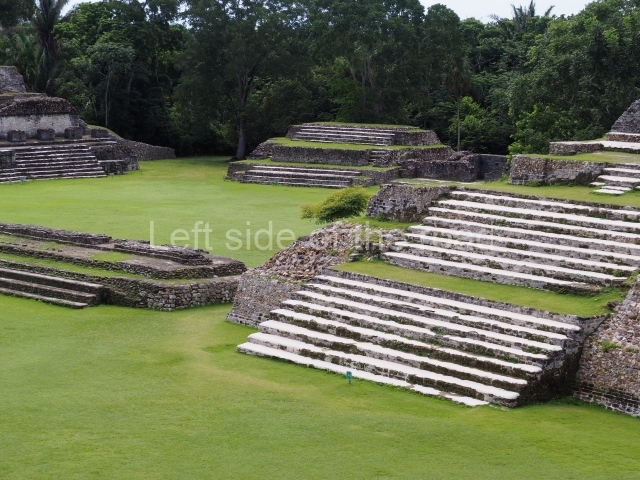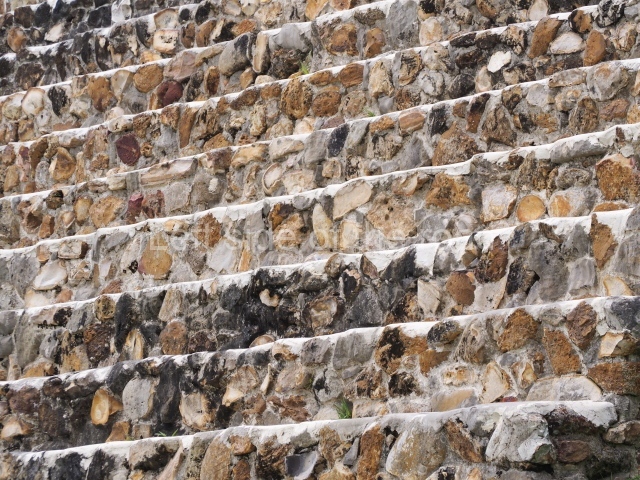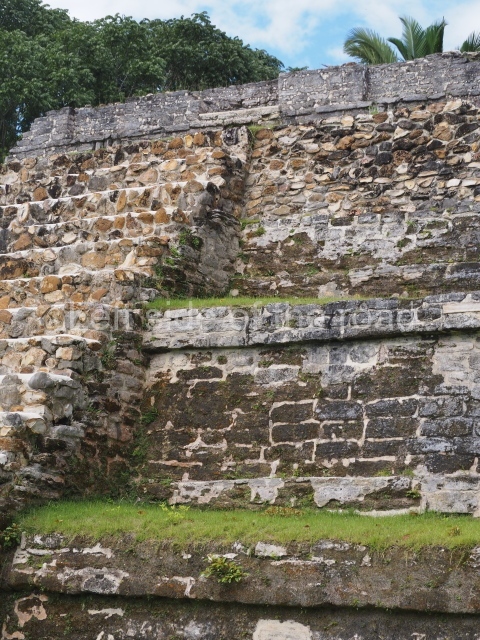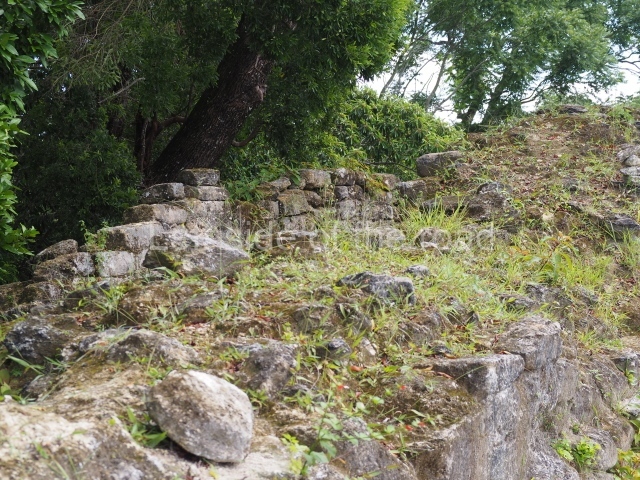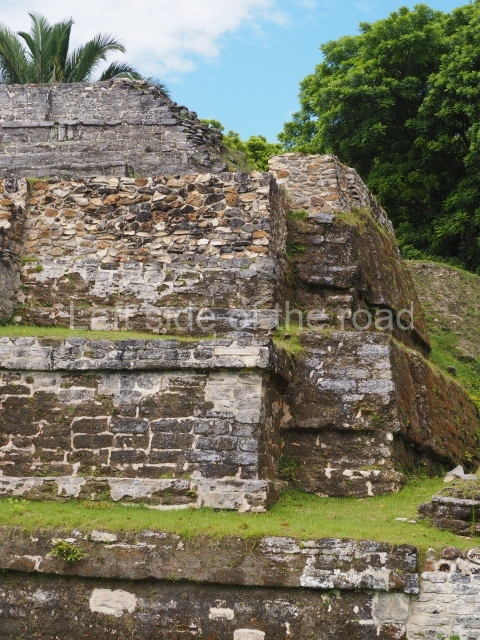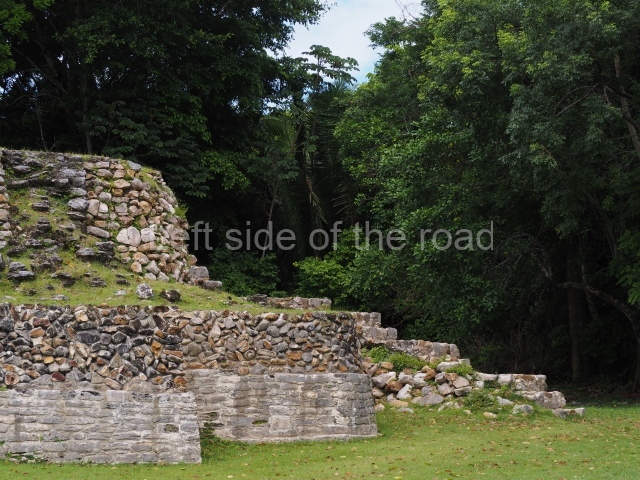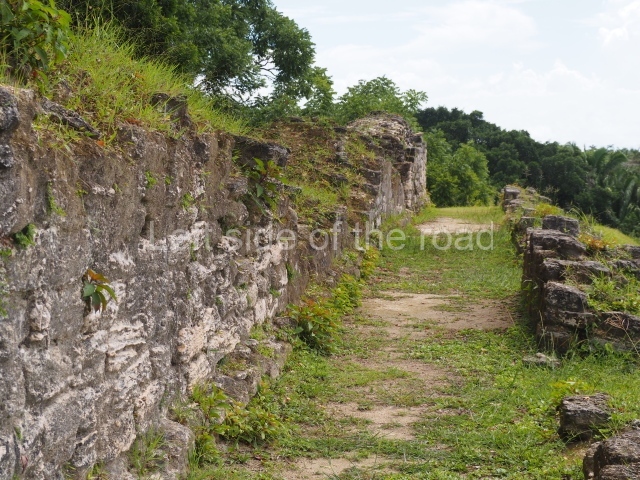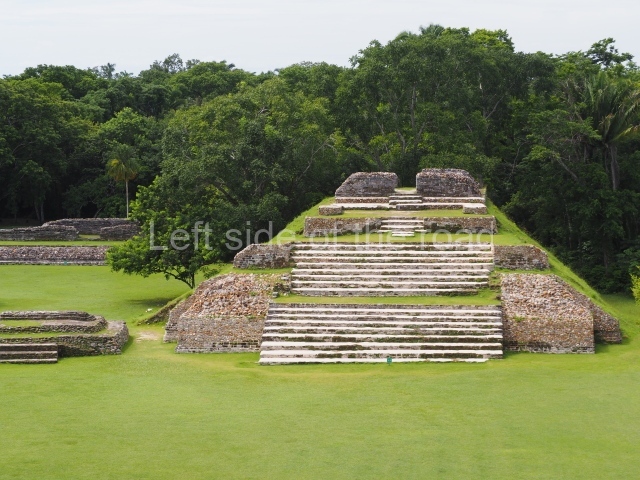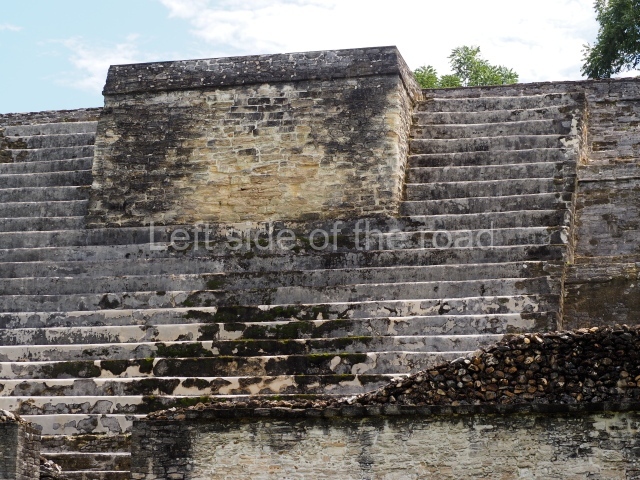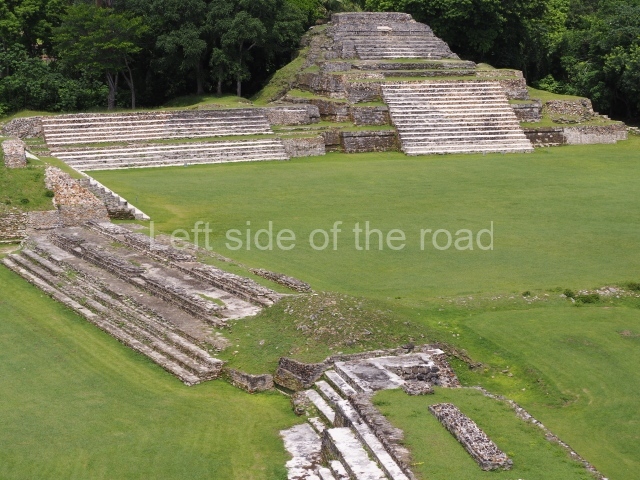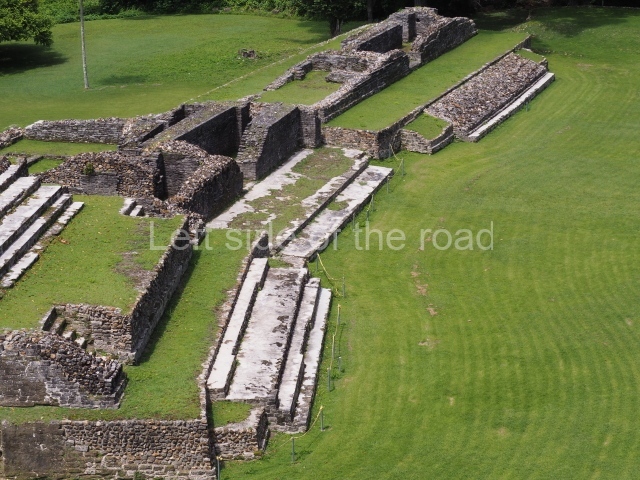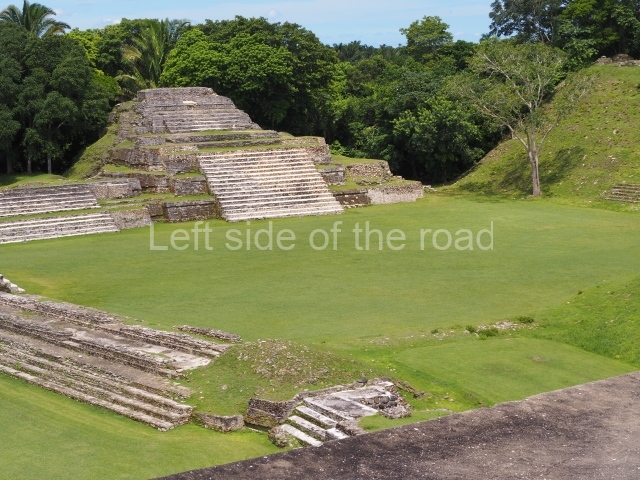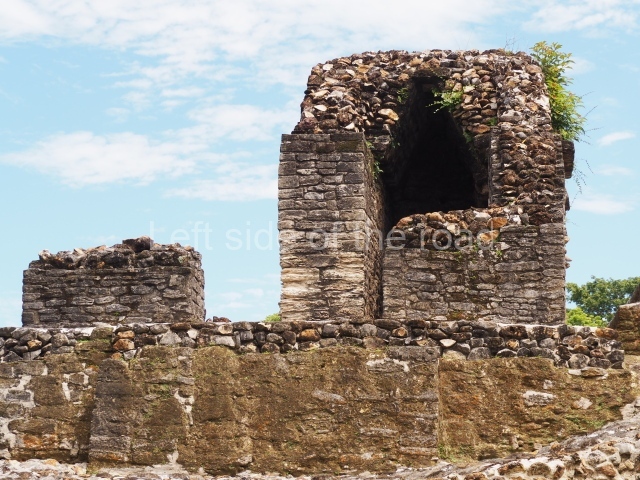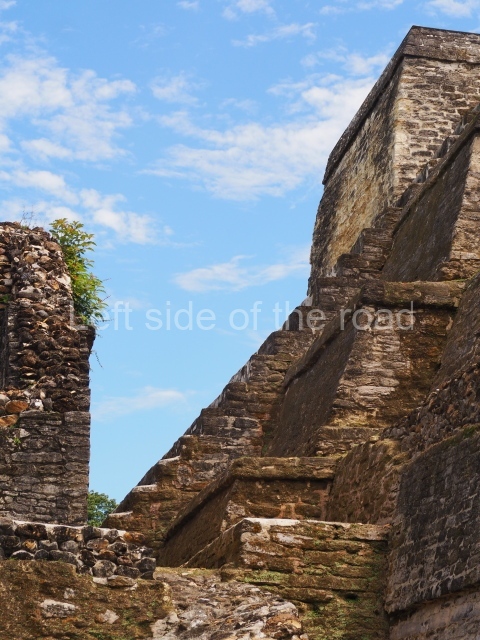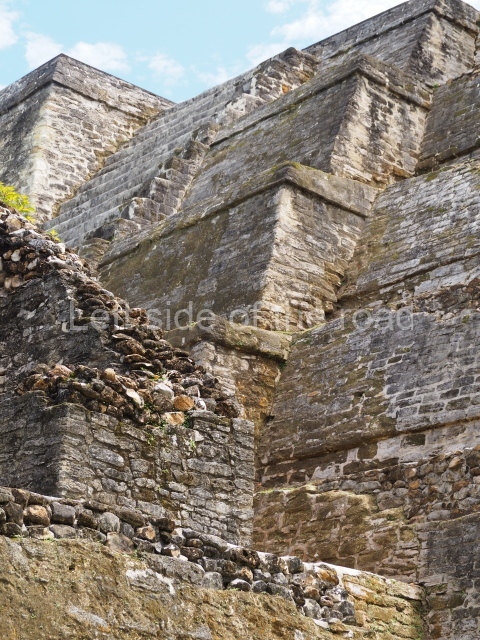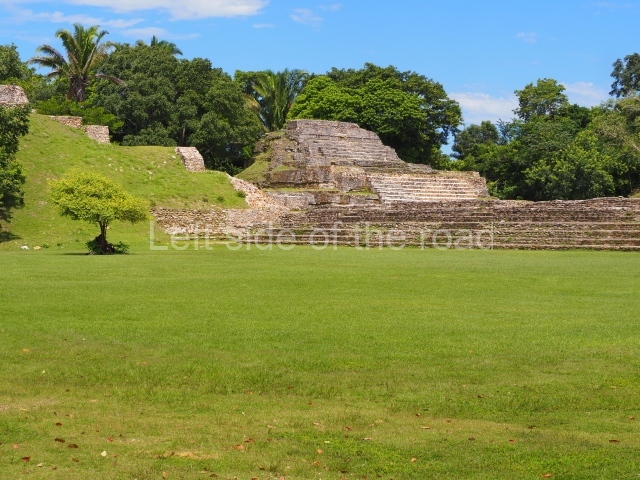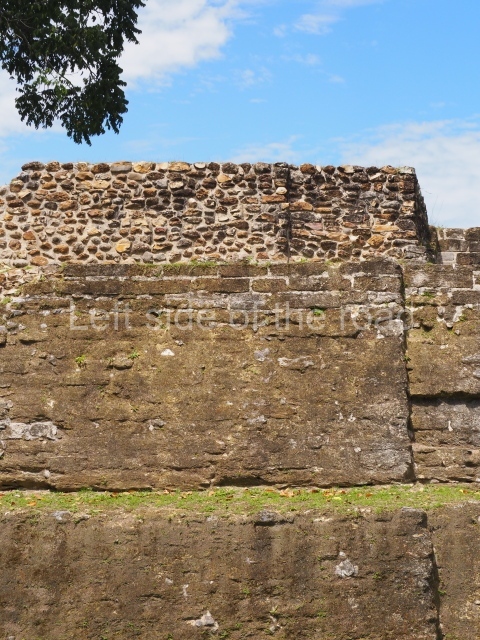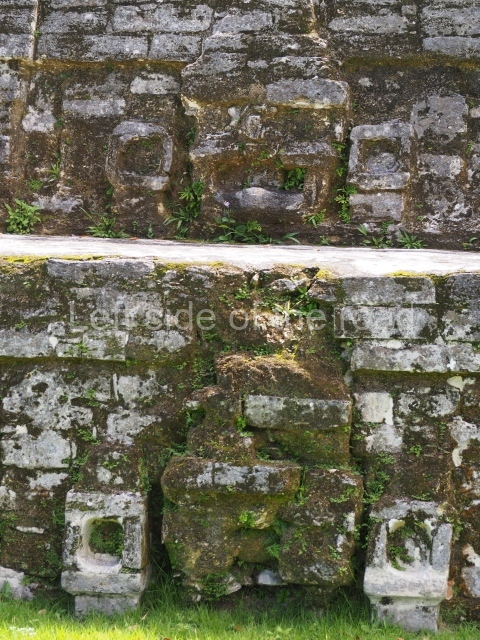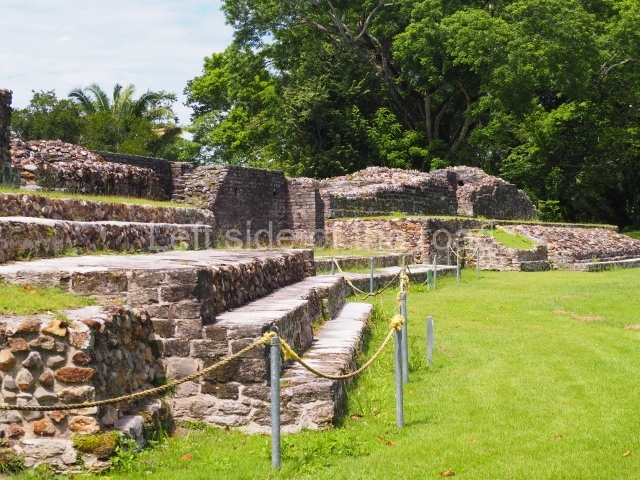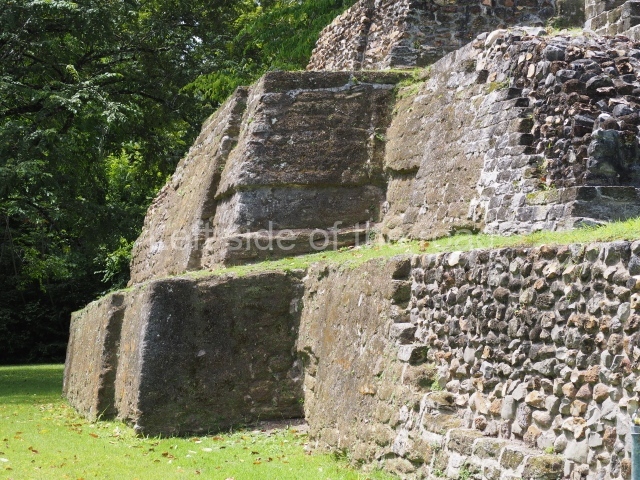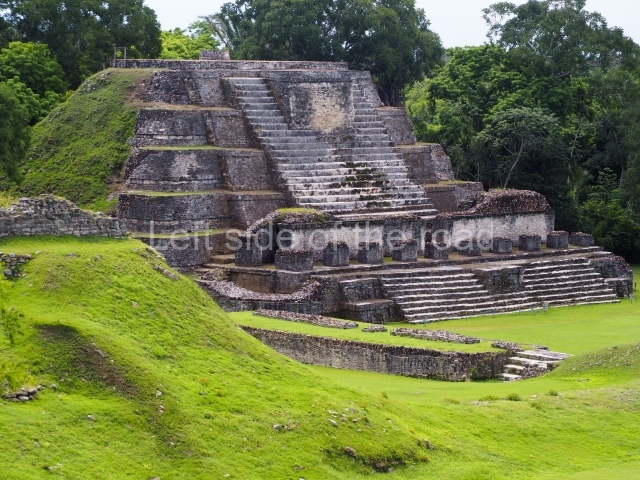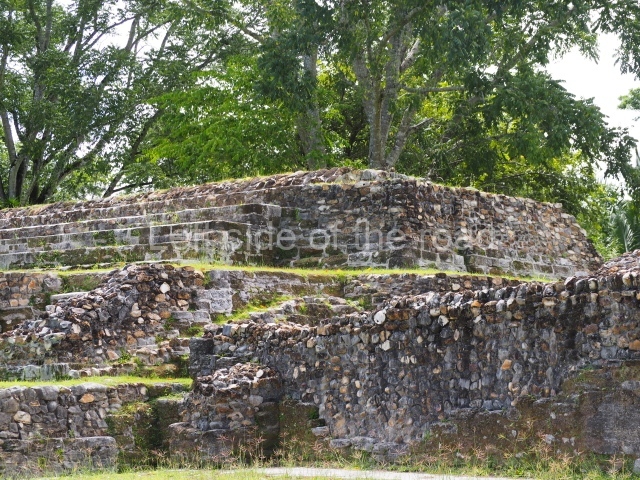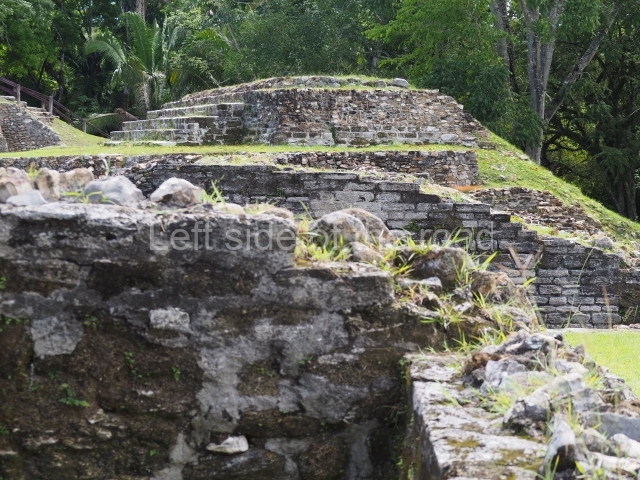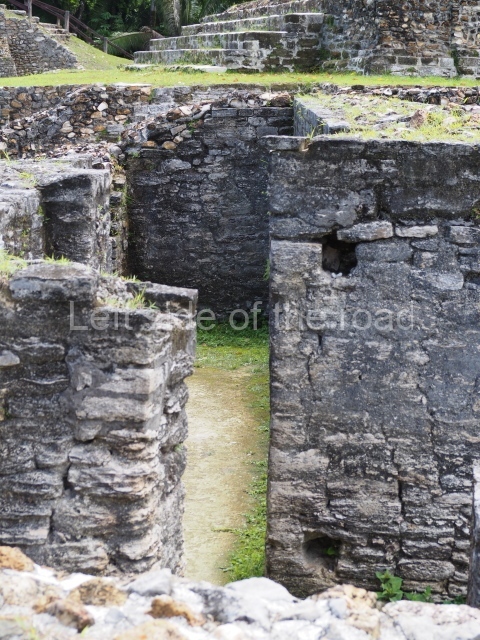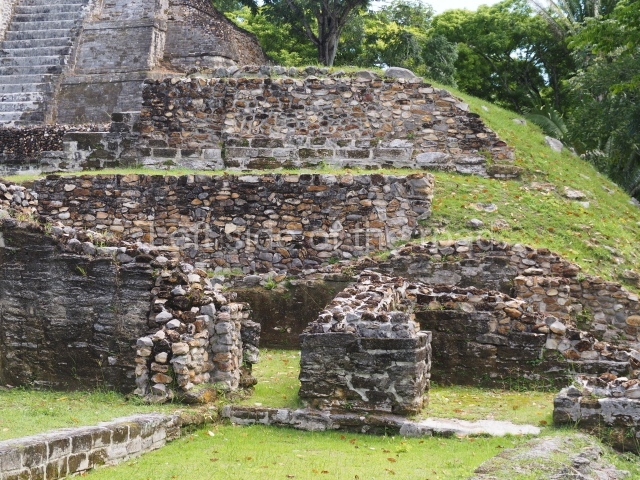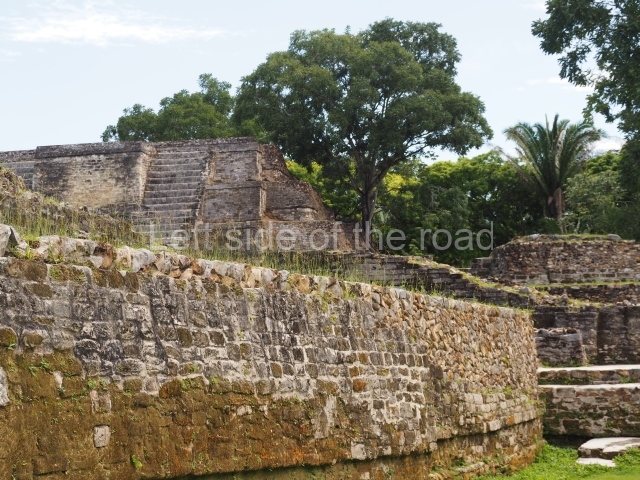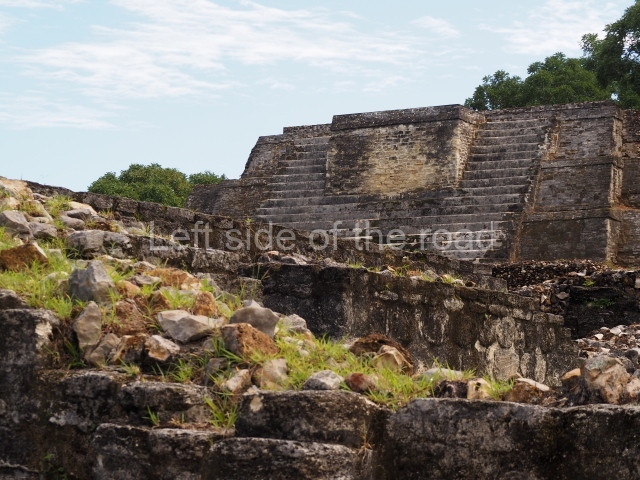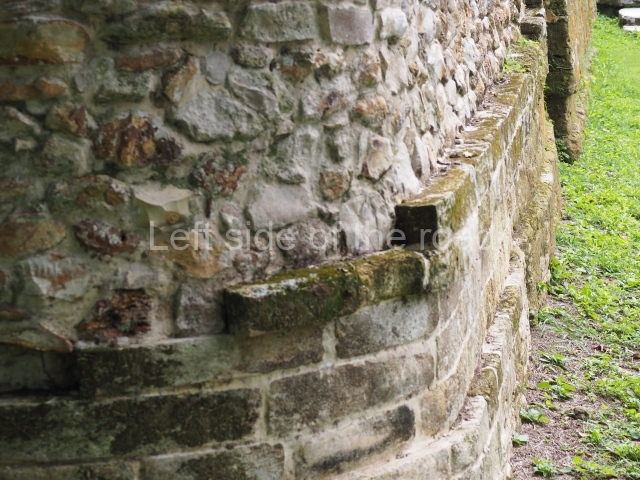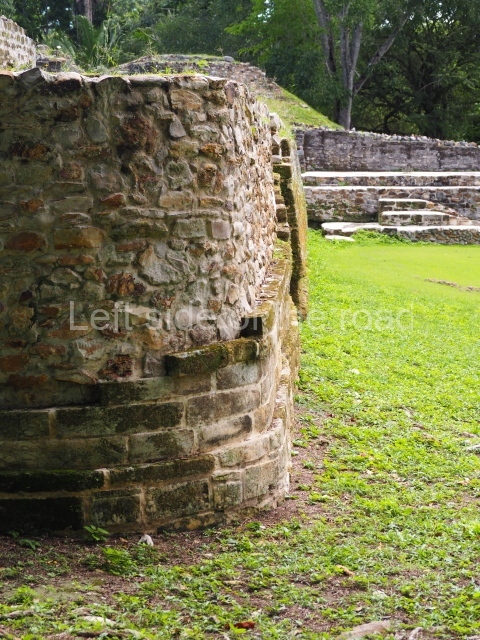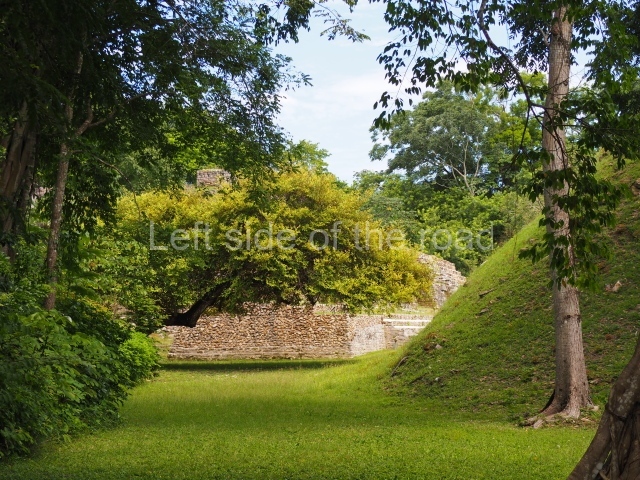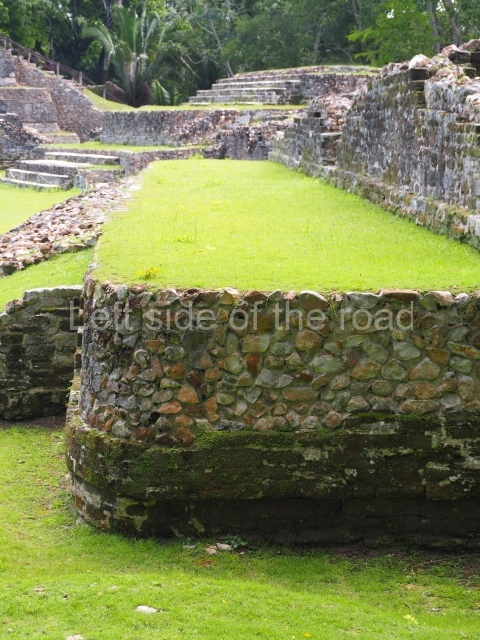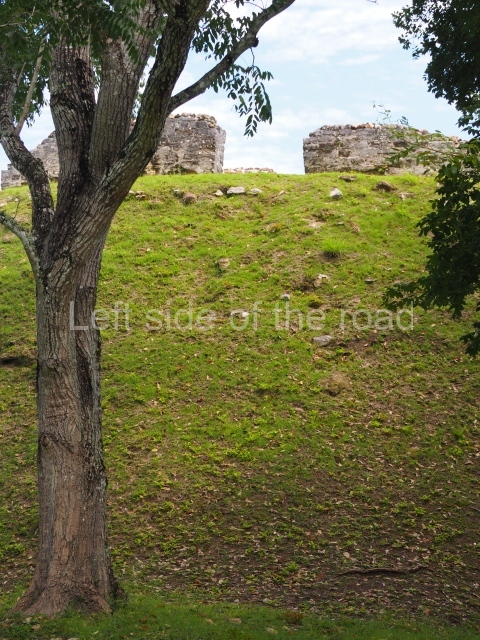
Chile’s Coup at 50 – 01
Chile’s Coup at 50: Countdown Toward a Coup
September 8, 2023, Washington D.C. – “In the Eisenhower period, we would be heroes,” Henry Kissinger told President Richard Nixon several days after the overthrow of Salvador Allende in Chile, lamenting that they would not receive credit in the press for this Cold War accomplishment. Fifty years later, as Chileans and the world commemorate the anniversary of the U.S.-backed military takeover that brought General Augusto Pinochet to power, a fierce debate over the extent of the U.S. contribution to the coup continues. On September 6, a leading Chilean television channel, Chilevision, broadcast a major documentary film titled “Operation Chile: Top Secret,” featuring dozens of U.S. declassified records obtained by the National Security Archive’s Chile Documentation Project, including recently obtained documents published in the new Chilean edition of Archive analyst Peter Kornbluh’s book, “Pinochet Desclasificado.”
On the eve of the 50th anniversary, the Archive is posting an edited section of Kornbluh’s book—The Pinochet File—on the “Countdown Toward the Coup.” The essay records U.S. government actions, internal debates and policy deliberations as conditions for the coup evolved between March and September 1973. “This is an intricate, complicated and extraordinarily revealing history,” Kornbluh said, “that holds many lessons on the secret abuses of U.S. power and the danger of dictatorship over democracy for today’s world community.”

Chile’s Coup at 50 – 02
Countdown toward a coup
On September 12, 1973, a day after the Chilean military violently took power, State Department officials met to discuss press guidelines for Henry Kissinger on “how much advance notice we had on the coup.” Assistant Secretary for Inter-American Affairs Jack Kubisch noted that one Chilean military official had told the embassy that the plotters had withheld from their U.S. supporters the exact date they would move against Allende. But Kubisch said he “doubted if Dr. Kissinger would use this information, for it would reveal our close contact with coup leaders.”
In the months leading up to the coup, the CIA and the Pentagon had extensive contacts with Chilean plotters through various assets and agents and at least three days’ advance knowledge of a concrete date for a military takeover. Their communications derived from refocused covert operations targeting the military after the March 1973 congressional elections in Chile. The dismal electoral outcome convinced many CIA officials that the political and propaganda operations had failed to achieve their goals, and that the Chilean military, as Agency documents suggested, was the final solution to the problem posed by Allende’s Popular Unity alliance.
Until the spring of 1973, the political operations and propaganda generated by El Mercurio and other CIA-funded media outlets focused on a major political opposition campaign to decisively win the March 4 congressional elections, when all Chilean representatives and half of Chilean senators were up for reelection. The CIA’s maximum goal was to gain a two-thirds majority for the opposition in order to be able to impeach Allende; its minimum goal was to prevent Popular Unity from obtaining a clear majority of the electorate. Of the 3.6 million votes cast, the opposition polled 54.7 percent; Popular Unity candidates garnered 43.4 percent, picking up two Senate seats and six seats in the Congress. “Actions undertaken by CIA in the 1973 elections have made a contribution to slowing down the Socialization of Chile,” proclaimed a “Briefing on Chile Elections” written at Langley headquarters.
The reality was quite different, as both CIA headquarters and the Santiago Station understood. In the first national test of its popularity since Allende took office, his Popular Unity government had actually increased its electoral strength—despite concerted CIA political action, a massive, covert anti-Allende propaganda campaign, and a U.S.-directed socioeconomic destabilization program. “The UP program still appeals to a sizeable portion of the Chilean electorate,” the Station lamented in one cable. The CIA now had to reassess its entire clandestine strategy in Chile. “Future options,” headquarters cabled on March 6, “now being reviewed in light of disappointing election results, which will enable Allende and UP to push their program with renewed vigor and enthusiasm.”
The Station, now under the direction of a new Chief of Station, Ray Warren, took a forceful position on what “future options” would be necessary. In a pivotal March 14 postmortem on the congressional elections, the CIA Station articulated plans to reinforce its focus on the military program. “We feel that during foreseeable future, Station should give emphasis to [covert] activity, to widen our contacts, knowledge, and capability in order to bring about one of following situations:”
- Consensus by leaders of armed forces (whether they remain in govt or not) of need to move against the regime. Station believes we should attempt induce as much of the military as possible, if not all, to take over and displace the Allende govt ….
- Secure and meaningful Station relationship with a serious military planning group. Should our re-study of the armed forces groups indicate that would-be plotters are in fact serious about their intentions and that they have the necessary capabilities, Station would wish to establish a single, secure channel with such elements for purposes of dialoguing and, once basic data on their collective capabilities is obtained, to seek HQS authorization to enter into an expanded … role.
At the same time, the Station also reaffirmed the need to refocus attention on creating a coup climate—the long-standing goal of U.S. policy. “While the Station anticipates giving additional impetus to our [military] program”
Other political power centers (political parties, business community, media) will play an essential support role in creating the political atmosphere which would allow us to accomplish objectives (A) or (B) above. Given the outcome of the election results, Station feels that creation of a renewed atmosphere of political unrest and controlled crisis must be achieved in order to stimulate serious consideration for intervention on part of the military.
The Station’s gung-ho position, which clearly influenced its attitude and actions on the ground in Chile, was supported by a number of hardliners within the Western Hemisphere directorate who pushed for a far more aggressive, violent approach—an approach that clearly did not count “saving democracy” in Chile as an objective. In a bald and blunt internal challenge to the strategy of pursuing political operations, on April 17 a group of CIA officers sent a memorandum to WH/C Shackley on “Policy objectives for Chile” calling for cutting covert support for the mainstream opposition parties. Such support “lulled” those parties into believing they could survive until the 1976 election. Moreover, if the CIA helped the opposition Christian Democrats win in 1976, the authors argued, it would be a “pyrhic victory” [sic] because the PDC would pursue leftist “communitarian policies.”

Chile’s Coup at 50 – 03
Instead, the CIA should directly seek “to develop the conditions which would be conducive to military actions.” This involved “large-scale support” to the terrorist elements in Chile, among them Patria y Libertad and the “militant elements of the National Party” over a fixed time frame—six to nine months—“during which time every effort would be made to promote economic chaos, escalate political tensions and induce a climate of desperation in which the PDC and the people generally come to desire military intervention. Ideally, it would succeed in inducing the military to take over the government completely.” [42]
But the position of the Station and the hardliners at Langley was not shared by the State Department, nor by key senior CIA officials who feared the consequences of precipitous military action and believed in the prudence of caution given the ongoing congressional committee investigation into ITT (International Telephone & Telegraph) and covert operations in Chile. There was disagreement on a number of fundamental and strategic questions:
- Could the Chilean military be counted on to act against Allende?
- Should the CIA be encouraging violent demonstrations through covert funding of militant groups before knowing for sure that the military would not move to put down the demonstrators?
- Given the current congressional inquiry on the CIA in Chile, did the risks of exposure outweigh potential gains of working directly with the militant private sector and the Chilean military to sponsor a coup?
These questions were discussed repeatedly as the process of formulating the Agency’s Fiscal Year 1974 proposals and budget for covert action became grounds for a significant internal debate—kept secret for 27 years—over the strategic nuances of U.S. intervention in Chile.
The State Department, led by a new Assistant Secretary for InterAmerican Affairs, Jack Kubisch, opposed the Station’s desire to foment a coup through direct support for the Chilean military or collaboration with extremist private-sector groups. Along with Ambassador Nathaniel Davis, who replaced Edward Korry in mid-1971, Kubisch preferred to concentrate covert action on an opposition victory in the 1976 elections. In addition, CIA officers at headquarters, such as former Chile Task Force director David Atlee Phillips—who would return to Chile operations as the new chief of the Western Hemisphere Division in June—well remembered the Schneider fiasco and remained skeptical of the Chilean military’s commitment to a coup. Cables from headquarters to Santiago reflected their uncertainty over whether the Chilean military would be more likely to move against the government than to move against street demonstrators and strikers that the Station wanted to support. Promoting “large-scale protests such as a strike,” cautioned a March 6 cable from Langley, “should be avoided, as should any action which might provoke military reaction against the opposition.” In a March 31, 1973, budget proposal, ‘‘Covert Action Options for Chile-FY 1974,“ headquarters argued that,
Although we should keep all options open, including a possible future coup, we should recognize that the ingredients for a successful coup are unlikely to materialize regardless of the amount of money expended, and thus we should avoid encouraging the private sector to initiate action likely to produce either an abortive coup or a bloody civil war. We should make it clear that we will not support a coup attempt unless it becomes clear that such a coup would have the support of most of the Armed Forces as well as the CODE [Chilean opposition democratic] parties, including the PDC.

Chile’s Coup at 50 – 04
On May 1, Langley sent a cable to Chief of Station Warren stating “we wish to defer any consideration of action program designed to stimulate military intervention until we have more definite evidence that military is prepared to move and that opposition, including PDC, would support a coup attempt.” The Chief of Station responded with a request that headquarters postpone its request for FY 1974 funding until the proposal could be redrafted to reflect current Chilean realities. “The most militant parts of the opposition,” including CIA-supported organizations such as El Mercurio and the National Party, the Station reported, were mobilizing to foment a coup:
The planning focus and action of all the opposition forces is on the period immediately ahead rather than on 1976. If we are to maximize our influence and help the opposition in the way it needs help, we should work within this trend rather than try to oppose and counter it by trying to get the opposition as a whole to focus on the distant and tenuous goal of 1976. In sum, we believe the orientation and focus of our operational effort should be on military intervention.
On April 10, the Western Hemisphere division did secure the approval from CIA director James Schlesinger for “accelerated efforts against the military target.” These covert actions, according to a May 7 memorandum to Schlesinger from WH division chief Theodore Shackley, were “designed to better monitor any coup plotting and to bring our influence to bear on key military commanders so that they might play a decisive role on the side of the coup forces when and if the Chilean military decides on its own to act against Allende.” Headquarters authorized the Santiago Station “to move ahead against military target in terms of developing additional sources” and promised to seek appropriations for an expanded military program when “we have much more solid evidence that military is prepared to act and has reasonable chance of succeeding.”
The Chilean high command provided evidence that the military was not yet ready to act on June 29, when several rogue units of the Chilean armed forces deployed to take over the presidential palace known as La Moneda. In his secret “Sit Rep # 1” for President Nixon, Kissinger reported that Chilean army units had “launched an attempted coup against the government of Salvadore Allende.” Later that day, Kissinger sent Nixon another memo, “Attempted Chilean Rebellion Ends,” noting that “the coup attempt was an isolated and poorly coordinated effort,” and that the leaders of all three branches of the military “remained loyal to the government.” The failed coup attempt reinforced the hand of cautious U.S. policy makers who opposed a more activist CIA role to directly support the Chilean military.
This ongoing internal debate led to a delay in approval for the CIA’s FY 1974 covert action budget as the CIA and the State Department worked out compromises on how funding authorizations would be used in Chile. Finally, on August 20, the 40 Committee—an interagency group charged with overseeing covert operations—authorized, via telephone, $1 million for clandestine funding to opposition political parties and private-sector organizations—but designated a “contingency fund” for the private-sector operations that could only be spent with approval from Ambassador Davis. Within three days, the Station was pressing for approval to use the money to sustain strikes and street demonstrations as well as to orchestrate a takeover from within—pushing the military to take key positions in Allende’s cabinet where they could wield the power of state and reduce him to a “figurehead” president. “Events are moving very fast and military attitudes are likely to be decisive at this moment,” the Station cabled on August 24. “It is a time when significant events or pressures could affect [Allende’s] future.”
In Washington the next day, CIA director William Colby sent a memo to Kissinger, submitting the Station’s arguments—word-for-word—and requesting authorization to move forward with the funds. The memo, “Proposed Covert Financial Support of Chilean Private Sector,” used language designed to assuage State Department sensitivities. “The Santiago Station would not be working directly with the armed forces in an attempt to bring about a coup nor would its support to the overall opposition forces have this as its result,” Colby submitted. But he added this caveat: “Realistically, of course, a coup could result from increased opposition pressure on the Allende government.”
By then, the CIA had multiple, and promising, reports of coup plotting. In mid-August, C/WHD Phillips had dispatched a veteran agent to Santiago to assess the situation. He cabled back that “in the past several weeks we have again received increased reporting of plotting and have seen a variety of dates listed for possible coup attempt.” One report noted that military plotters had chosen July 7 as the “target date” for another coup attempt, but the date was now being postponed because of the opposition of Commander in Chief Carlos Prats, as well as the difficulty in lining up “the key Army regiments in the Santiago area.” According to the CIA source:
Key problem for the military plotters is now how to overcome this vertical command impediment. One way would be for the plotting Army generals to meet with General Prats, advise him he no longer enjoyed the confidence of the Army high command, and thus remove him. The plotters’ choice to replace Prats, at the time of the coup d’état is to be attempted, is General Manuel Torres, commander of the fifth army division and the third ranking Army general. The plotters do not regard General Augusto Pinochet, who is the second most senior officer in the army, as a suitable replacement for Prats under such conditions.
In late July, the CIA reported that a coordinated coup plan was “near completion.” The plotters were still dealing with the Prats problem. “The only way to remove Prats,” the Station noted, “would appear to be by abduction or assassination. With the memory of the affair of the former Army Commander, Rene Schneider, ever present in their minds, it will be difficult for the plotters to bring themselves to carry out such an act.”
The CIA also reported that the military was attempting to coordinate its takeover with the Truck Owners Federation, which was about to initiate a massive truckers strike. The violent strike, which paralyzed the country throughout the month of August, became a key factor in creating the coup climate the CIA had long sought in Chile. Other factors included the decision by the leadership of the Christian Democrats to abandon negotiations with the Popular Unity government and to work, instead, toward a military coup. In a CIA “progress report” dated in early July, the Station noted “there has been increasing acceptance of the part of PDC leaders that a military coup of intervention is probably essential to prevent a complete Marxist takeover in Chile. While PDC leaders do not openly concede that their political decisions and tactics are intended to create the circumstances to provoke military intervention, Station [covert] assets report that privately this is generally accepted political fact.” The Christian Democrat position, in turn, prompted the traditionally moderate Chilean Communist Party to conclude that political accommodation with the mainstream opposition was no longer feasible and to adopt a more militant position, creating deep divisions with Allende’s own coalition. The military’s hardline refusal to accept Allende’s offer of certain cabinet posts also accelerated political tensions. “The feeling that something must be done seems to be spreading,” CIA headquarters observed in an analytical report on “Consequences of a Military Coup in Chile.”

Chile’s Coup at 50 – 05
The resignation of Commander-in-Chief Carlos Prats in late August after an intense public smear campaign led by El Mercurio and the Chilean right wing eliminated the final obstacle for a successful coup. Like his predecessor, General Schneider, Prats had upheld the constitutional role of the Chilean military, blocking younger officers who wanted to intervene in Chile’s political process. In an August 25 intelligence report stamped “TOP SECRET UMBRA,” the Defense Intelligence Agency (DIA) noted that the departure of Prats “has removed the main factor mitigating against a coup.” On August 31, U.S. military sources within the Chilean army were reporting that “the army is united behind a coup, and key Santiago regimental commanders have pledged their support. Efforts are said to be underway to complete coordination among the three services, but no date has been set for a coup attempt.”
By then, the Chilean military had established a “special coordination team” made up of three representatives of each of the services and carefully selected right-wing civilians. In a series of secret meetings on September 1 and 2, this team presented a completed plan for overthrowing the Allende government to heads of the Chilean army, air force, and navy. The incipient Junta approved the plan and set September 10 as the target date for the coup. According to a review of coup plotting obtained by the CIA, the general who replaced Carlos Prats as commander-in-chief, General Augusto Pinochet, was “chosen to be head of the group” and would determine the hour for the coup to begin.
On September 8, both the CIA and the DIA alerted Washington that a coup was imminent and confirmed the date of September 10. A DIA intelligence summary stamped TOP SECRET UMBRA reported that “the three services have reportedly agreed to move against the government on 10 September, and civilian terrorist and right-wing groups will allegedly support the effort.” The CIA reported that the Chilean navy would “initiate a move to overthrow the government” at 8:30 A.M. on September 10th and that Pinochet “has said that the army will not oppose the navy’s action.”
On September 9, the Station updated its coup countdown. A member of the CIA’s covert agent team in Santiago, Jack Devine, received a call from an asset who was fleeing the country. “It is going to happen on the eleventh,” as Devine recalled the conversation. His report, distributed to Langley headquarters on September 10, stated:
A coup attempt will be initiated on 11 September. All three branches of the Armed Forces and the Carabineros are involved in this action. A declaration will be read on Radio Agricultura at 7 A.M. on 11 September. The Carabineros have the responsibility of seizing President Salvador Allende.
According to Donald Winters, a CIA high-ranking agent in Chile at the time of the coup, “the understanding was they [the Chilean military] would do it when they were ready and at the final moment tell us it was going to happen.” On the eve of the putsch, however, at least one sector of the coup plotters became nervous about what would happen if fighting became protracted and the takeover did not go as planned. On the night of September 10, as the military quietly assumed positions to violently take power the next day, a “key officer of [the] Chilean military group planning to overthrow President Allende,” as CIA headquarters described him, contacted a U.S. official—it remains unclear whether it was a CIA, defense or embassy officer—and “asked if the U.S. government would come to the aid of the Chilean military if the situation became difficult.” The officer was assured that his question “would promptly be made known to Washington,” according to a highly classified memo sent by David Atlee Phillips to Henry Kissinger on September 11, as the coup was in progress.
At the time of the coup, both the State Department and the CIA were making contingency plans for U.S. assistance if the military move appeared to be failing. On September 7, Assistant Secretary Kubisch reported to State and CIA officers that high-level department officials had discussed Chile and determined the following: “If there should be a coup attempt, which appears likely to be successful and satisfactory from our standpoint, we will stand off;” but “if there should be a coup, which might be viewed as favorable but which appears in danger of failure we may want a capability for influencing the situation.” Kubisch tasked the CIA to “give this problem attention.”
That issue proved to be irrelevant. “Chile’s coup d’etat was close to perfect,” Lt. Col. Patrick Ryan, head of the U.S. military group in Valparaiso, reported in a “Sitrep” to Washington. By 8:00 A.M. on September 11, the Chilean navy had secured the port town of Valparaiso and announced that the Popular Unity government was being overthrown. In Santiago, Carabinero forces were supposed to detain President Allende at his residence, but he managed to make his way to La Moneda, Chile’s White House, and began broadcasting radio messages for “workers and students” to come “and defend your government against the armed forces.” As army tanks surrounded La Moneda firing on its walls, Hunter Hawker jets launched a pinpoint rocket attack on Allende’s offices at around noon, killing many of his guards. Another aerial strafing attack accompanied the military’s ground effort to take the inner courtyard of the Moneda at 1:30 P.M.
During the fighting, the military repeatedly demanded that President Allende surrender and made a perfunctory offer to fly him and his family out of the country. In a now famous audiotape of General Pinochet issuing instructions to his troops via radio communications on September 11, he is heard to laugh and swear “that plane will never land.” Forecasting the savagery of his regime, Pinochet added: “Kill the bitch and you eliminate the litter.” Salvador Allende was found dead from a self-inflicted gunshot wound in his inner office around 2:00 P.M. At 2:30 P.M., the armed forces radio network broadcast an announcement that La Moneda had “surrendered” and that the entire country was under military control.
International reaction to the coup was immediate, widespread, and overwhelmingly condemnatory. Numerous governments denounced the military takeover; massive protests were held throughout Latin America. Inevitably, finger-pointing was directed at the U.S. government. In his confirmation hearings as secretary of state—only one day after the coup—Kissinger was peppered with questions about CIA involvement. The Agency “was in a very minor way involved in 1970 and since then we have absolutely stayed away from any coups,” Kissinger responded. “Our efforts in Chile were to strengthen the democratic political parties and give them a basis for winning the election in 1976.”
“Preservation of Chilean democracy” summed up the official line, spun after the fact, to obfuscate U.S. intervention against the Allende government. On September 13, CIA Director Colby sent Kissinger a secret two-page overview of “CIA Covert Action Program in Chile since 1970,” meant to provide guidance on the questions concerning the Agency’s role. “U.S. policy has been to maintain maximum covert pressure to prevent the Allende regime’s consolidation,” the memo stated candidly. After a selective review of the political, media and private-sector covert operations, Colby concluded: “while the agency was instrumental in enabling opposition political parties and media to survive and to maintain their dynamic resistance to the Allende regime, the CIA played no direct role in the events which led to the establishment of a new military government.”
By the most narrow definition of “direct role”—providing planning, equipment, strategic support, and guarantees—the CIA does not appear to have been involved in the violent actions of the Chilean military on September 11, 1973. The Nixon White House sought, supported, and embraced the coup, but the political risks of direct engagement simply outweighed any actual necessity for its success. The Chilean military, however, had no doubts about the U.S. position. “We were not in on planning,” recalled CIA operative Donald Winters. “But our contacts with the military let them know where we stood—that was we were not terribly happy with [the Allende] government.” The CIA and other sectors of the U.S. government, moreover, were directly involved in operations designed to create a “coup climate” in which the overthrow of Chilean democracy could and would take place. Colby’s memo appeared to omit the CIA’s military deception project, the covert black propaganda efforts to sow dissent within the Popular Unity coalition, the support to extremist elements such as Patria y Libertad, and the inflammatory achievements of the El Mercurio project, which agency records credited with playing “a significant role in setting the stage” for the coup—let alone the destabilizing impact of the invisible economic blockade. The argument that these operations were intended to preserve Chile’s democratic institutions was a public relations ploy contradicted by the weight of the historical record. Indeed, the massive support that the CIA provided to the ostensible leading representatives of Chilean democracy—the Christian Democrats, the National Party, and El Mercurio—facilitated their transformation into leading actors in, and key supporters of, the Chilean military’s violent termination of Chile’s democratic processes.
“You may also recall discussion of a Track Two in late 1970—which has not been included in this summary,” Colby wrote to Kissinger on the routing slip of his September 13 memorandum. Fundamental to the Chilean generals’ understanding of Washington’s support was the knowledge that the CIA had sought to directly instigate a coup three years earlier. “Track II never really ended,” as Thomas Karamessines, the top CIA official in charge of covert operations against Allende, testified in 1975. “What we were told to do was to continue our efforts. Stay alert, and to do what we could to contribute to the eventual achievements and of the objectives and purposes of Track II. I am sure that the seeds that were laid in that effort in 1970 had their impact in 1973. I do not have any question about that in my mind.”

Chile’s Coup at 50 – 06
** ** ** **
“Our policy on Allende worked very well,” Assistant Secretary Kubisch commented to Kissinger on the day after the coup. Indeed, in September of 1973, the Nixon administration had achieved Kissinger’s goal, enunciated in the fall of 1970, to create conditions which would lead to Allende’s collapse or overthrow. At the first meeting of the Washington Special Actions Group, held on the morning of September 12 to discuss how to assist the new military regime in Chile, Kissinger joked that “the President is worried that we might want to send someone to Allende’s funeral. I said I did not believe we were considering that.” “No,” an aide responded, “not unless you want to go.”
On September 16, President Nixon called Kissinger for an update; their conversation was recorded by Kissinger’s secret taping system. The two candidly discussed the U.S. role. Nixon seemed concerned that the U.S. intervention in Chile might be exposed. “Well we didn’t—as you know—our hand doesn’t show on this one though,” the president noted. “We didn’t do it,” Kissinger responded, referring to the issue of a direct involvement in the September 11 coup. “I mean we helped them. [Omitted word] created the conditions as great as possible.” “That is right,” Nixon agreed.
Nixon and Kissinger commiserated over the fact that they wouldn’t receive laudatory credit in the media for Allende’s demise. “The Chile thing is getting consolidated,” Kissinger reported, “and of course the newspapers are bleating because a pro-Communist government has been overthrown.” “Isn’t that something,” Nixon said, excoriating the “liberal crap” in the media. Kissinger suggested that the press should be “celebrating” the military coup. “In the Eisenhower period,” Kissinger told Nixon, “we would be heroes.”
See also:
Kissinger’s bloody paper trail in Chile.
Britain secretly helped Chile’s military intelligence after Pinochet coup.
Sources
Chile’s Coup at 50: Countdown Toward a Coup
Portside Date: September 8, 2023
Author: Peter Kornbluh
Date of source: September 8, 2023
National Security Archive
Peter Kornbluh is the author of Pinochet desclasificado: Los archivos secretos de Estados Unidos sobre Chile (Spanish Edition) and The Pinochet File: A Declassified Dossier on Atrocity and Accountability.
Founded in 1985 by journalists and scholars to check rising government secrecy, the National Security Archive combines a unique range of functions: investigative journalism center, research institute on international affairs, library and archive of declassified U.S. documents (“the world’s largest nongovernmental collection” according to the Los Angeles Times), leading non-profit user of the U.S. Freedom of Information Act, public interest law firm defending and expanding public access to government information, global advocate of open government, and indexer and publisher of former secrets.
